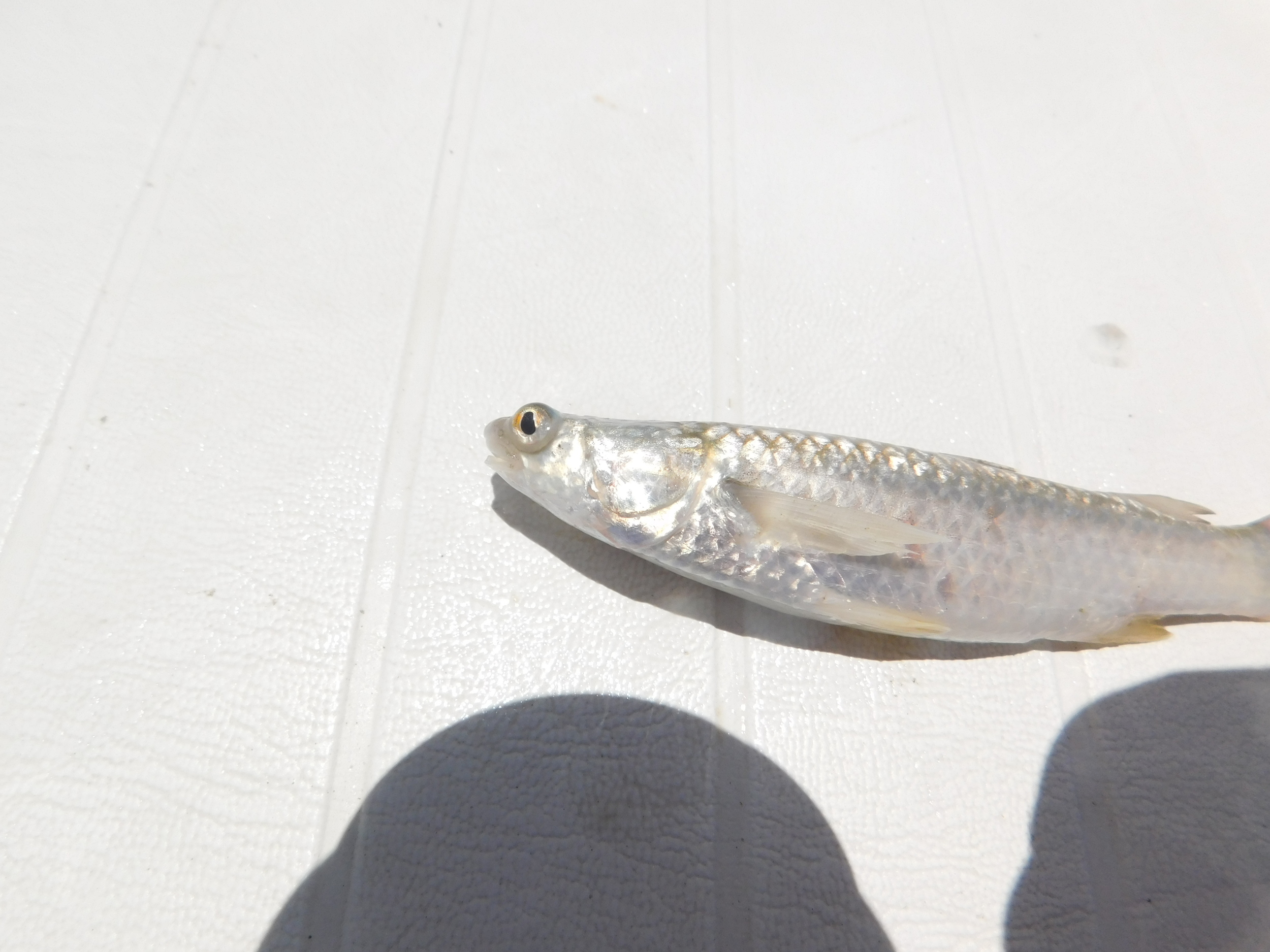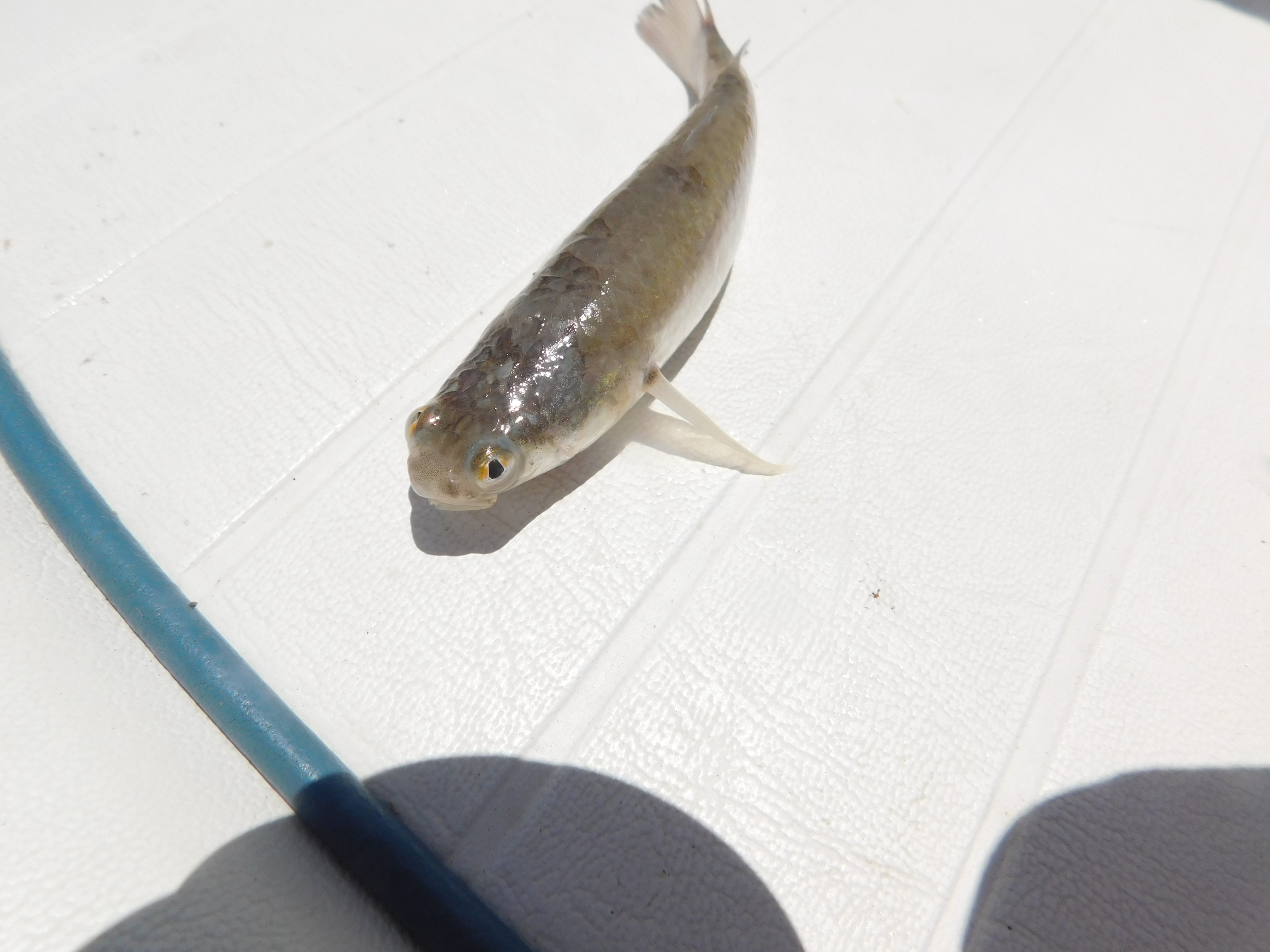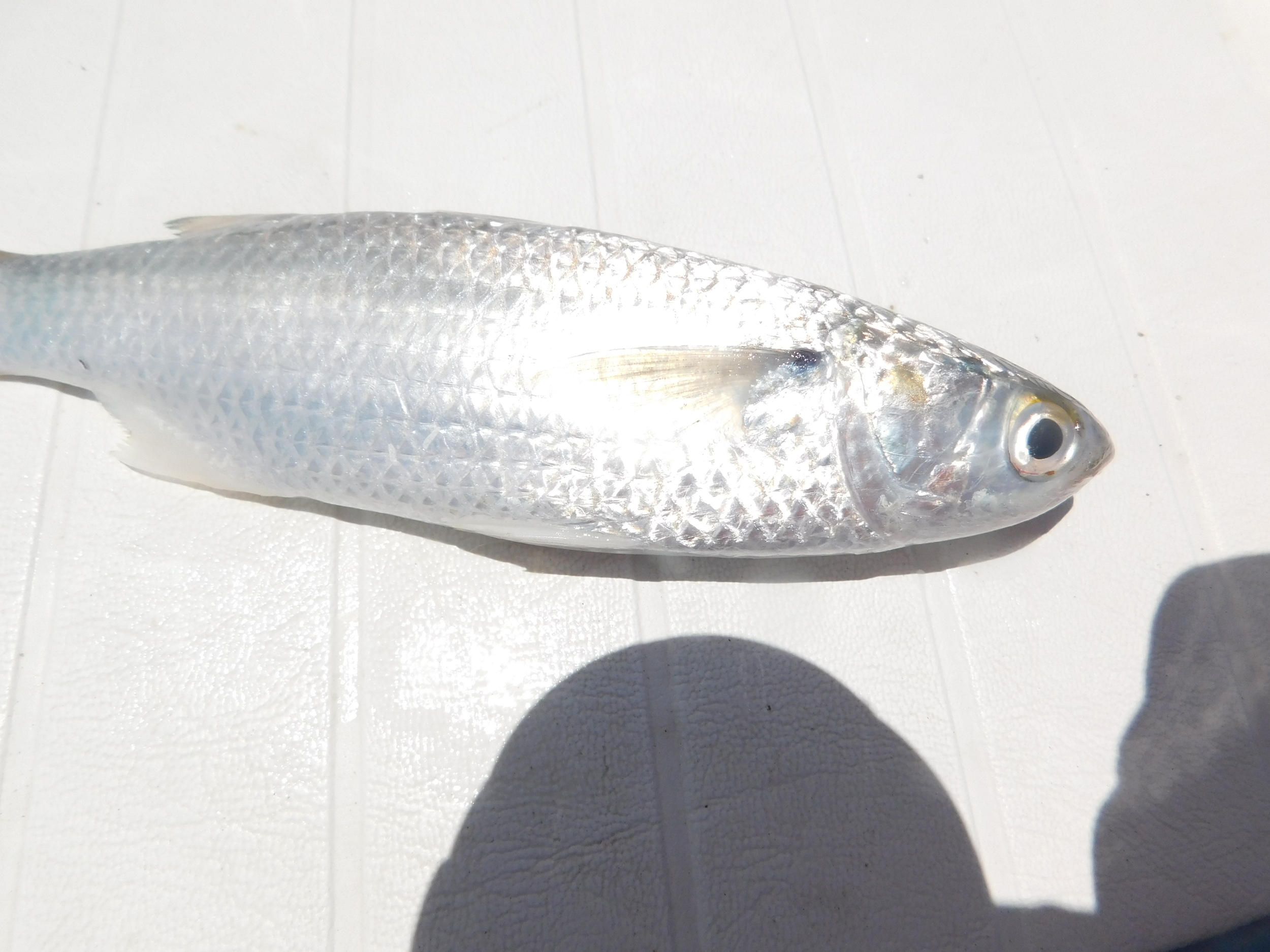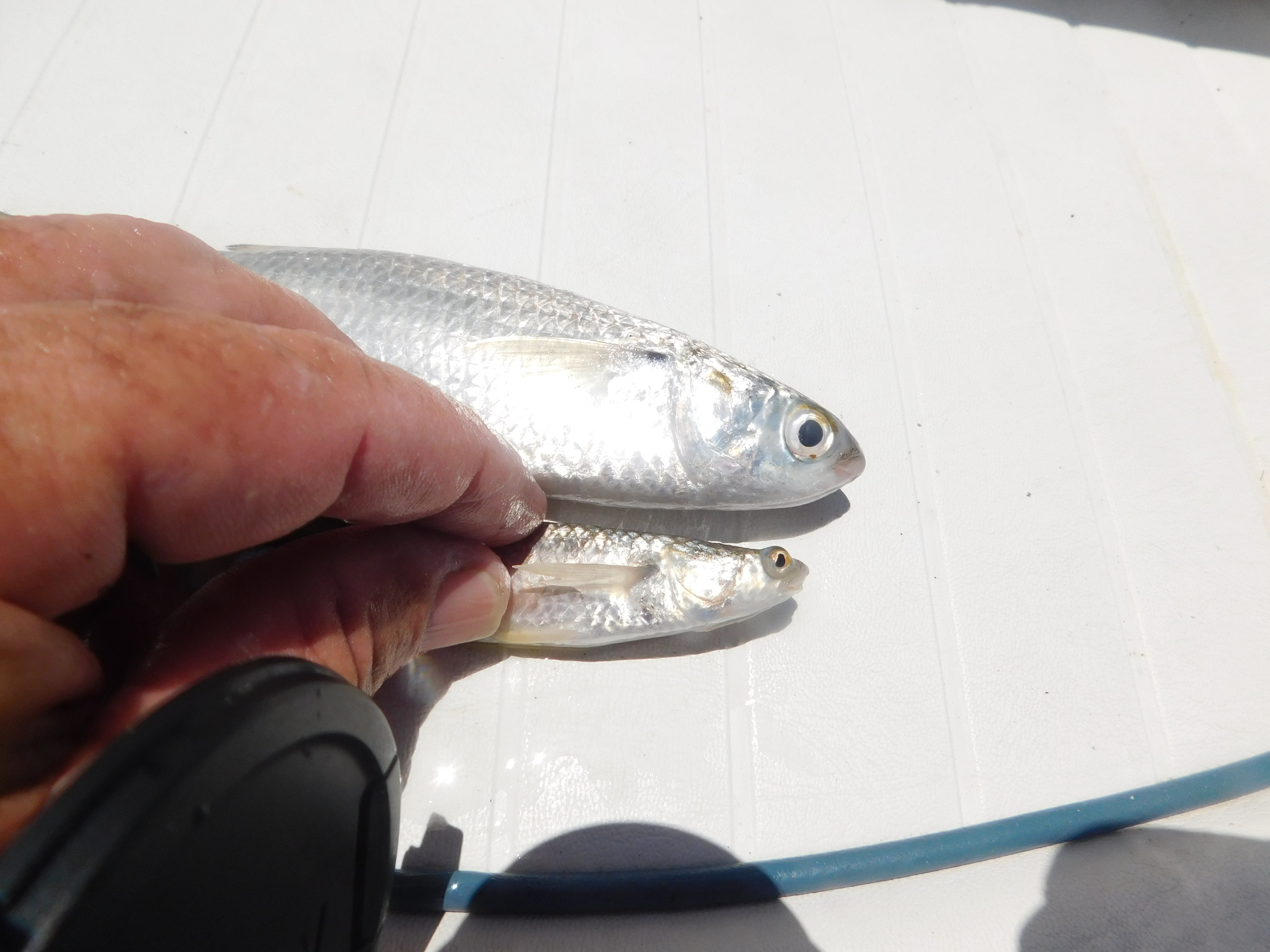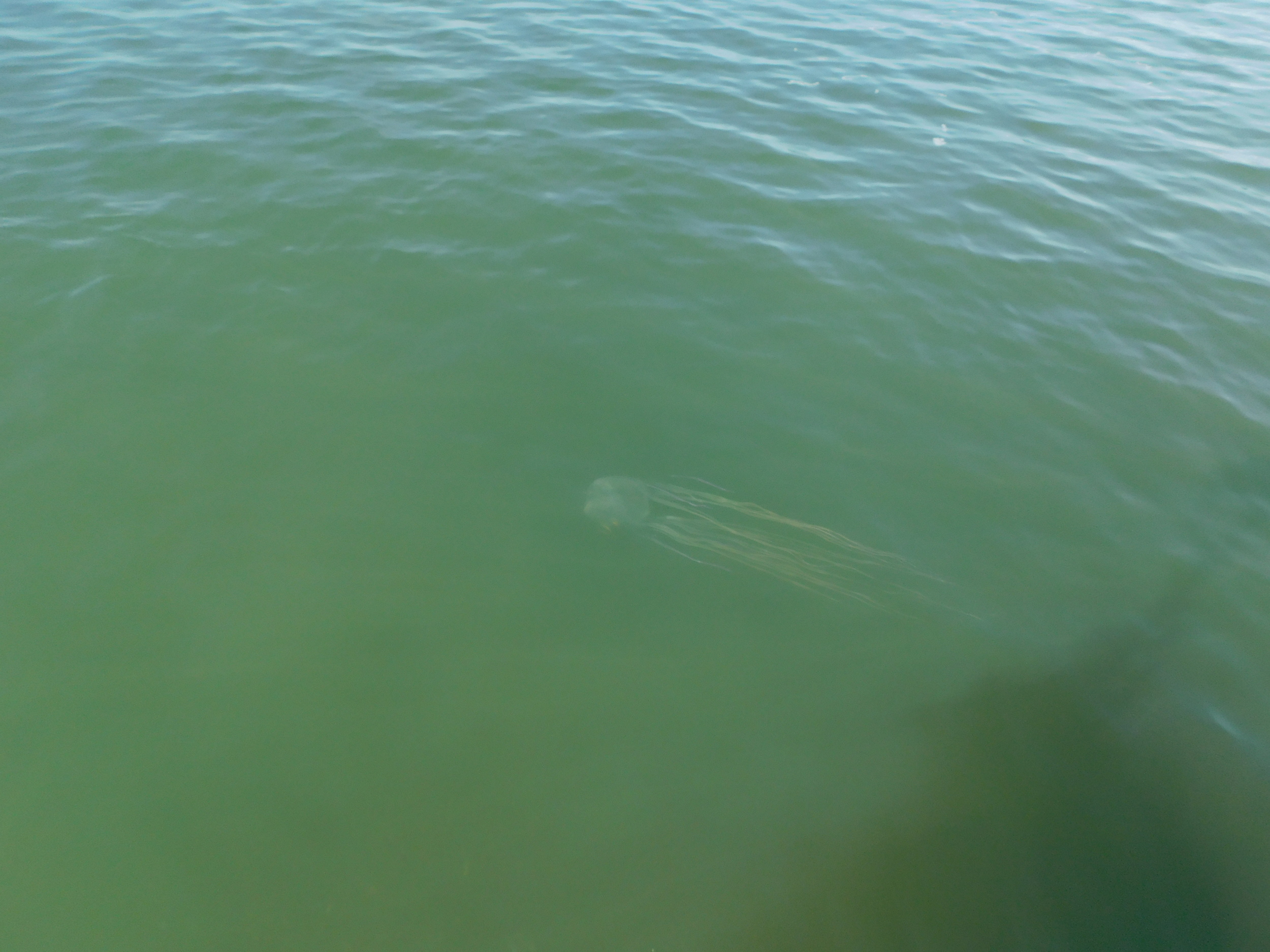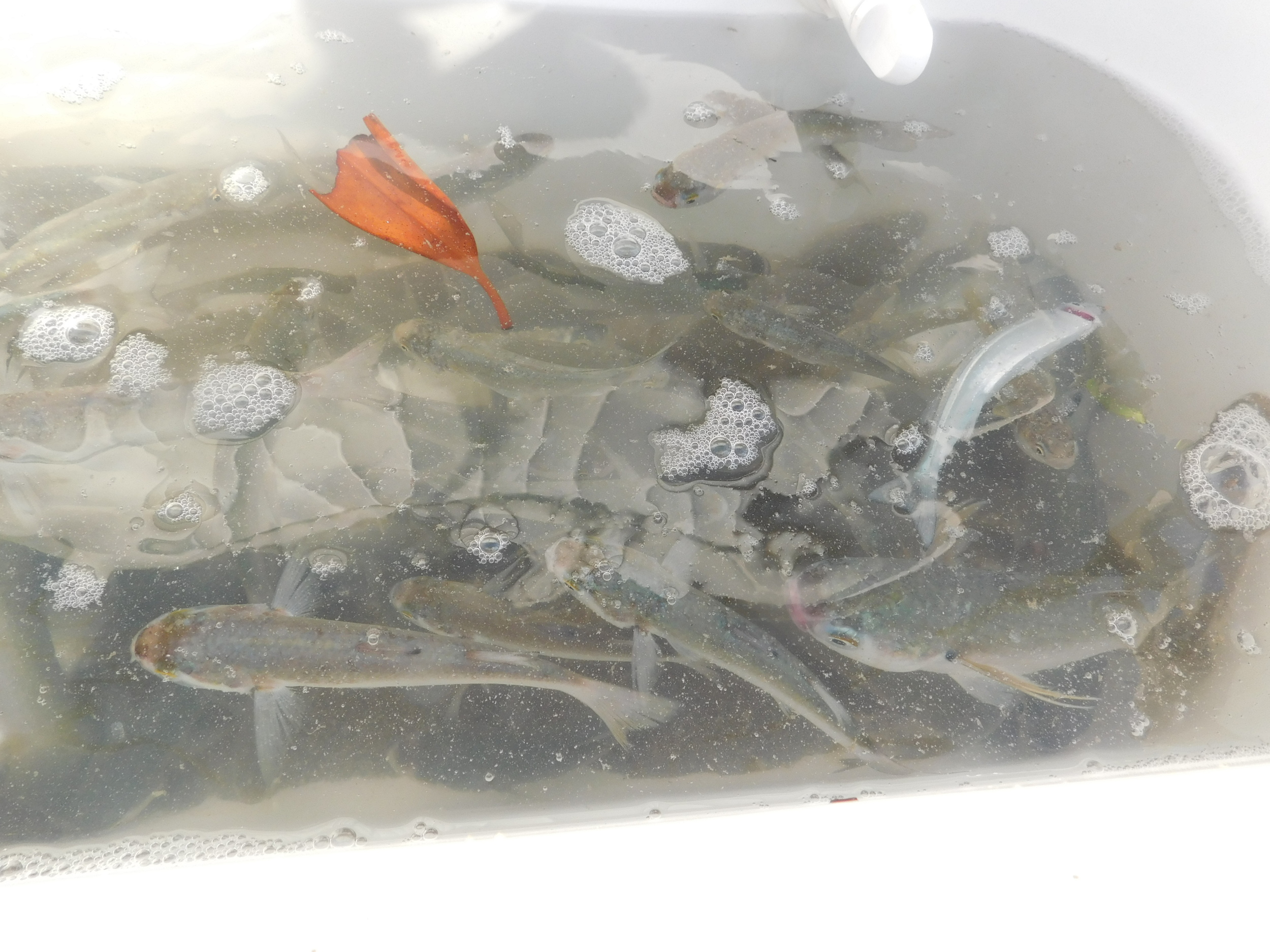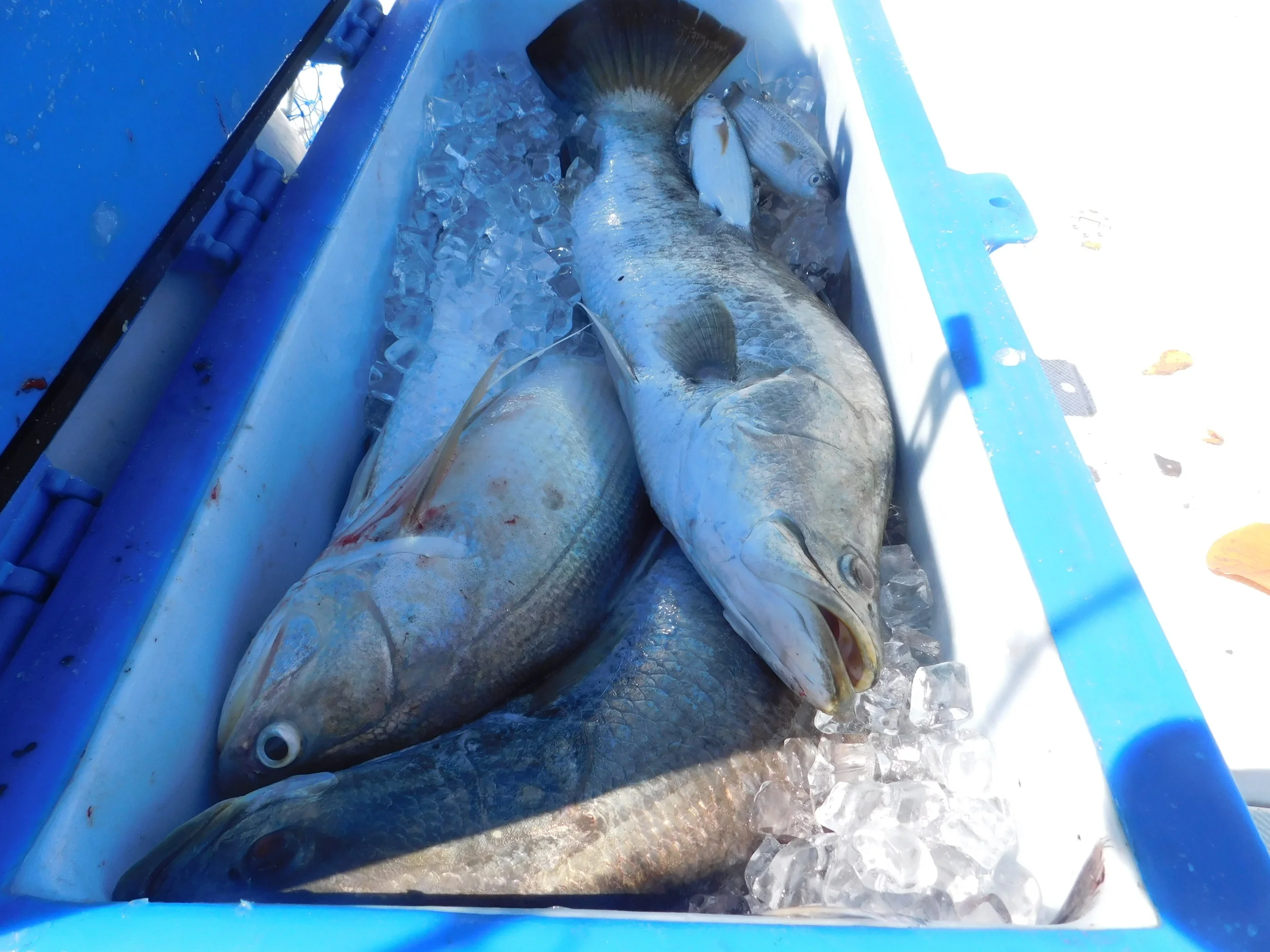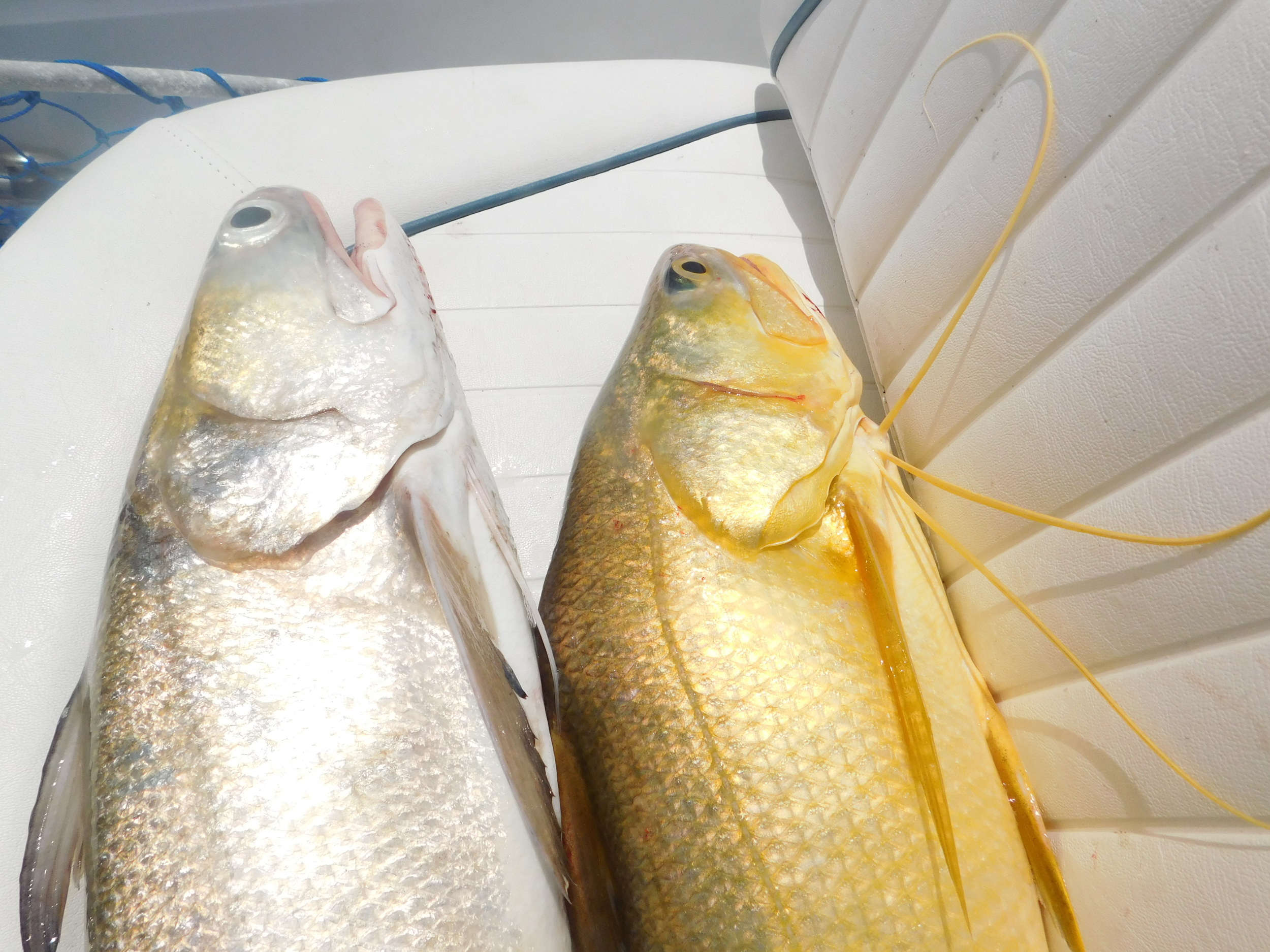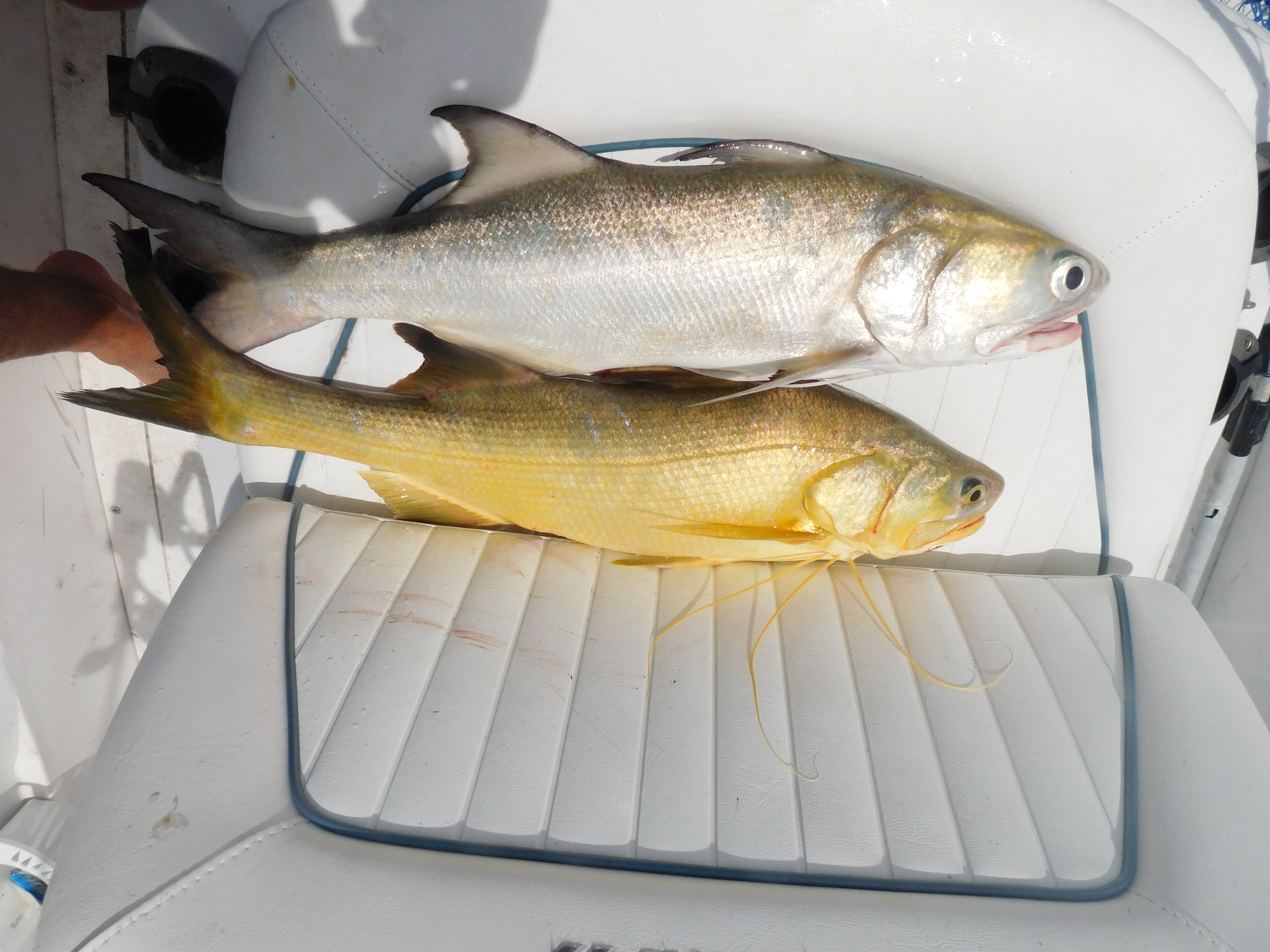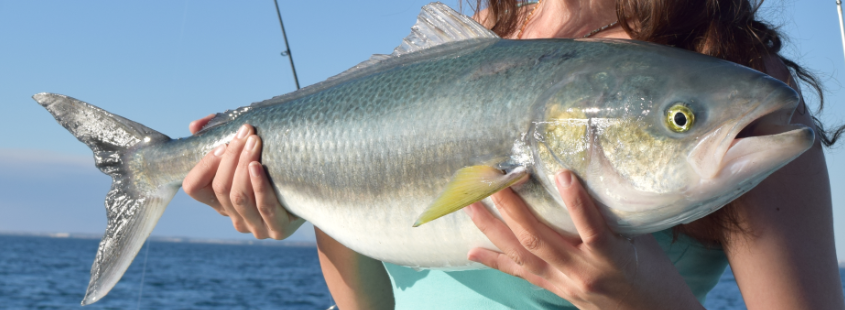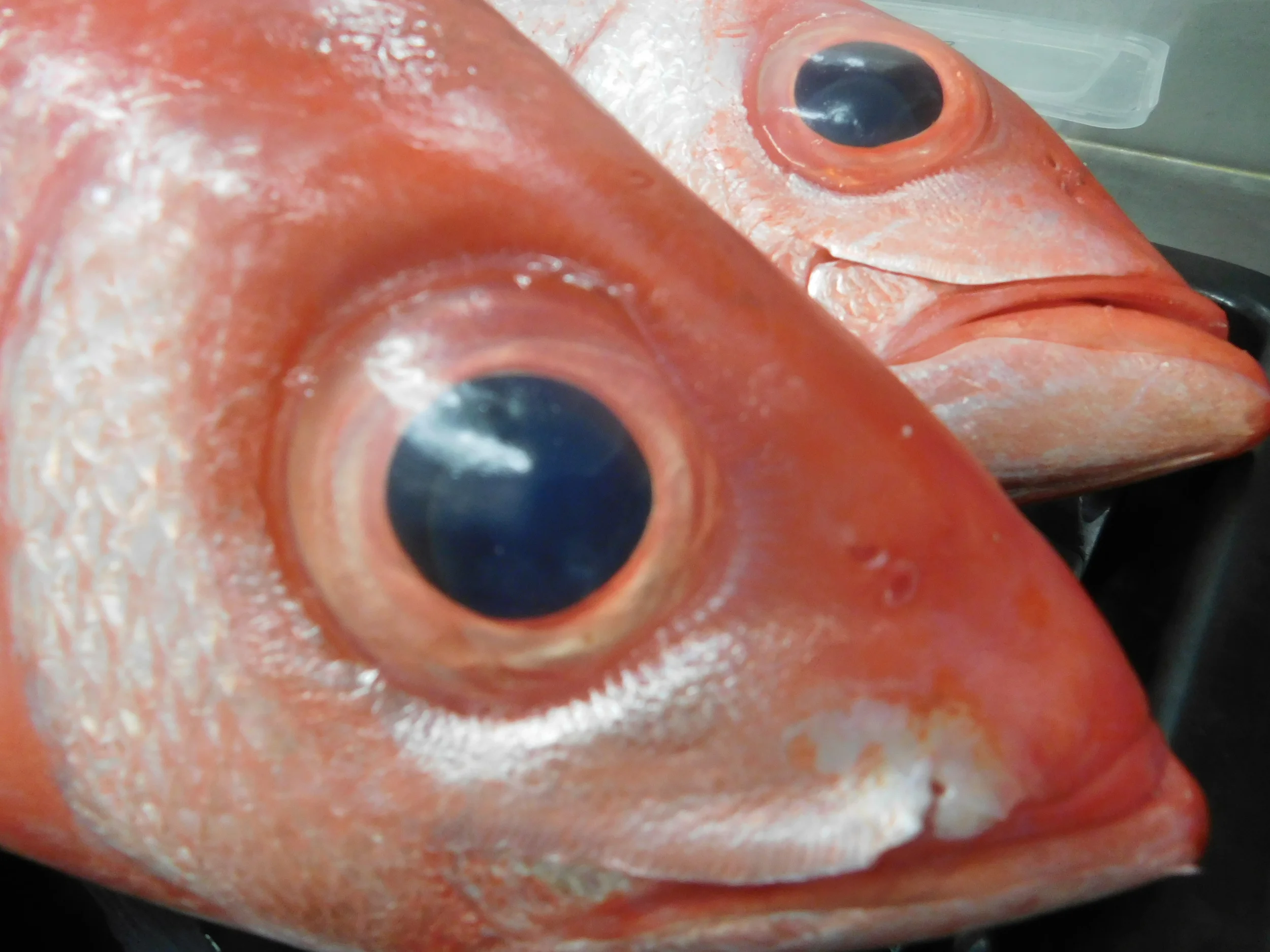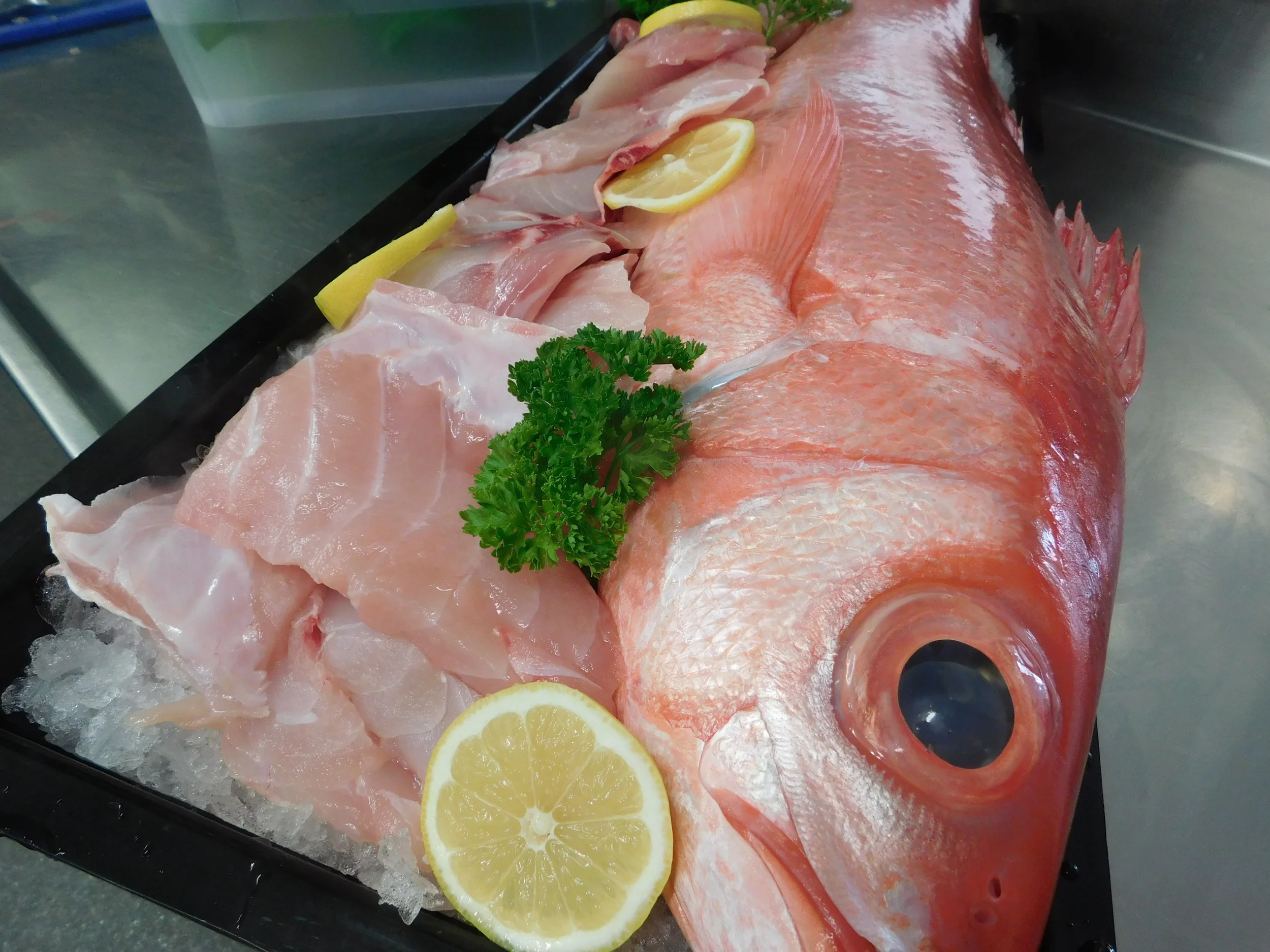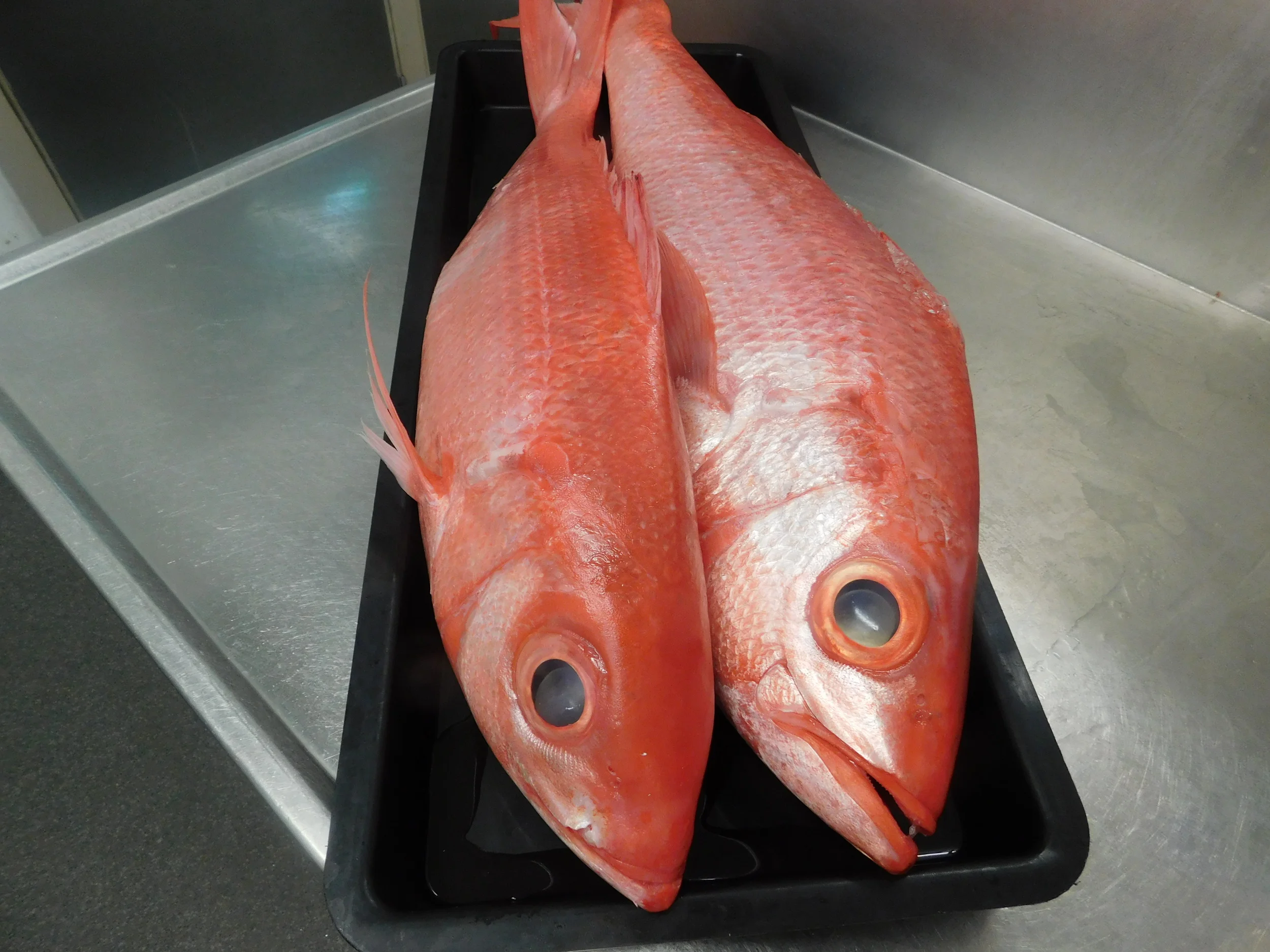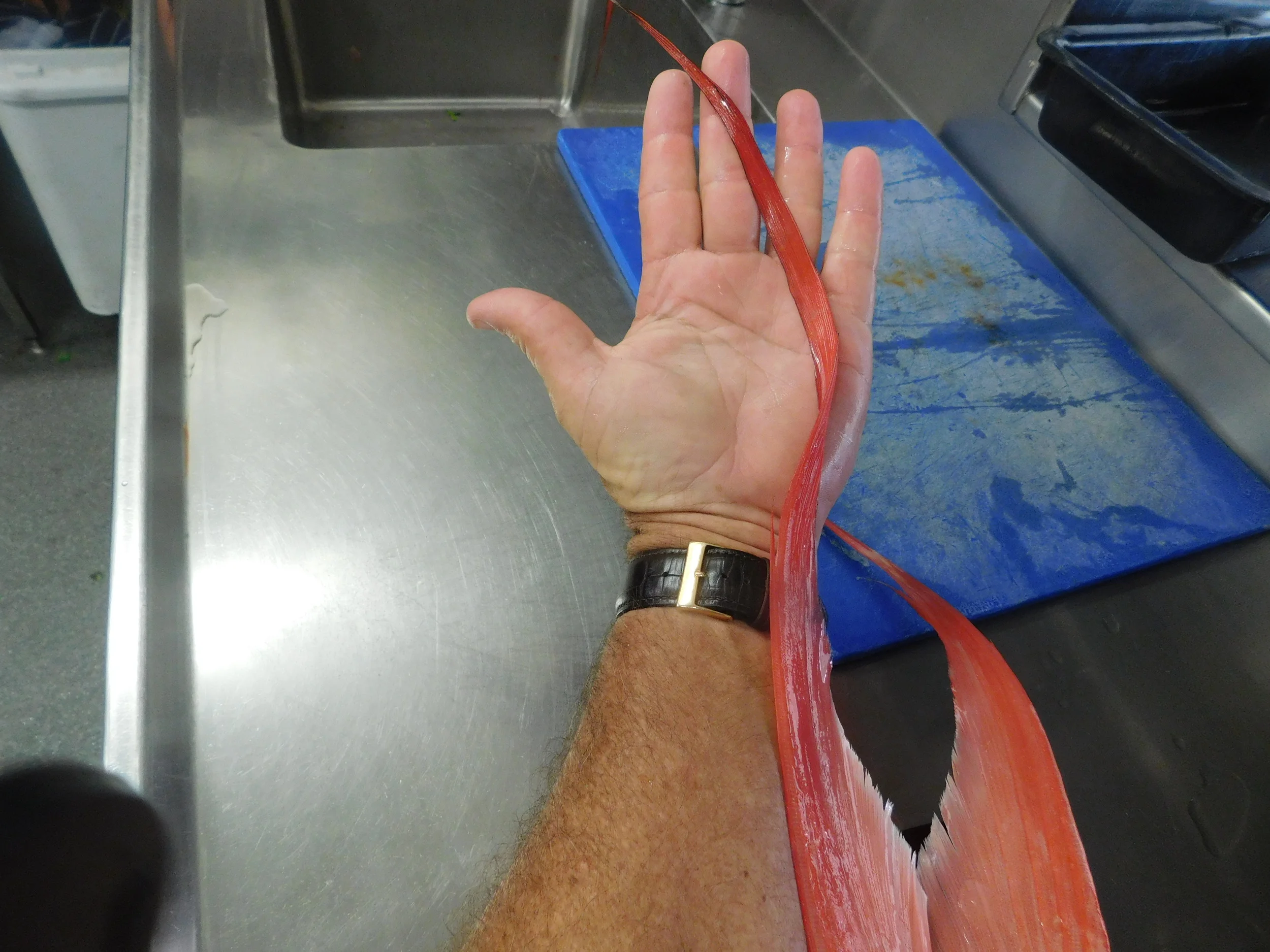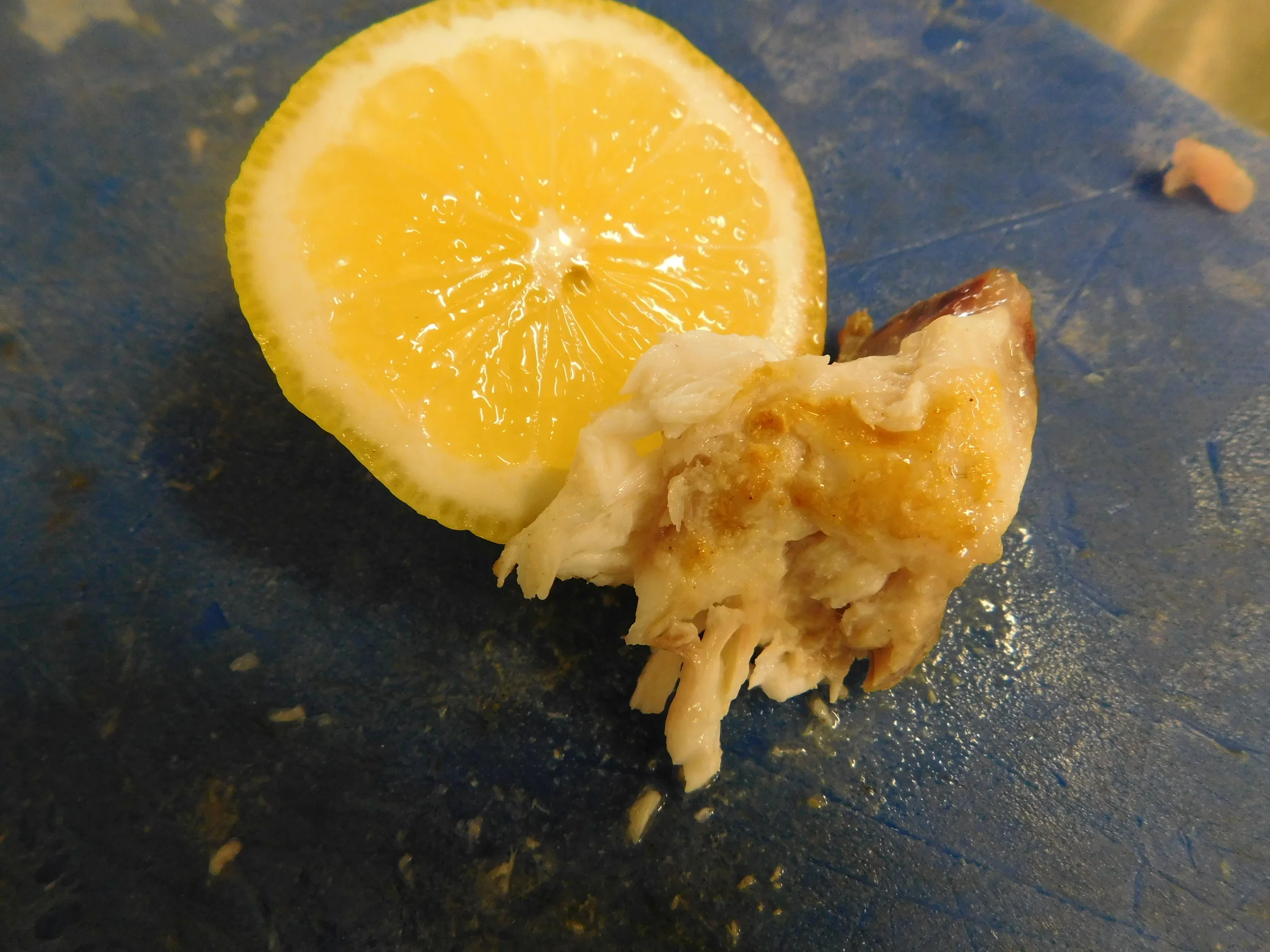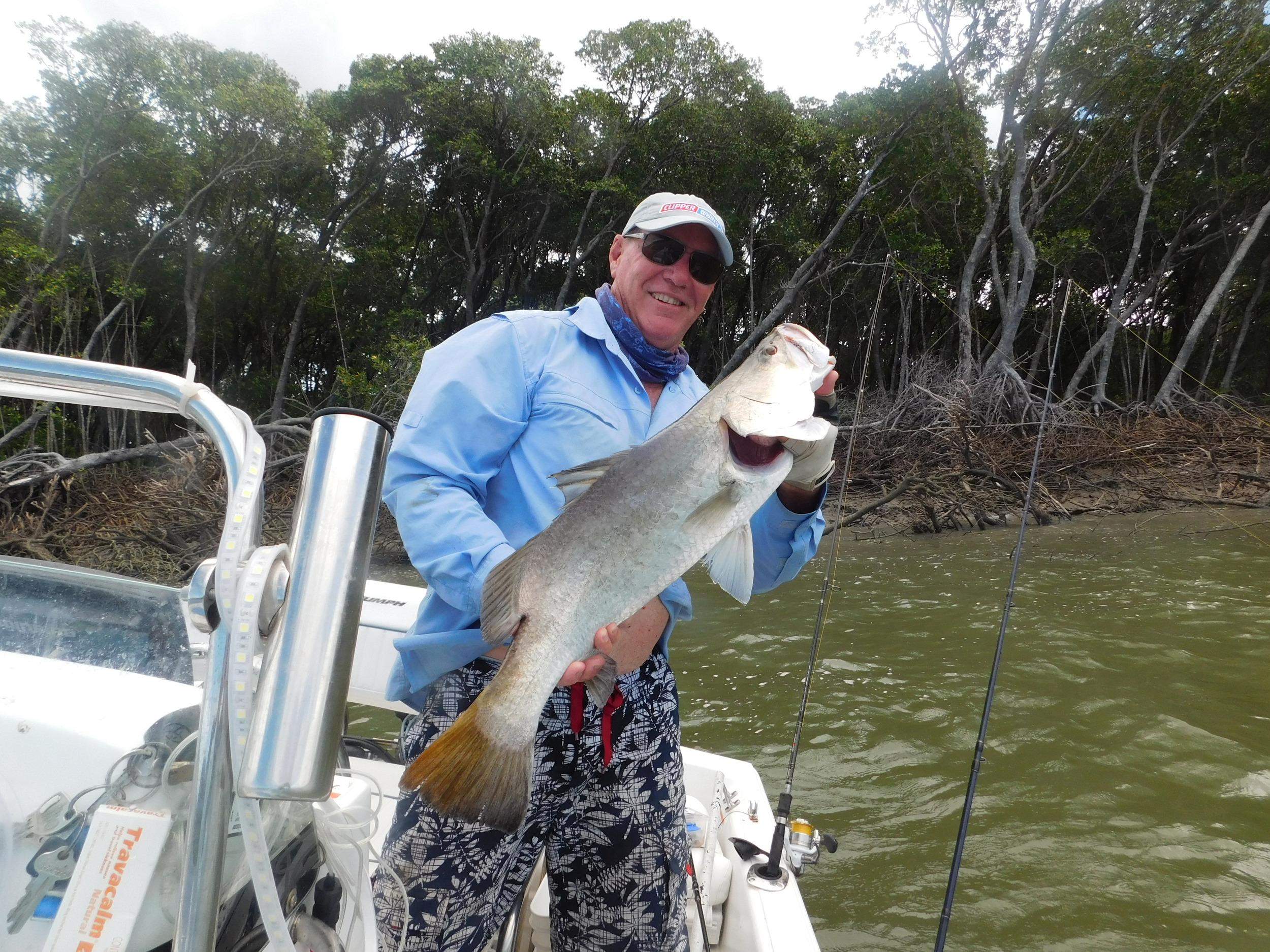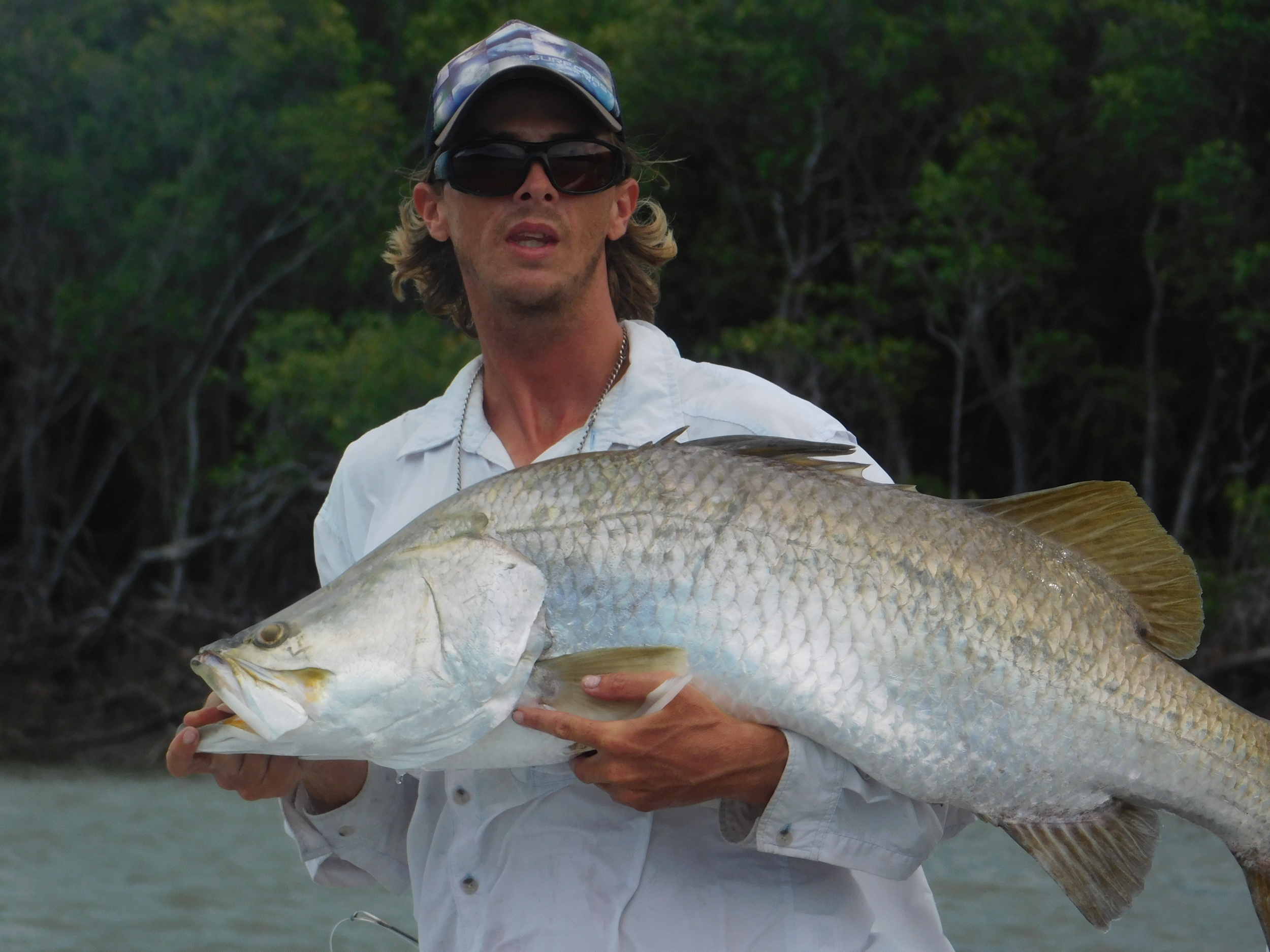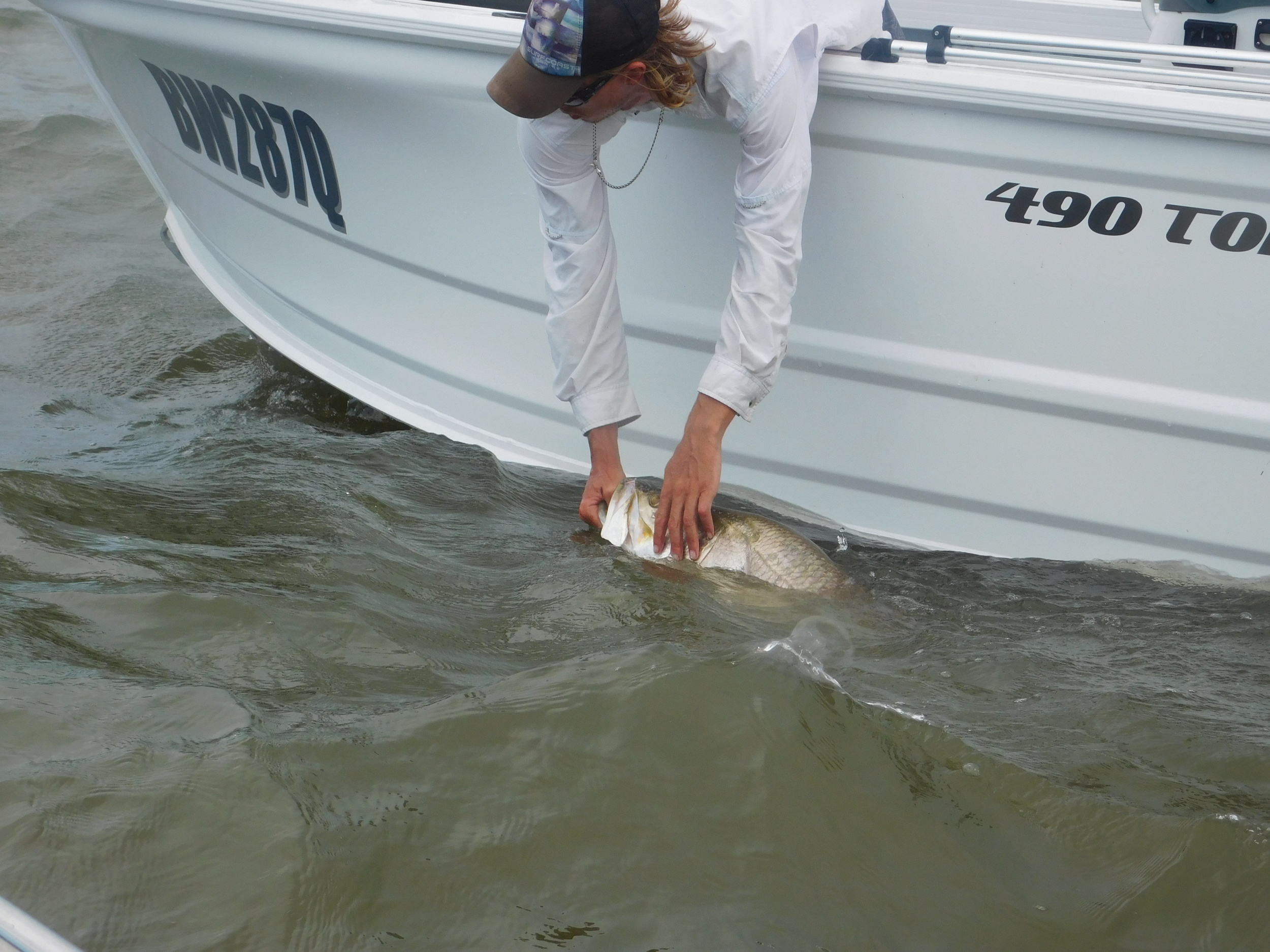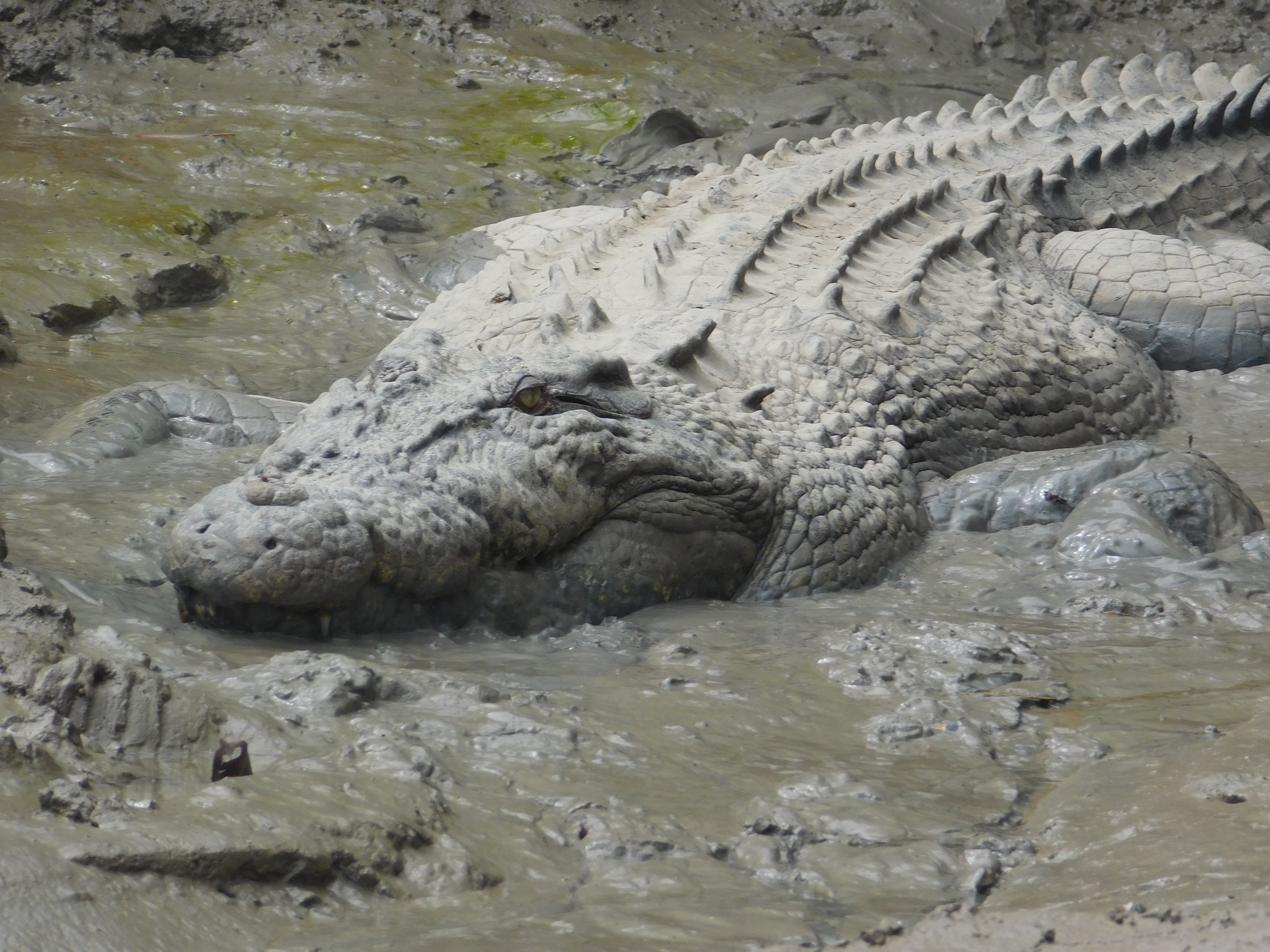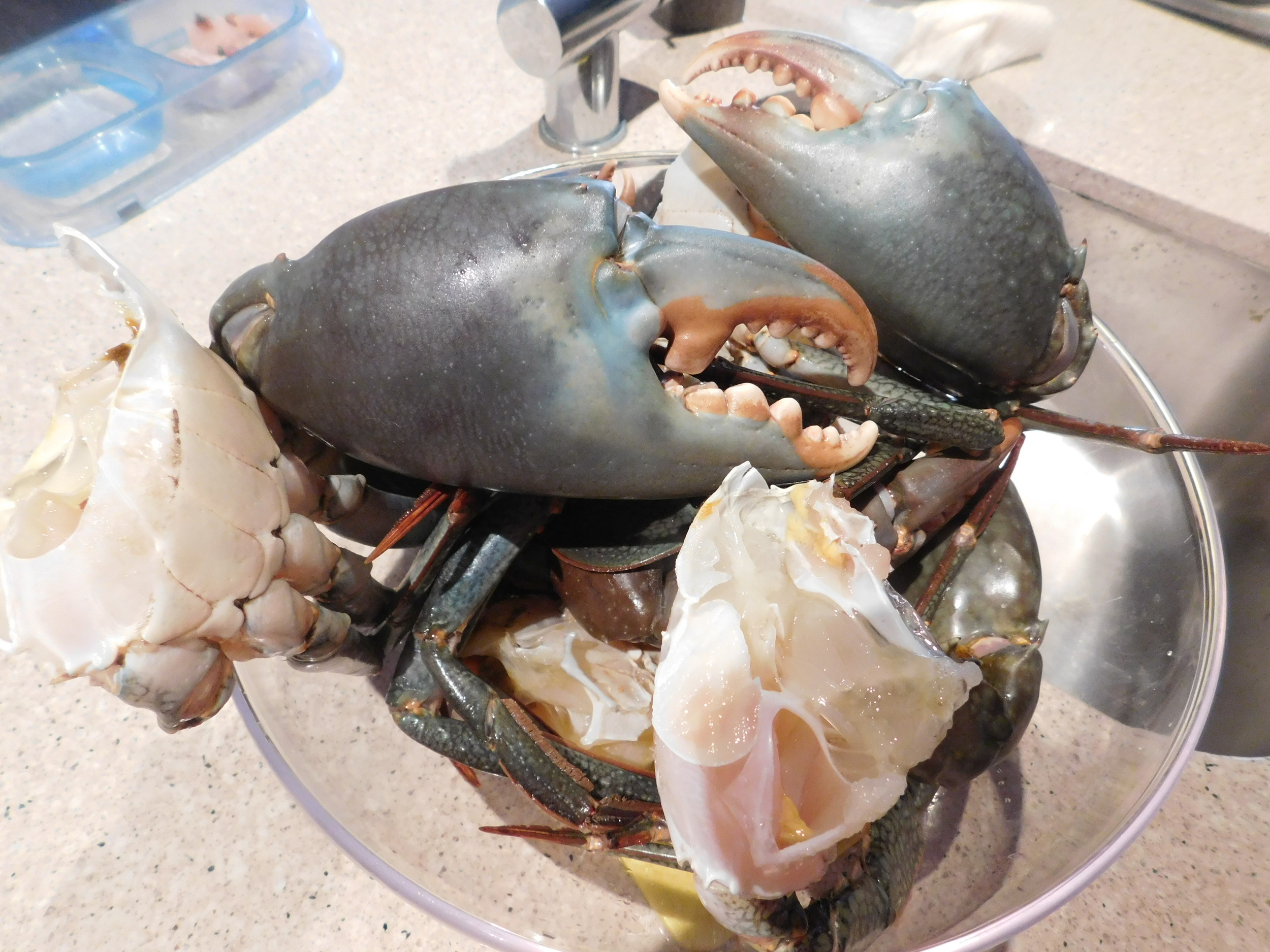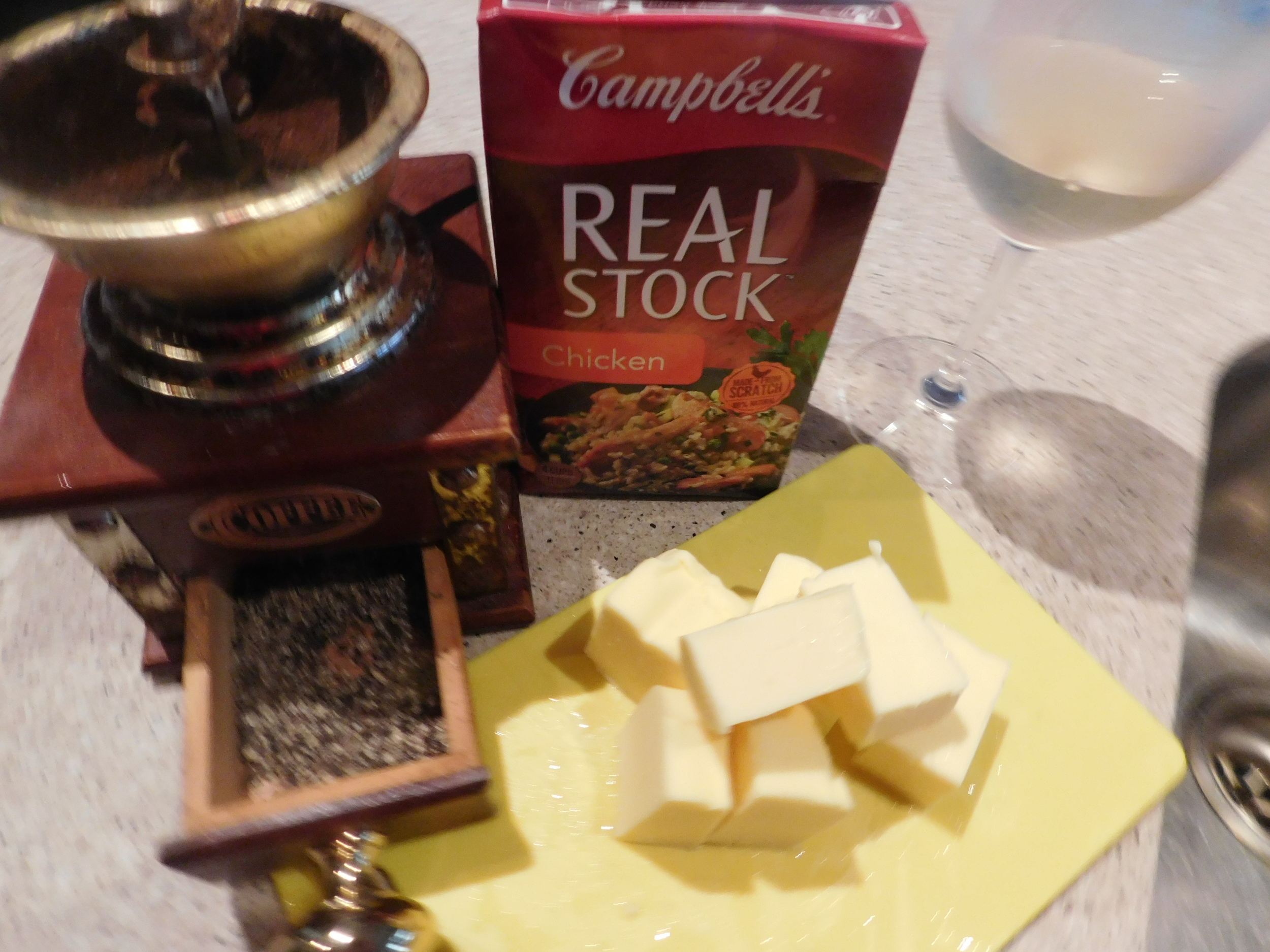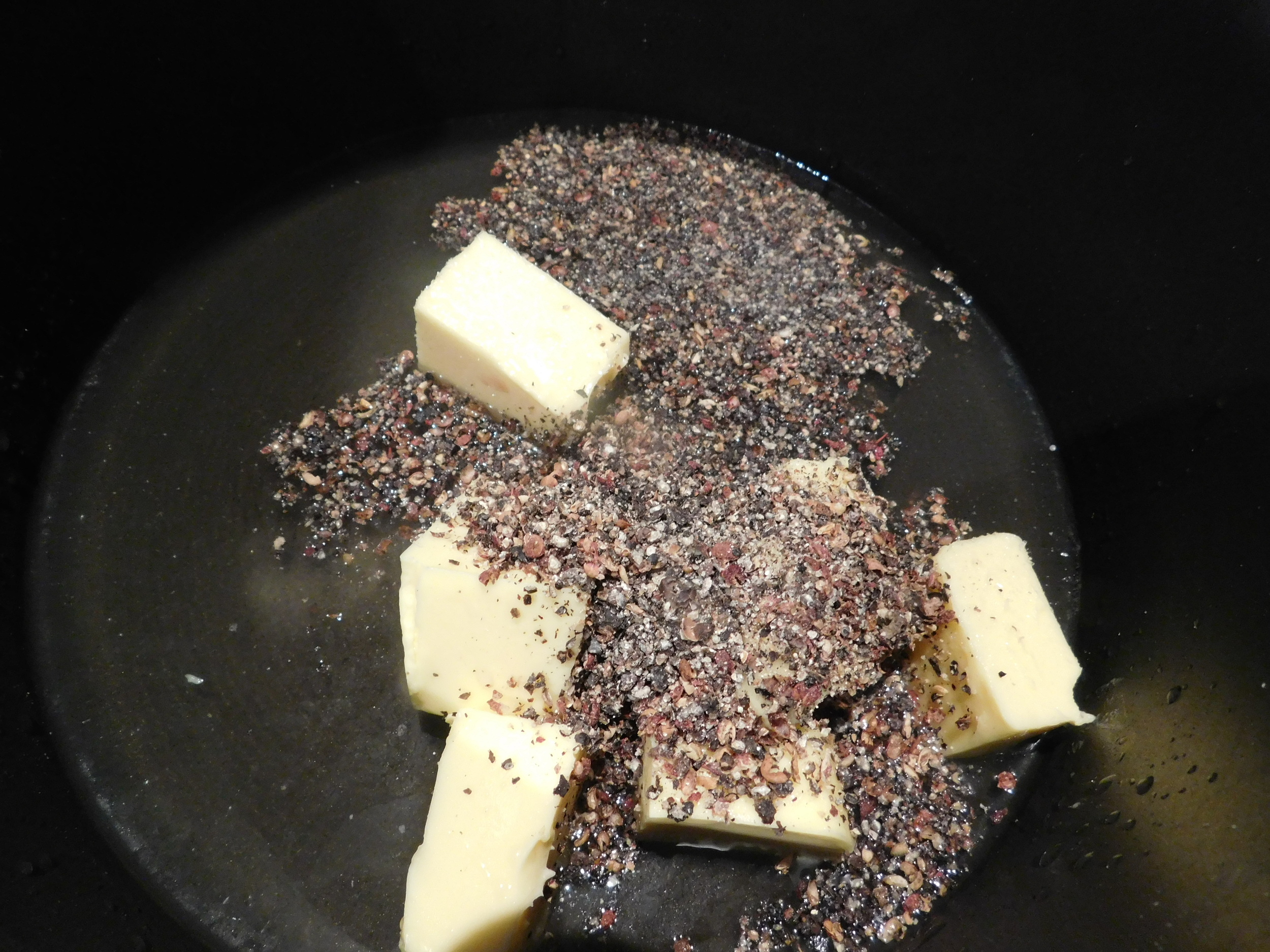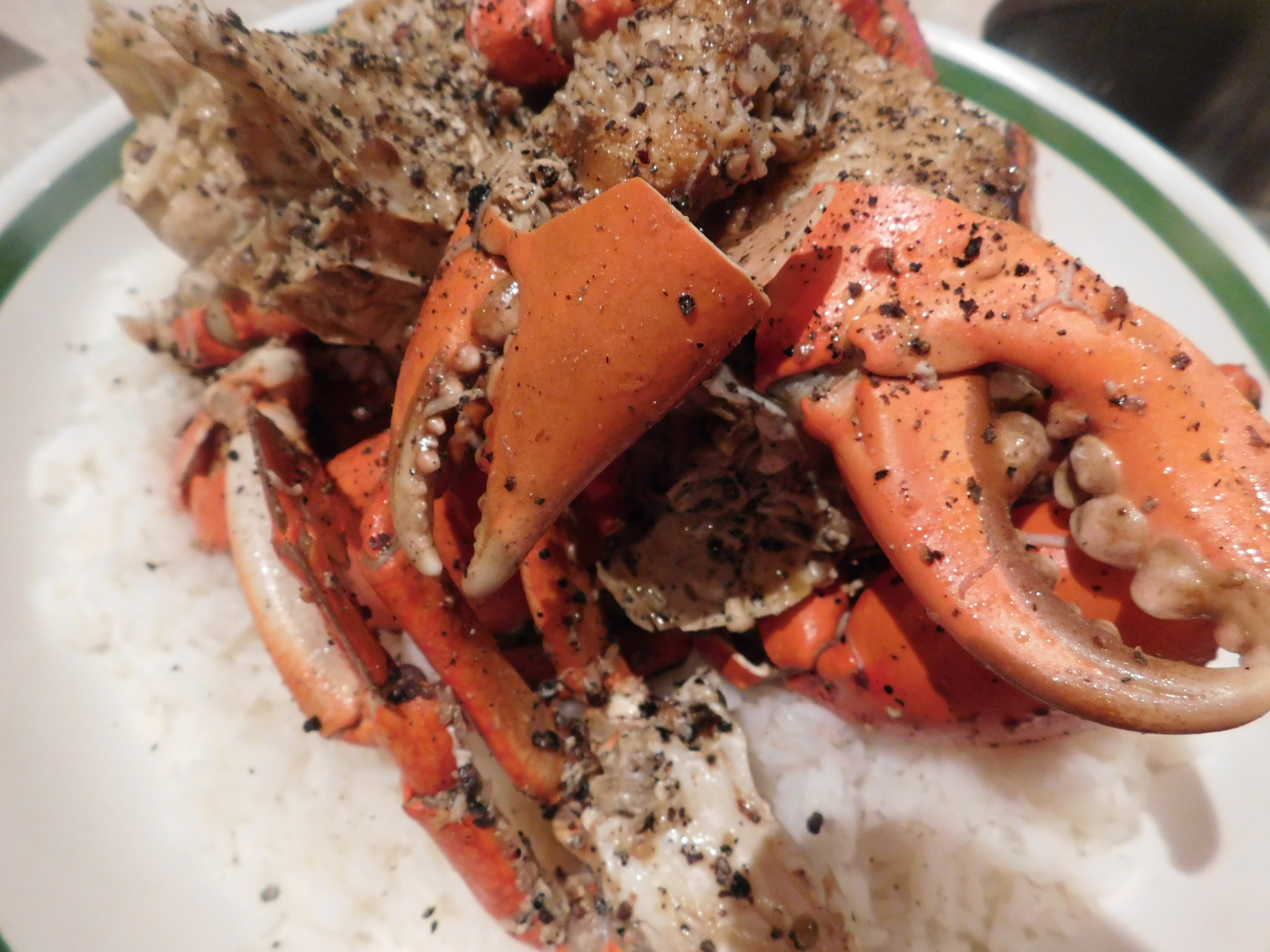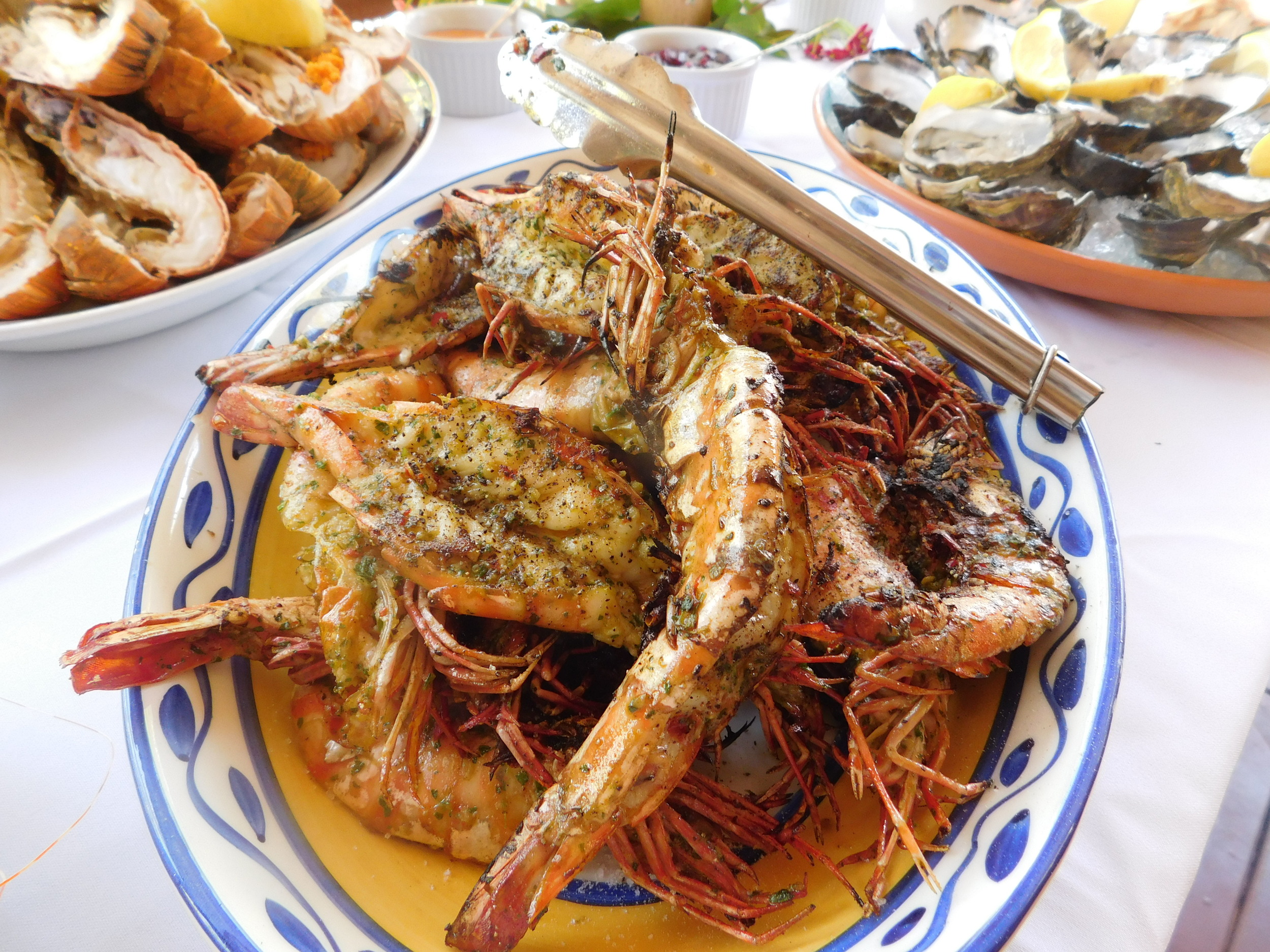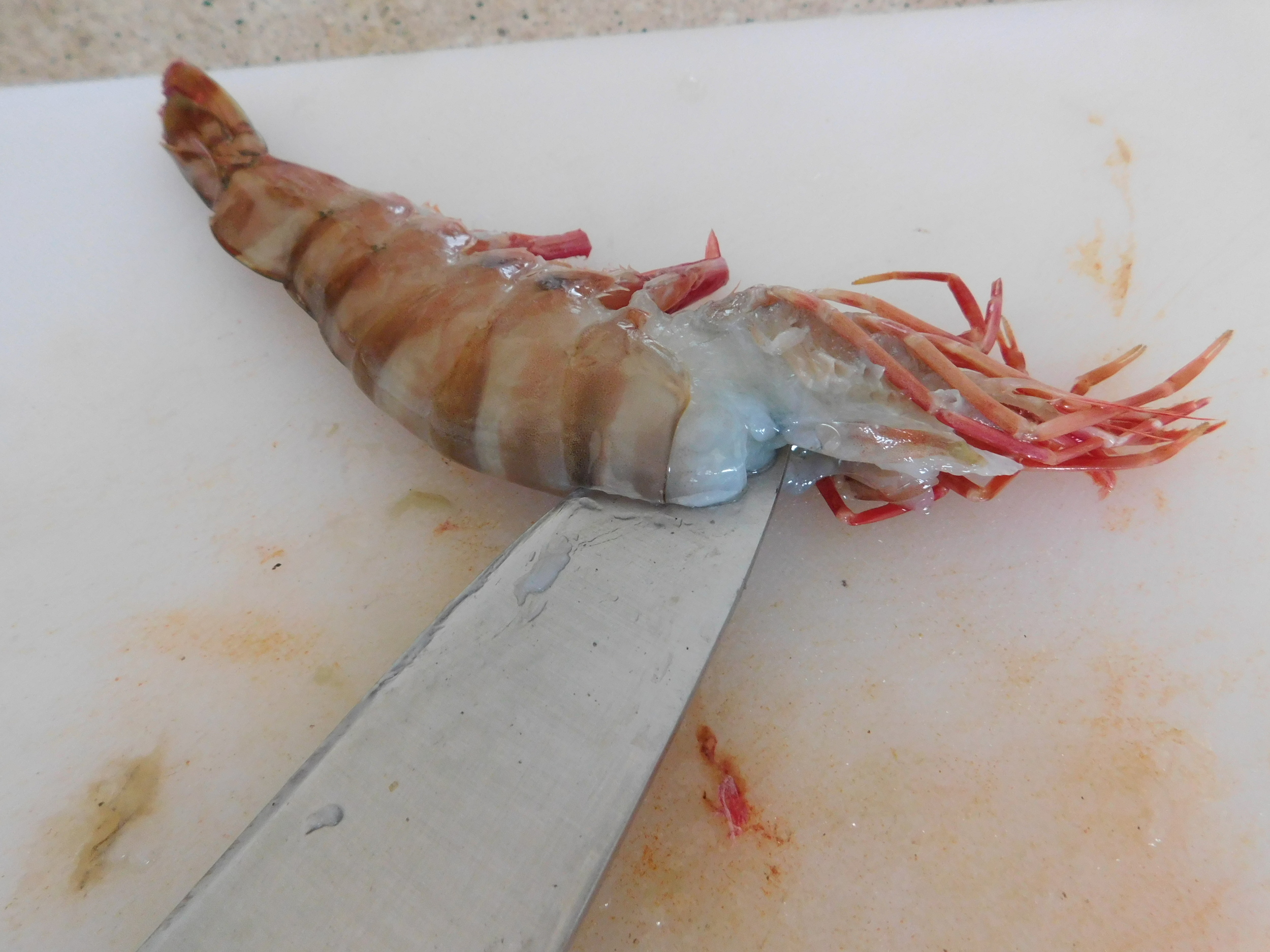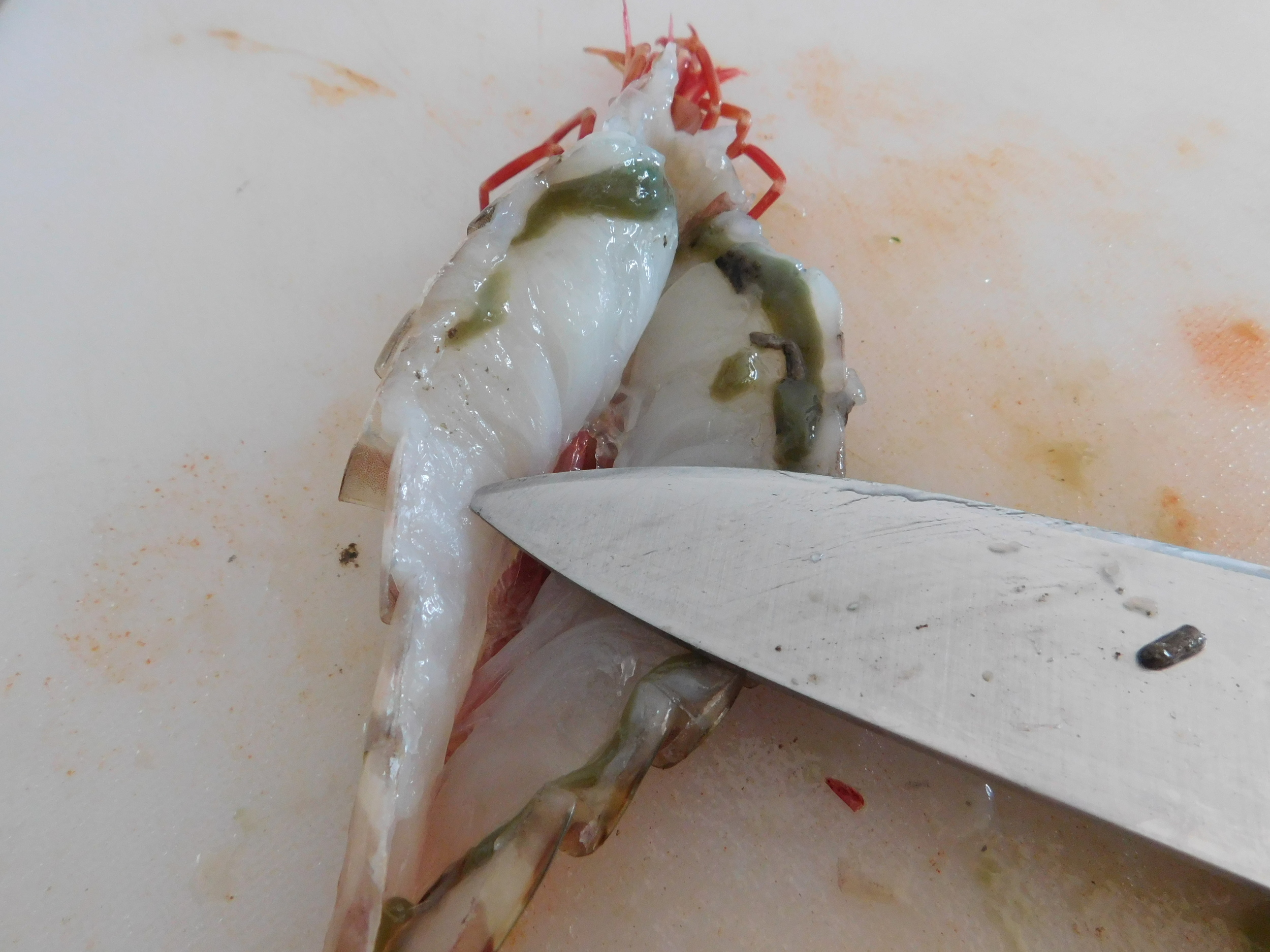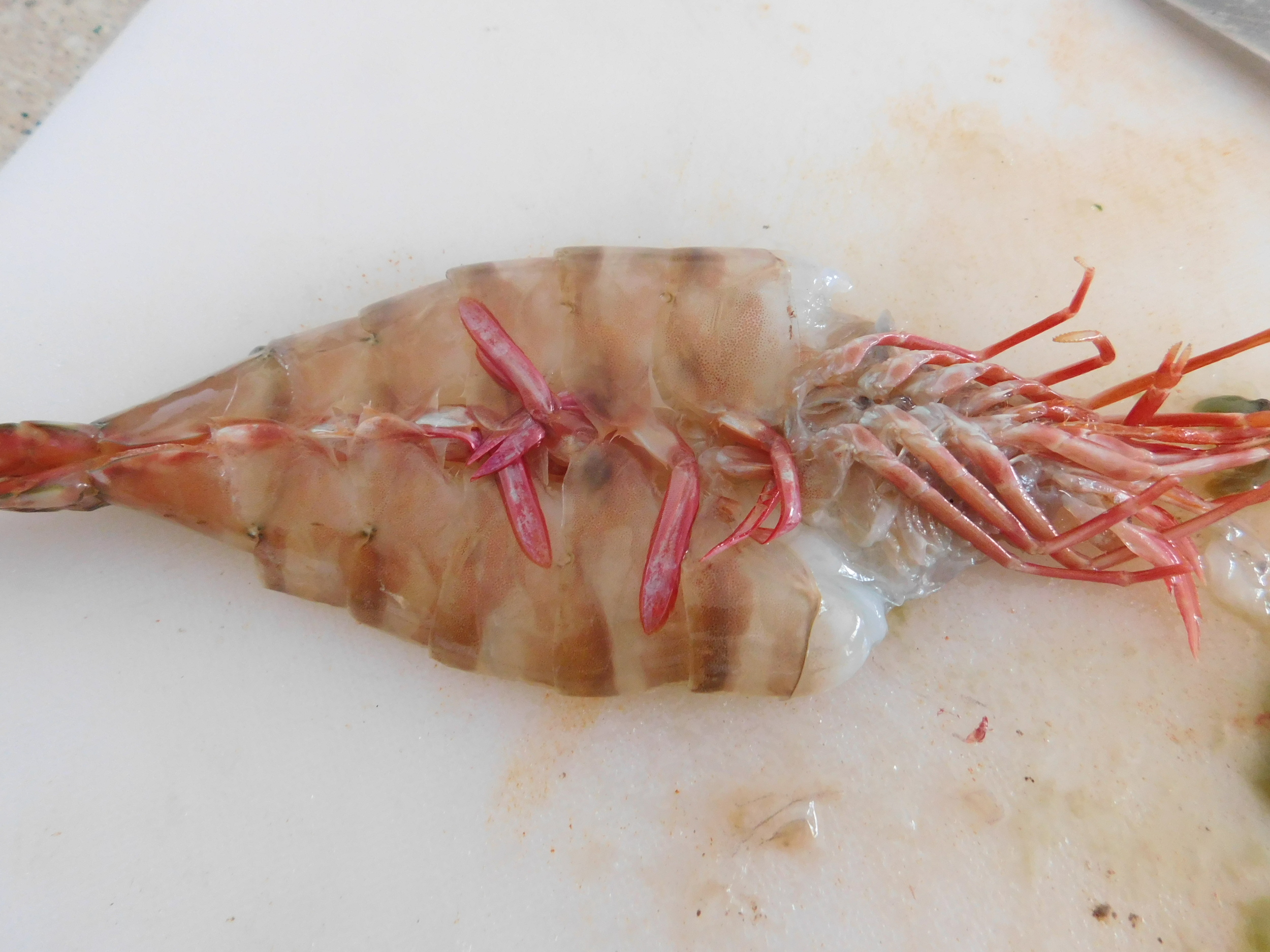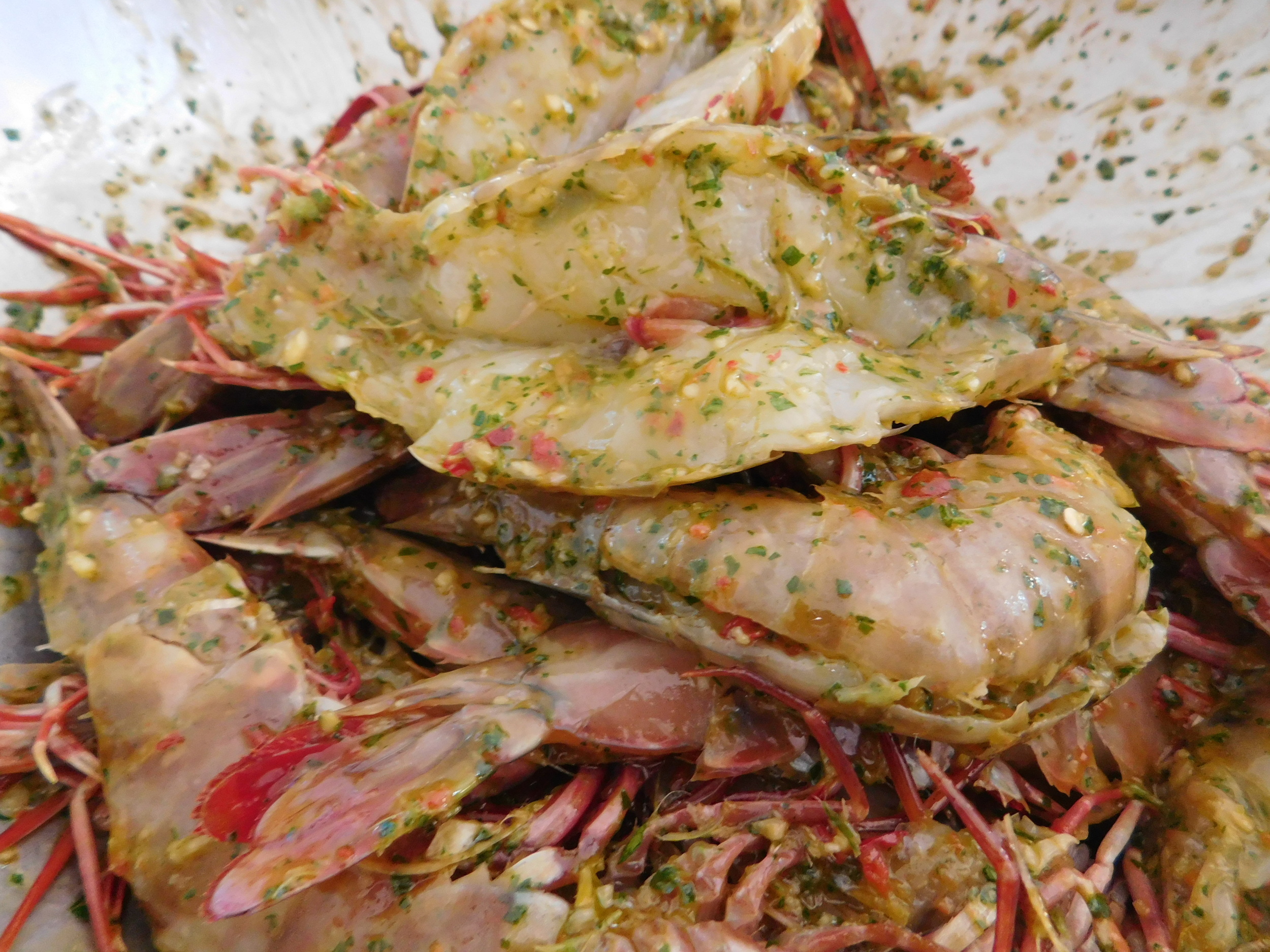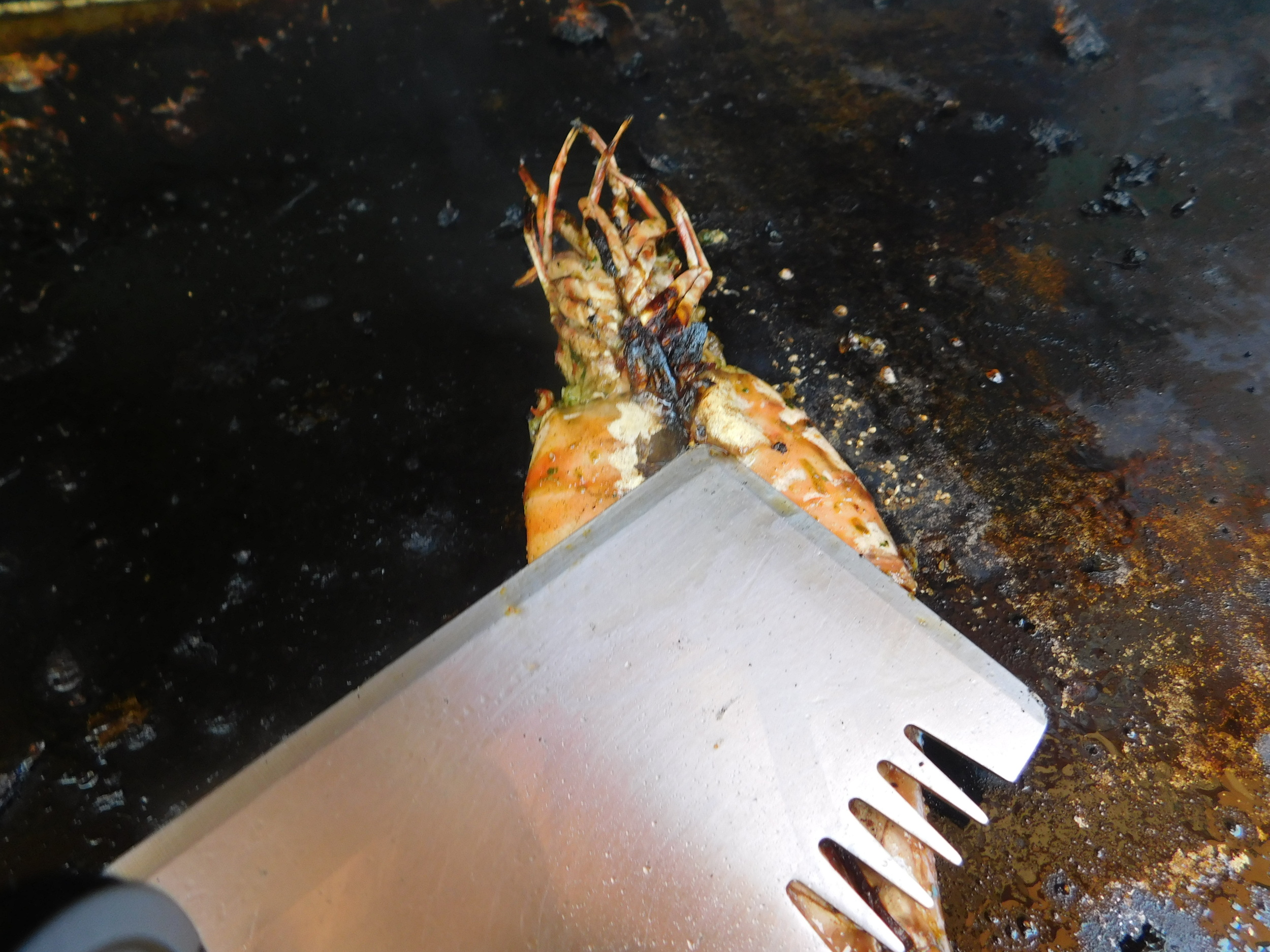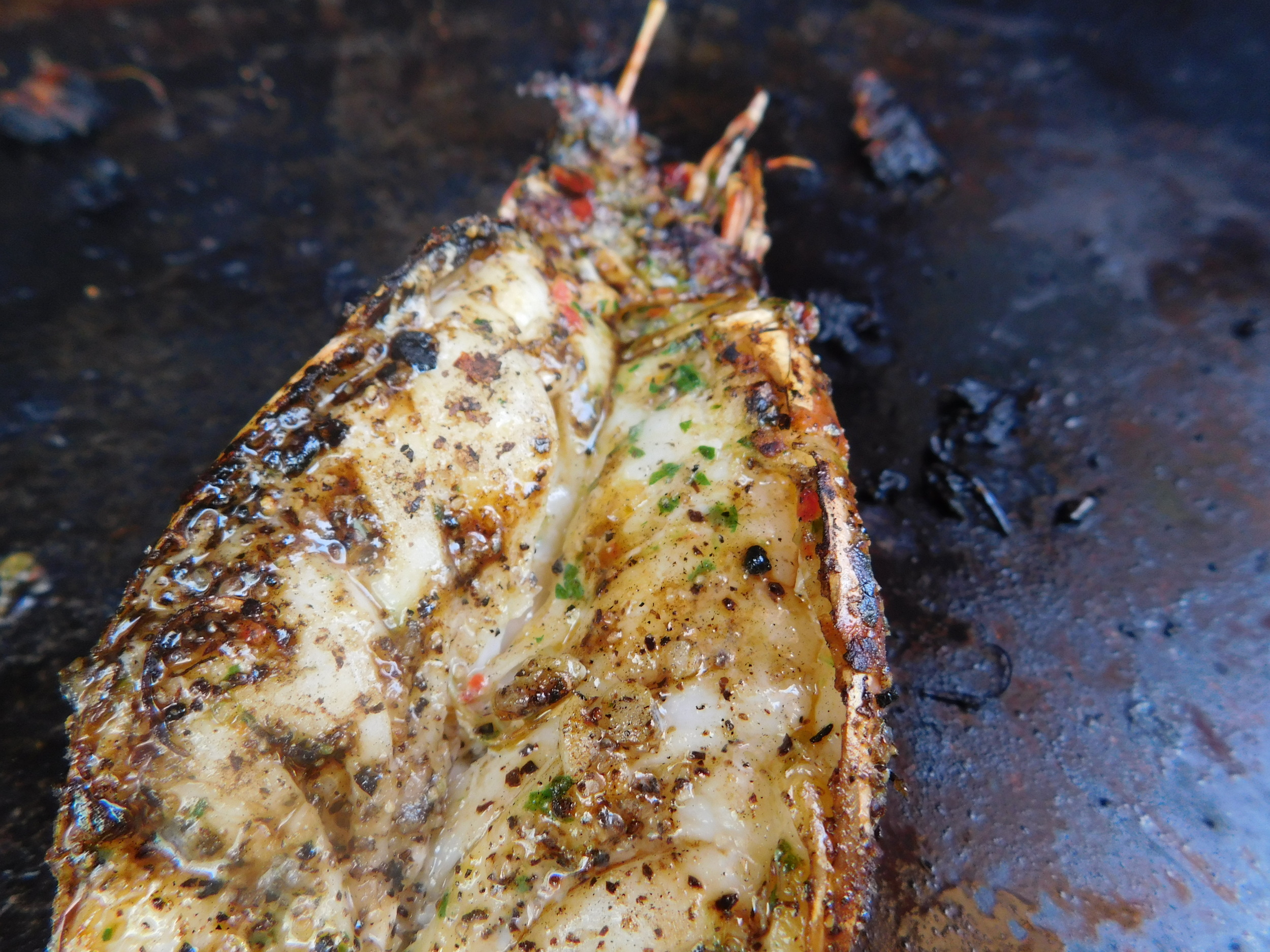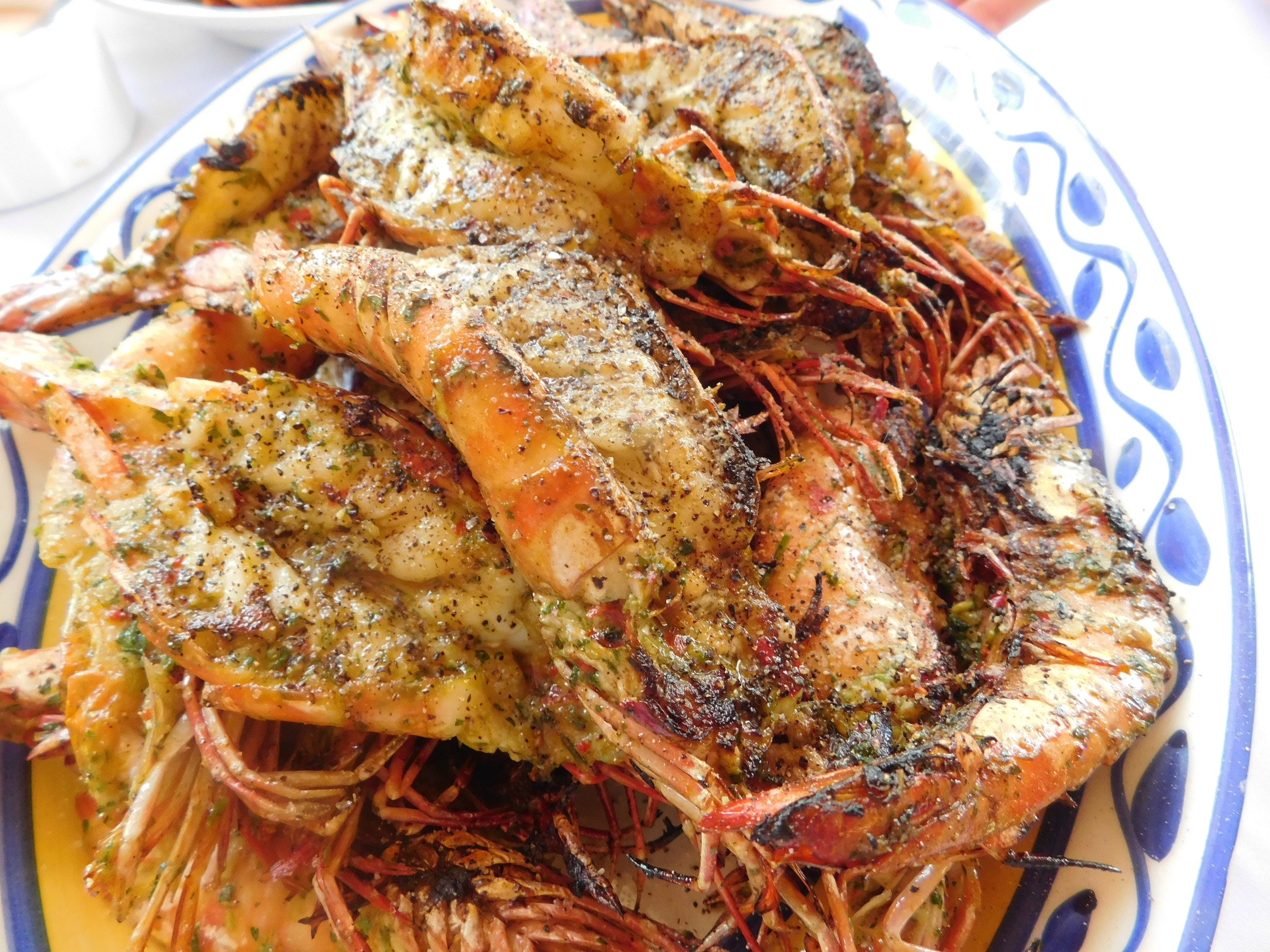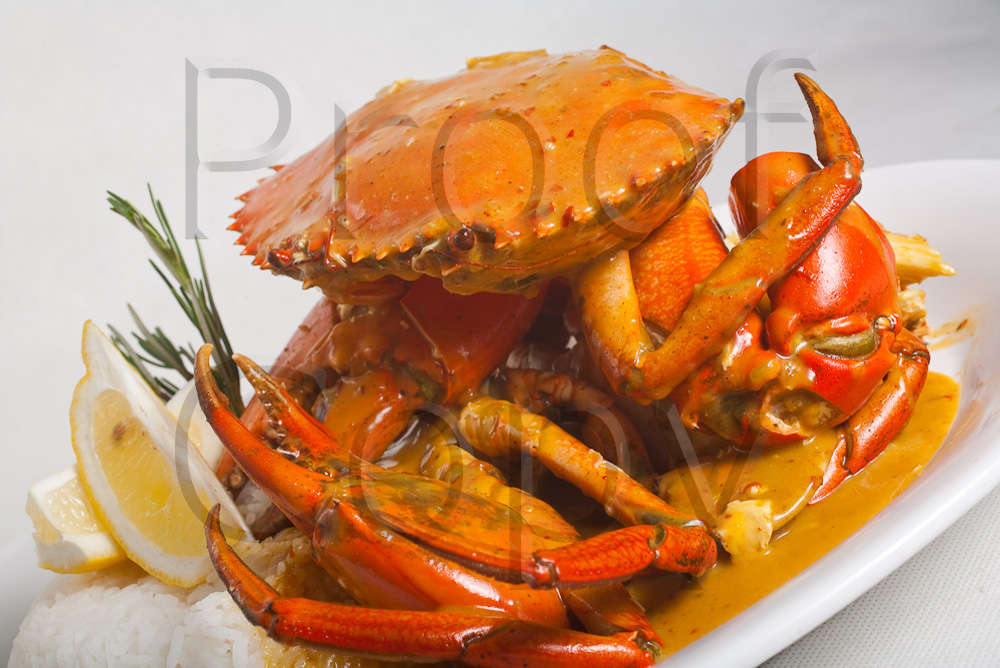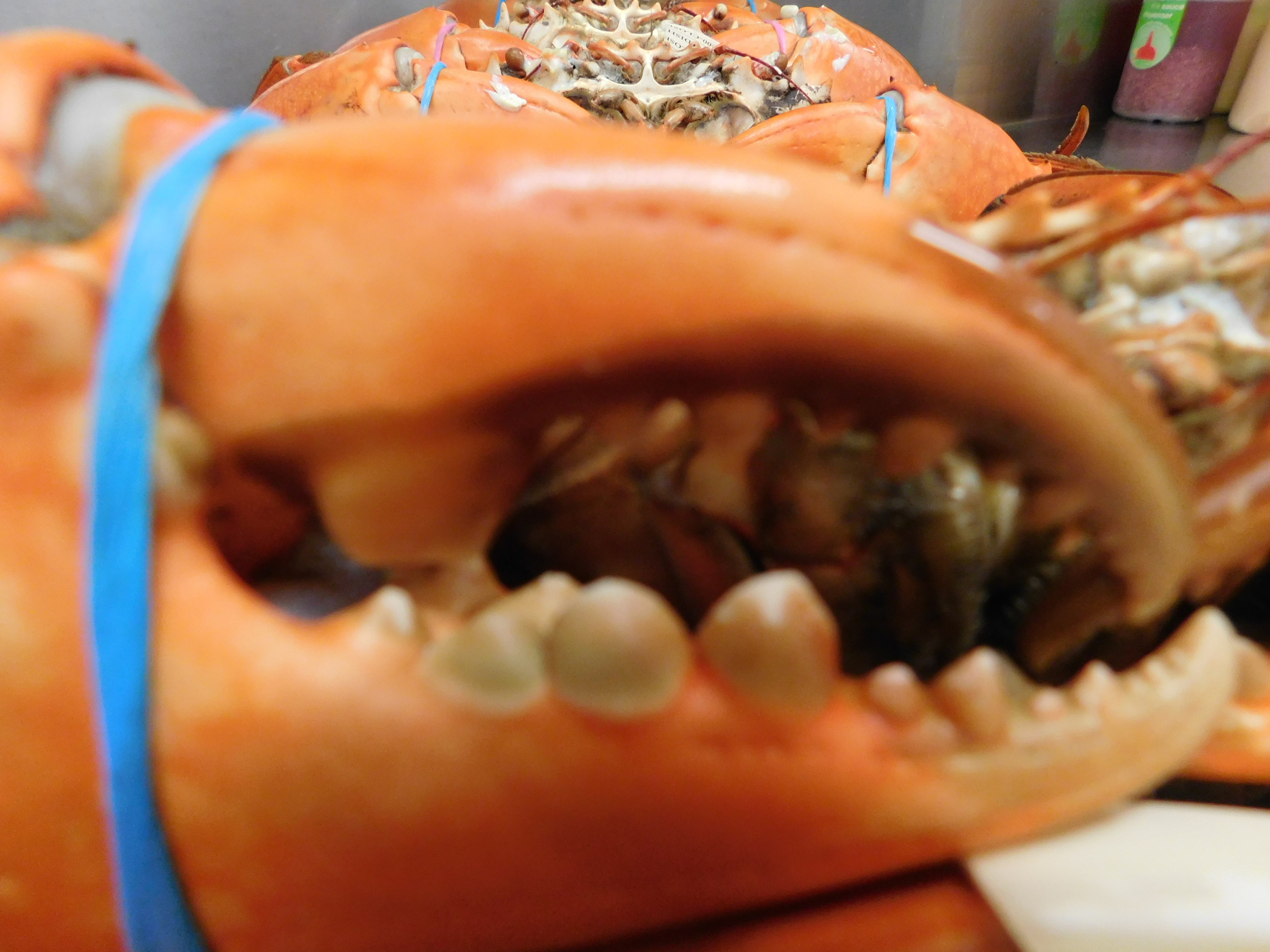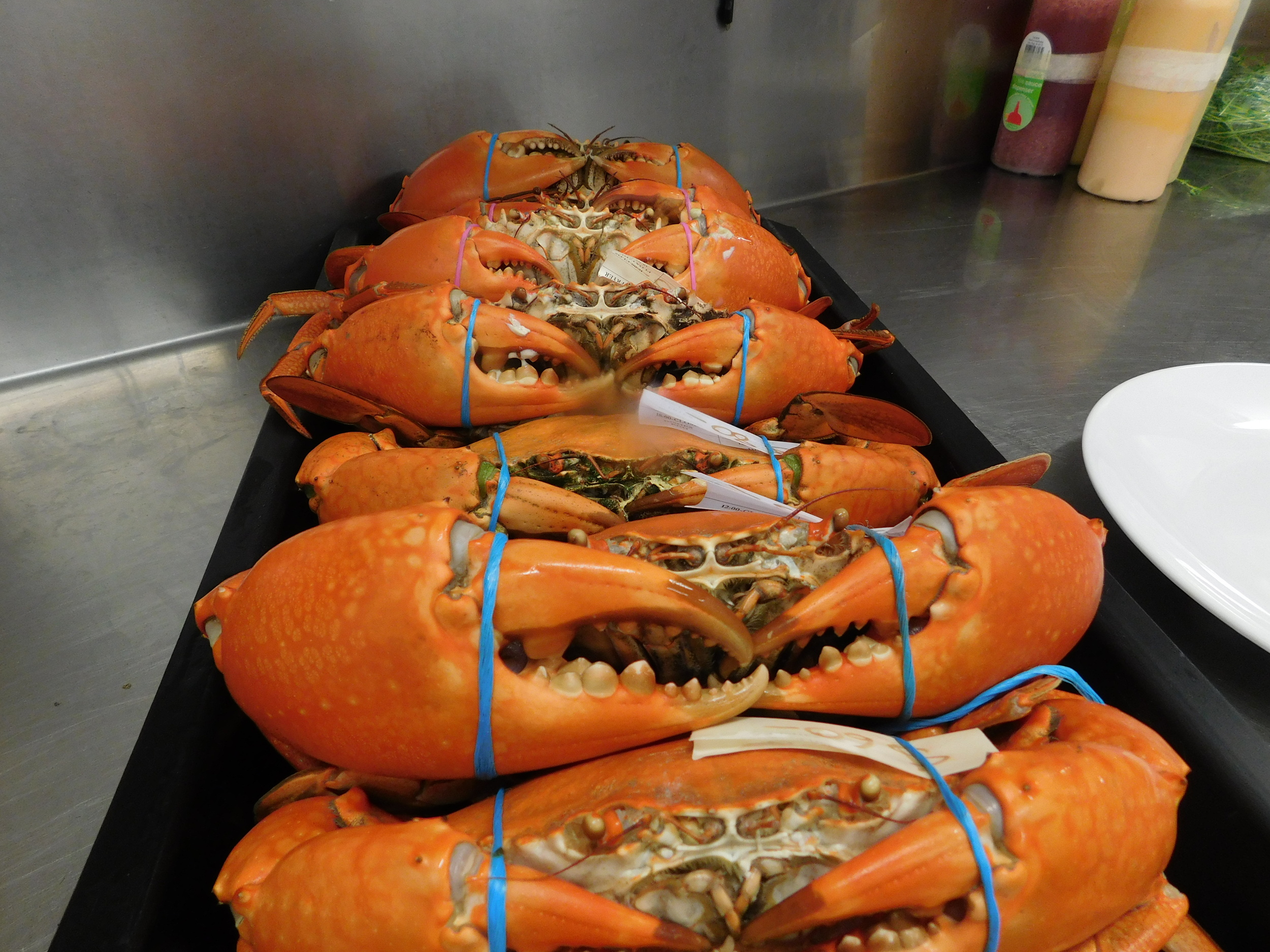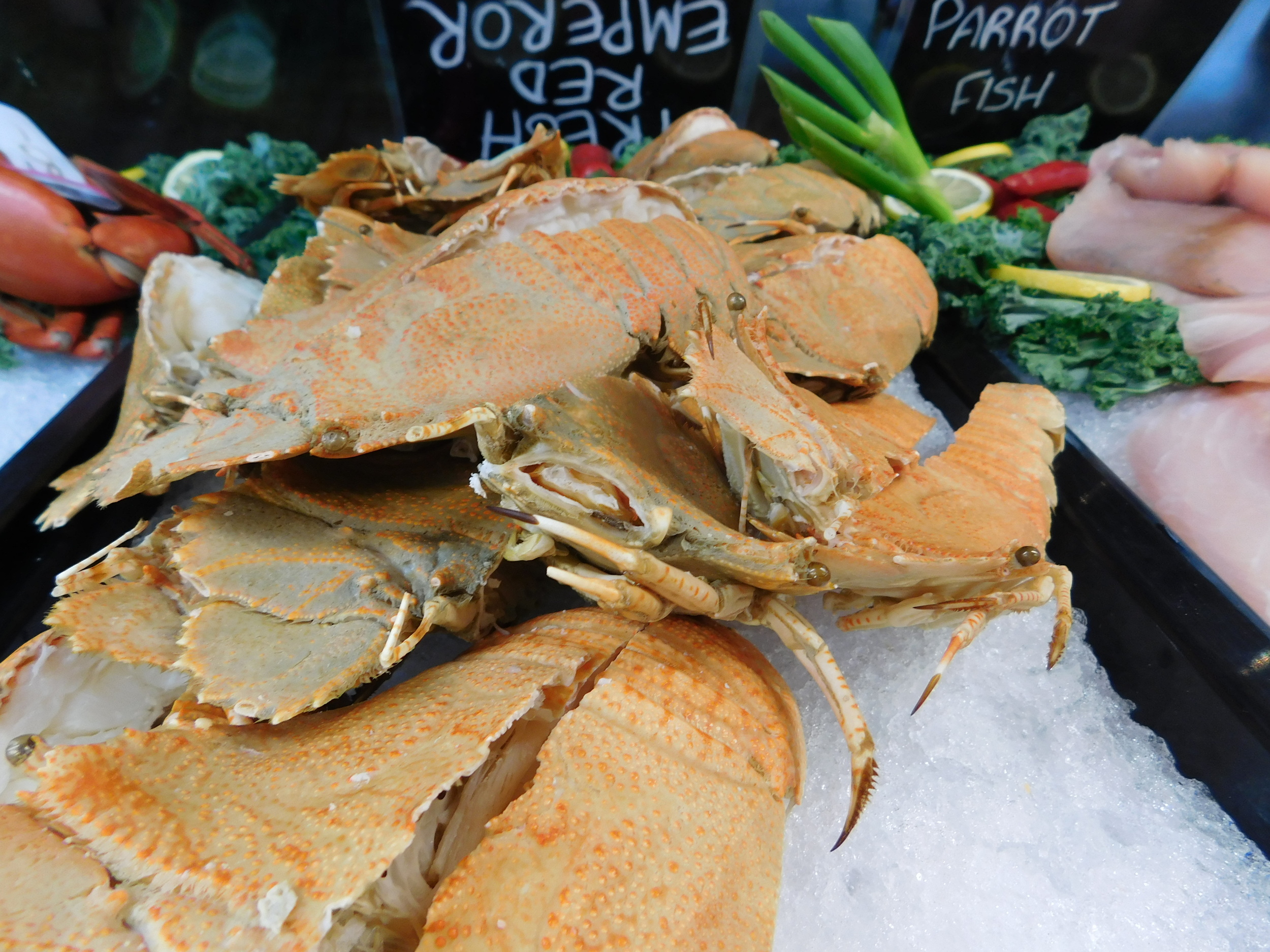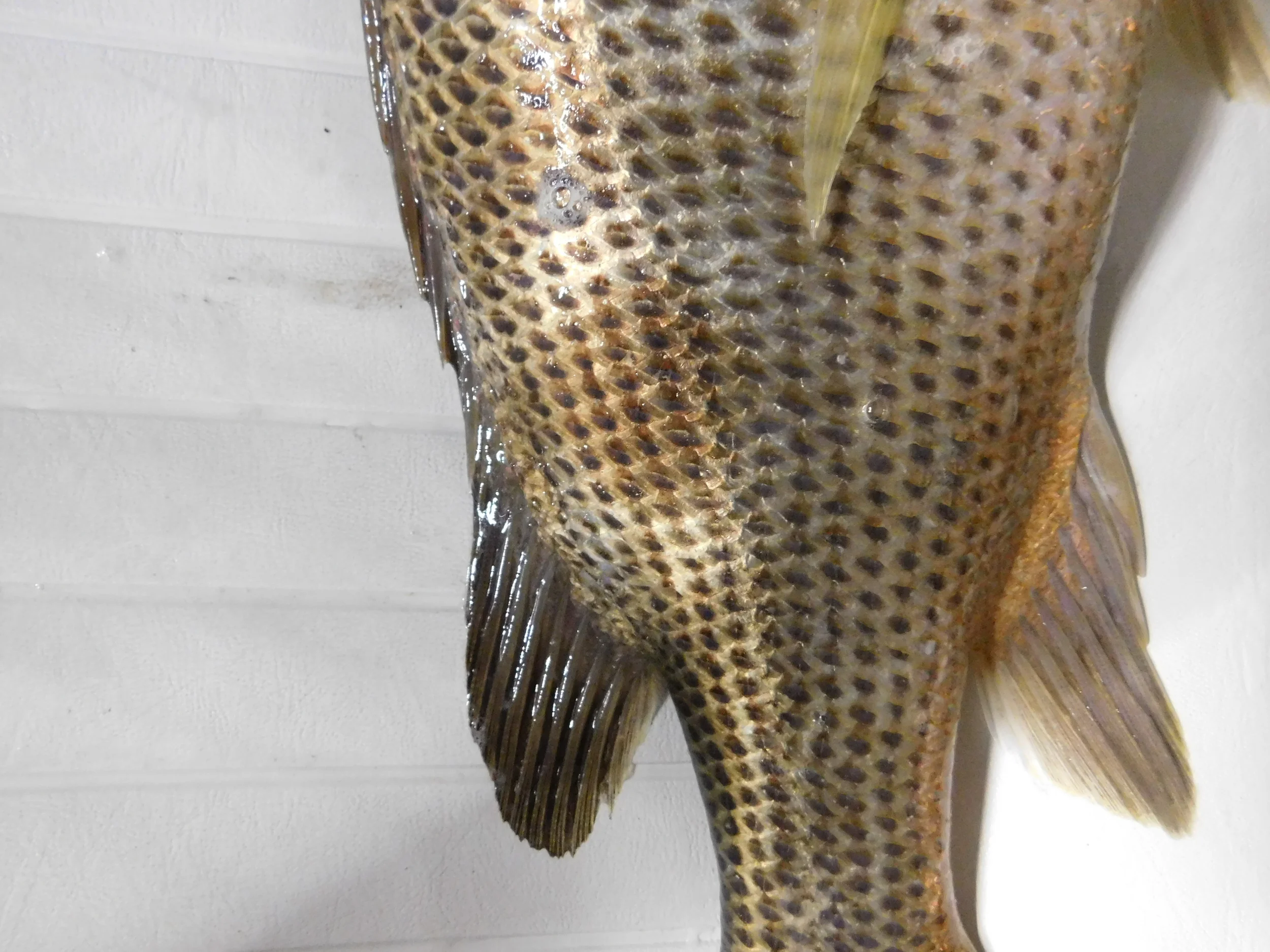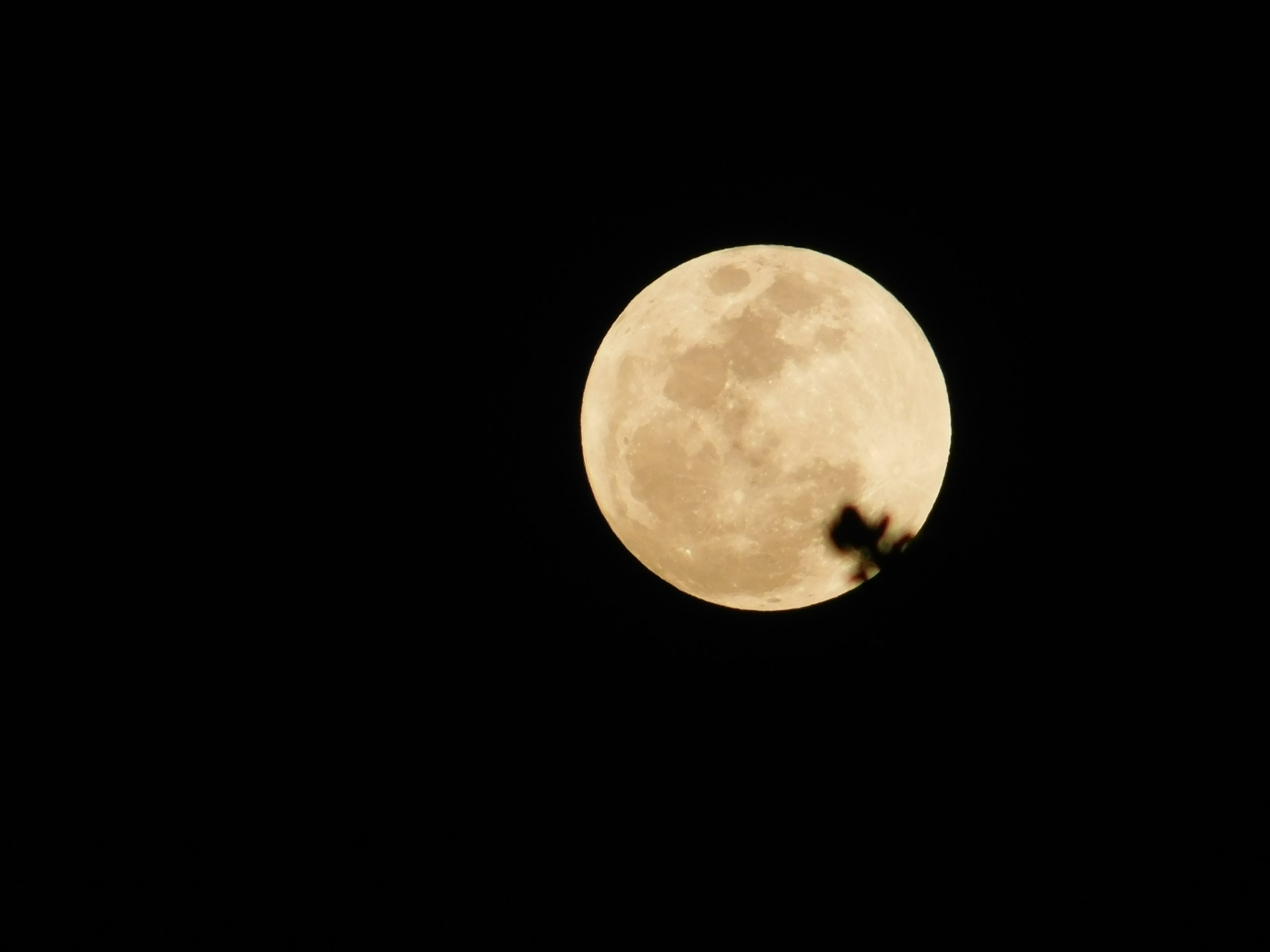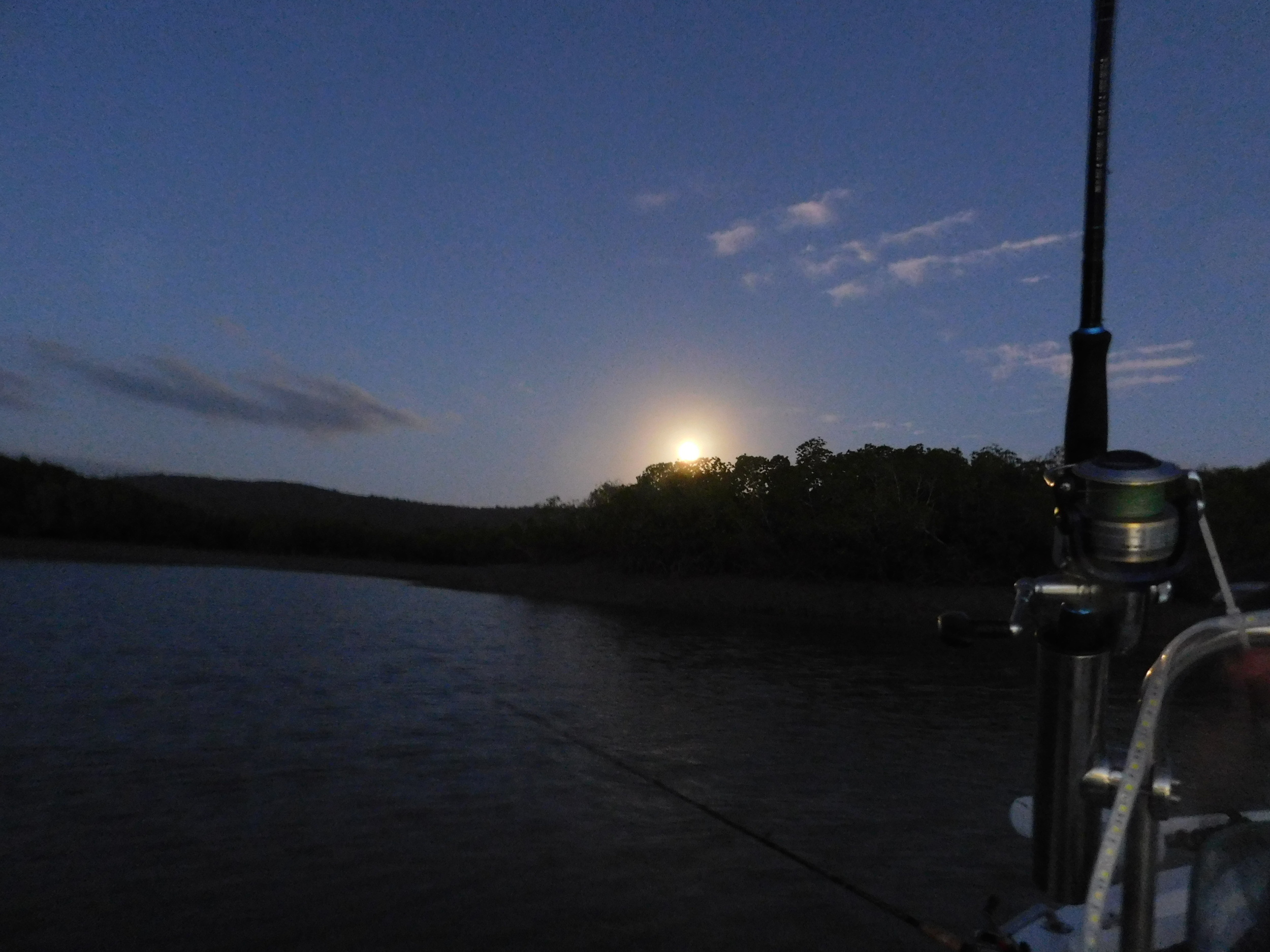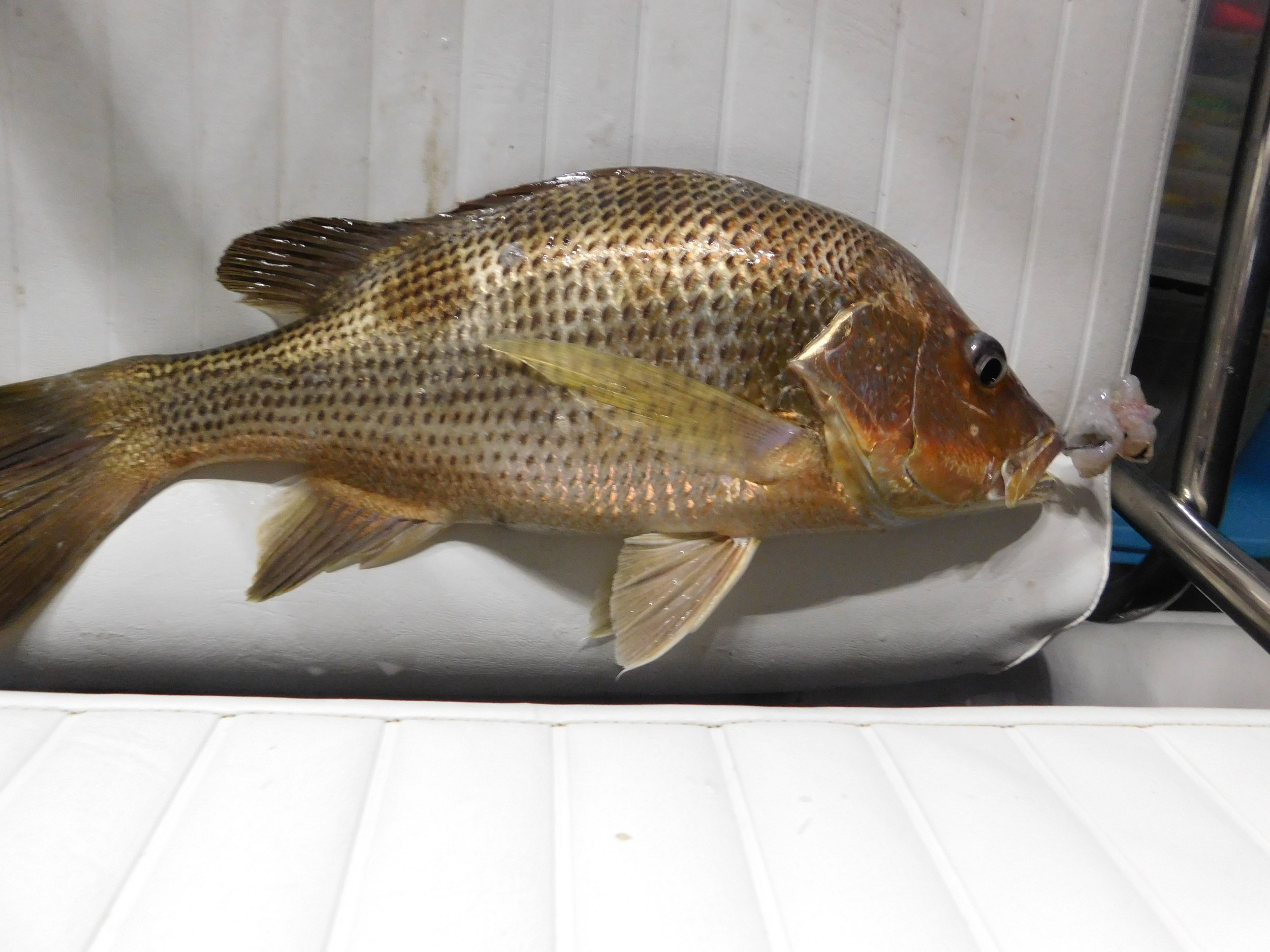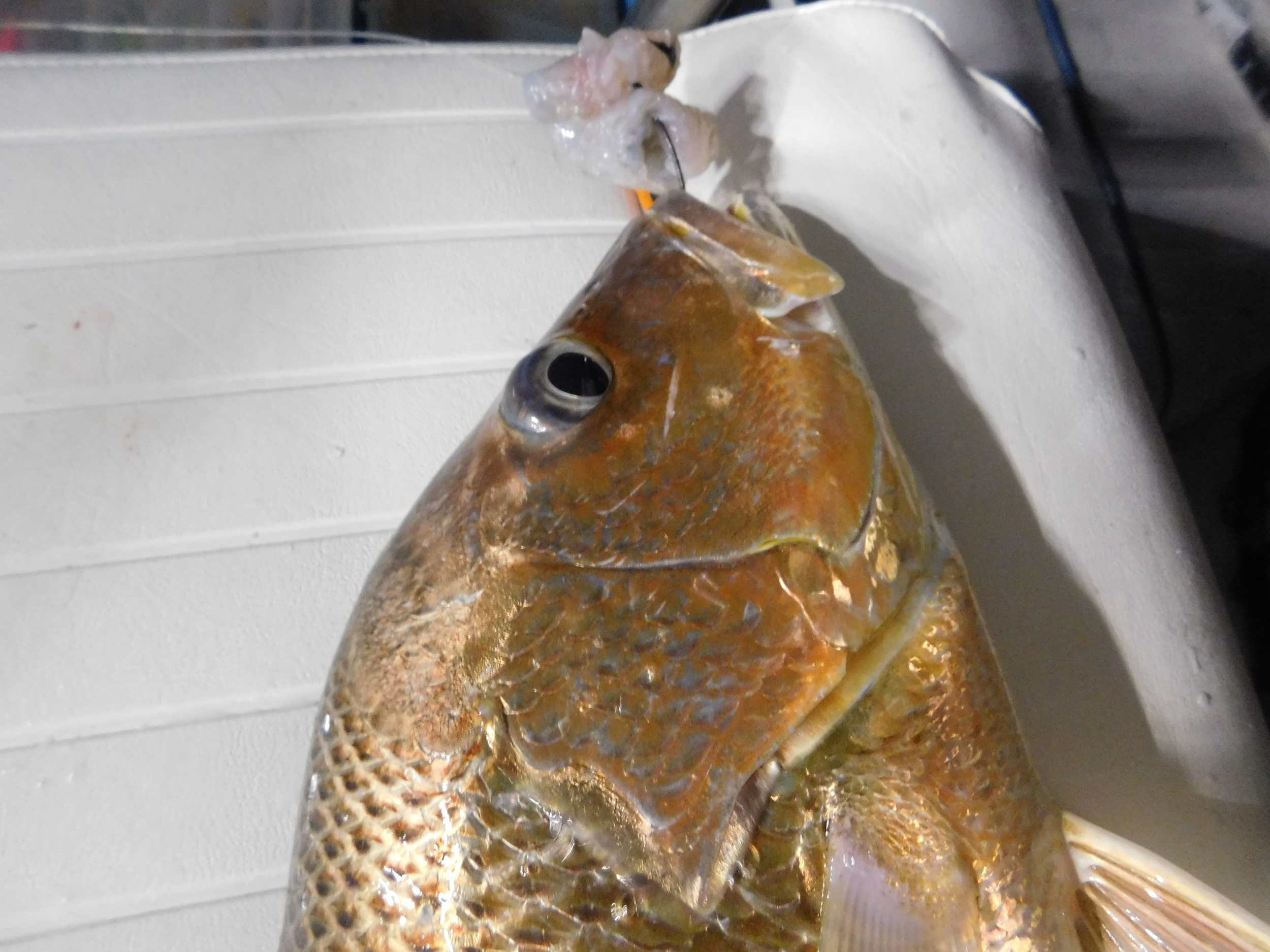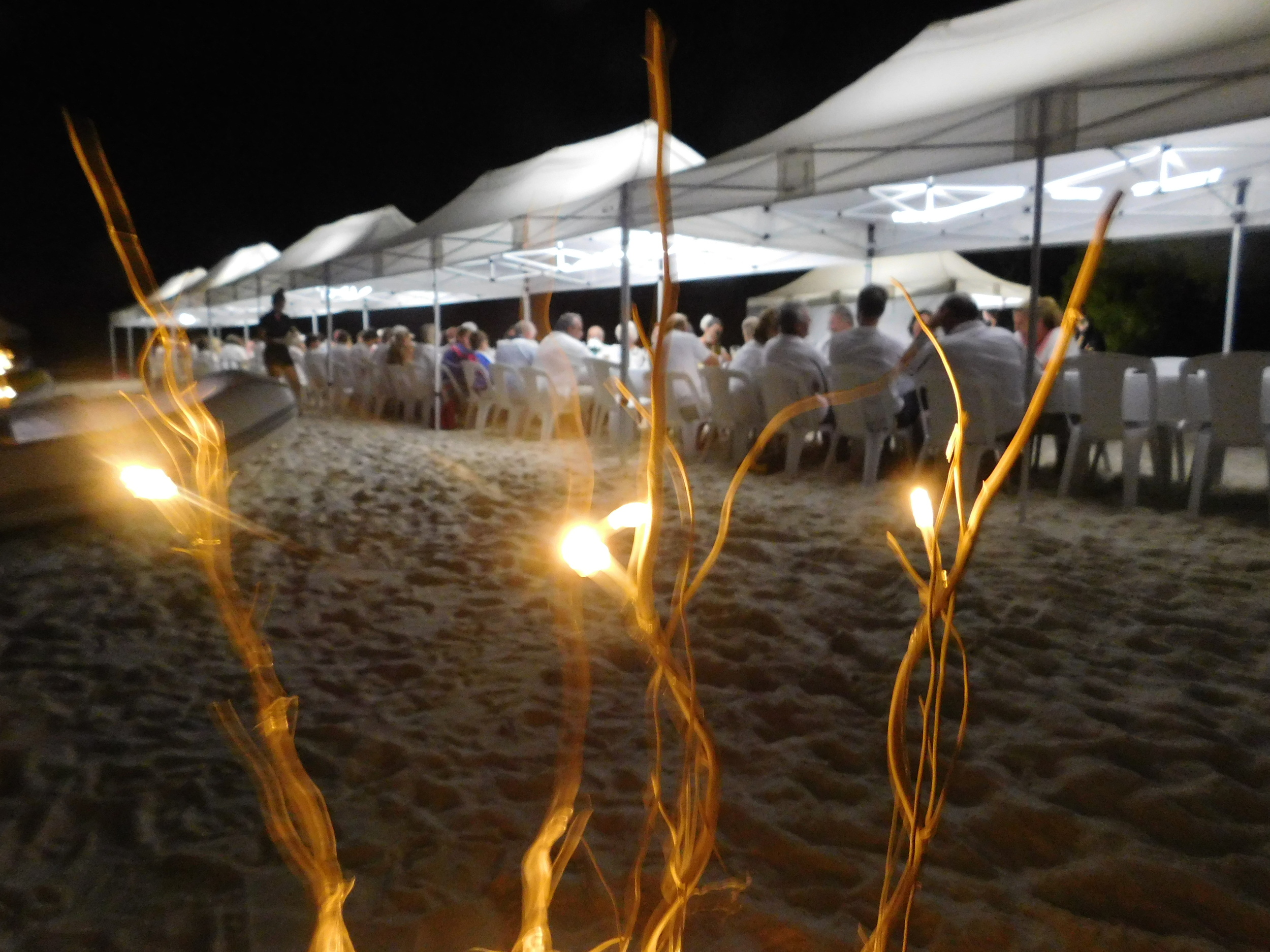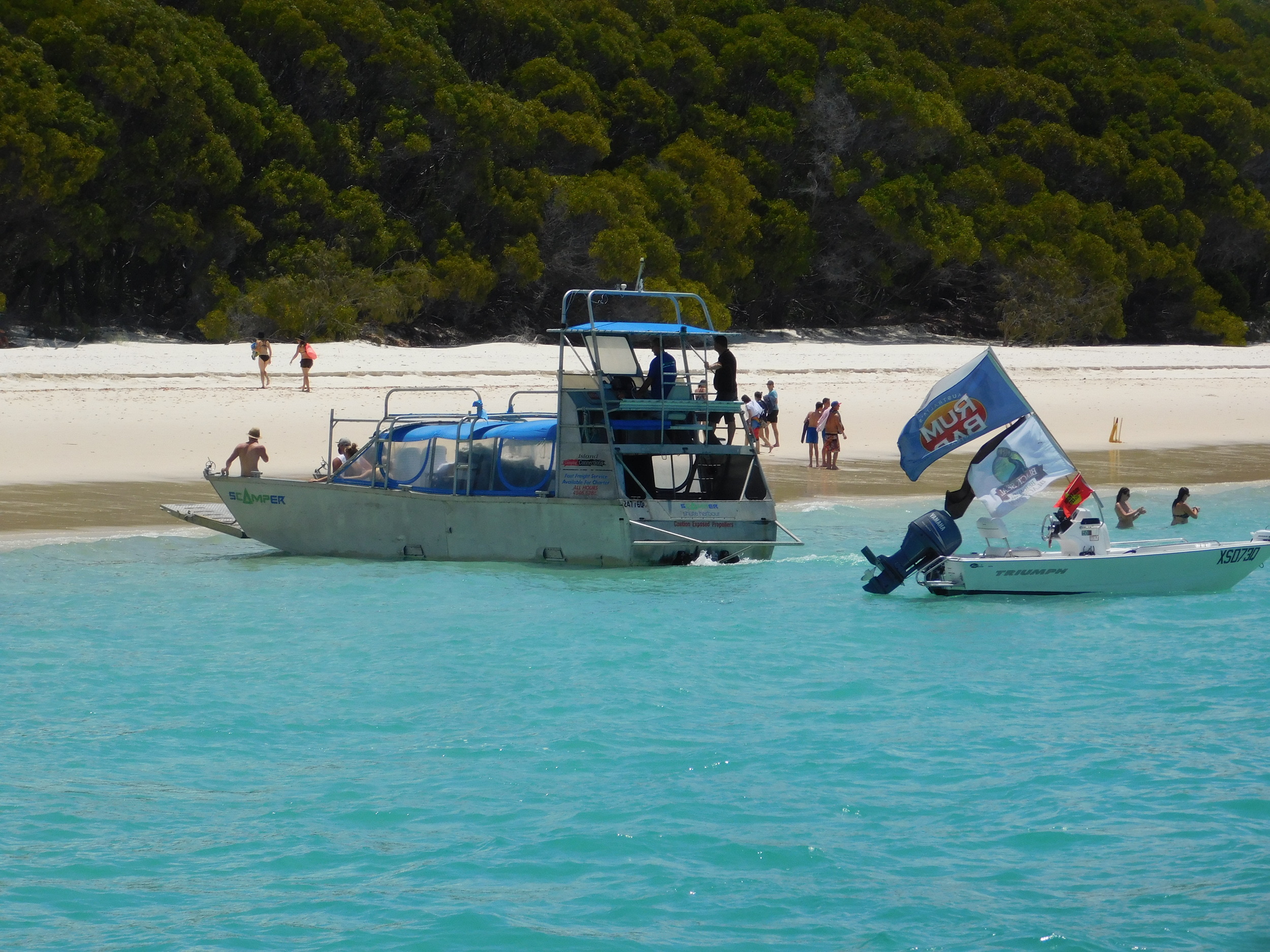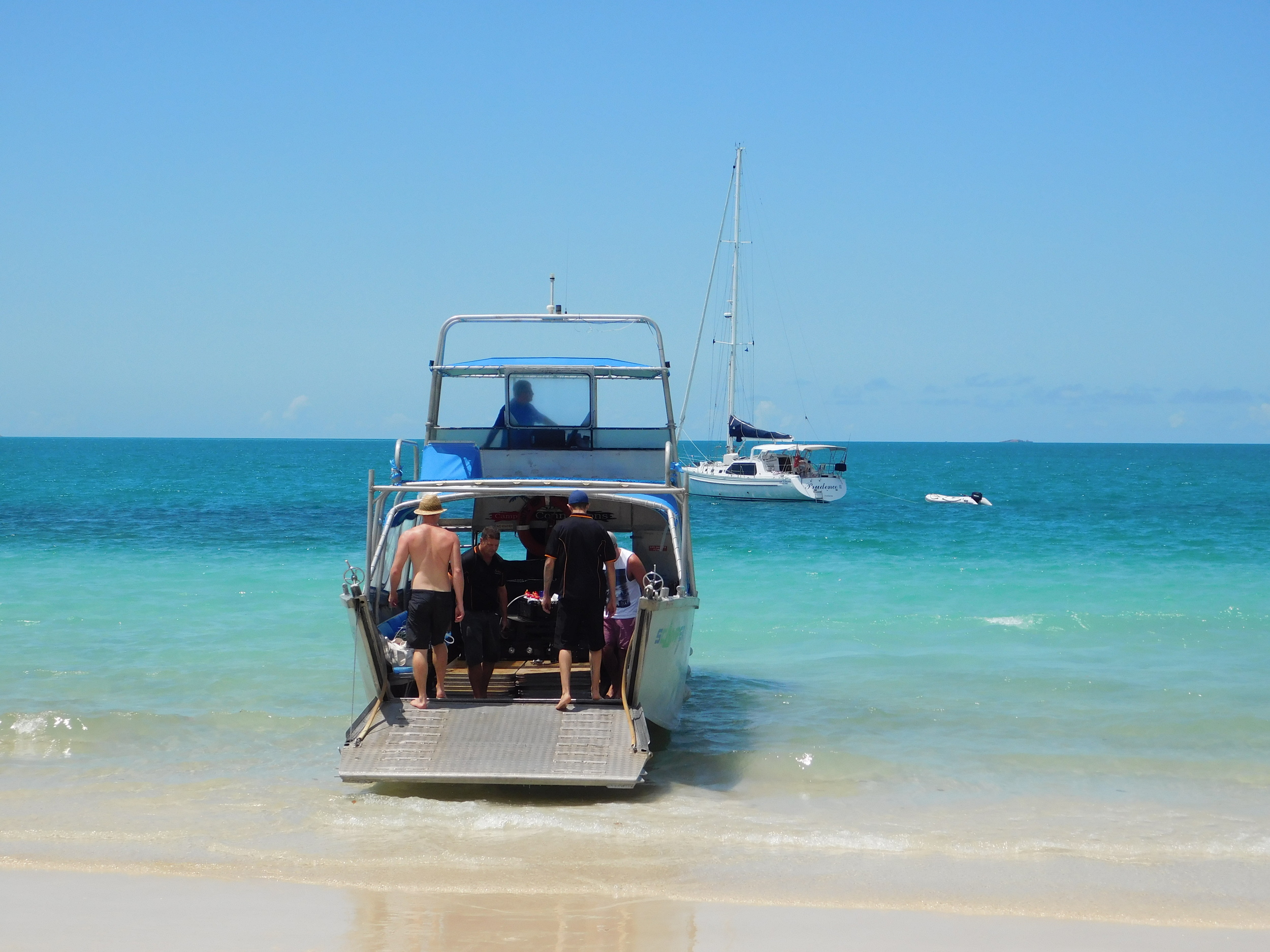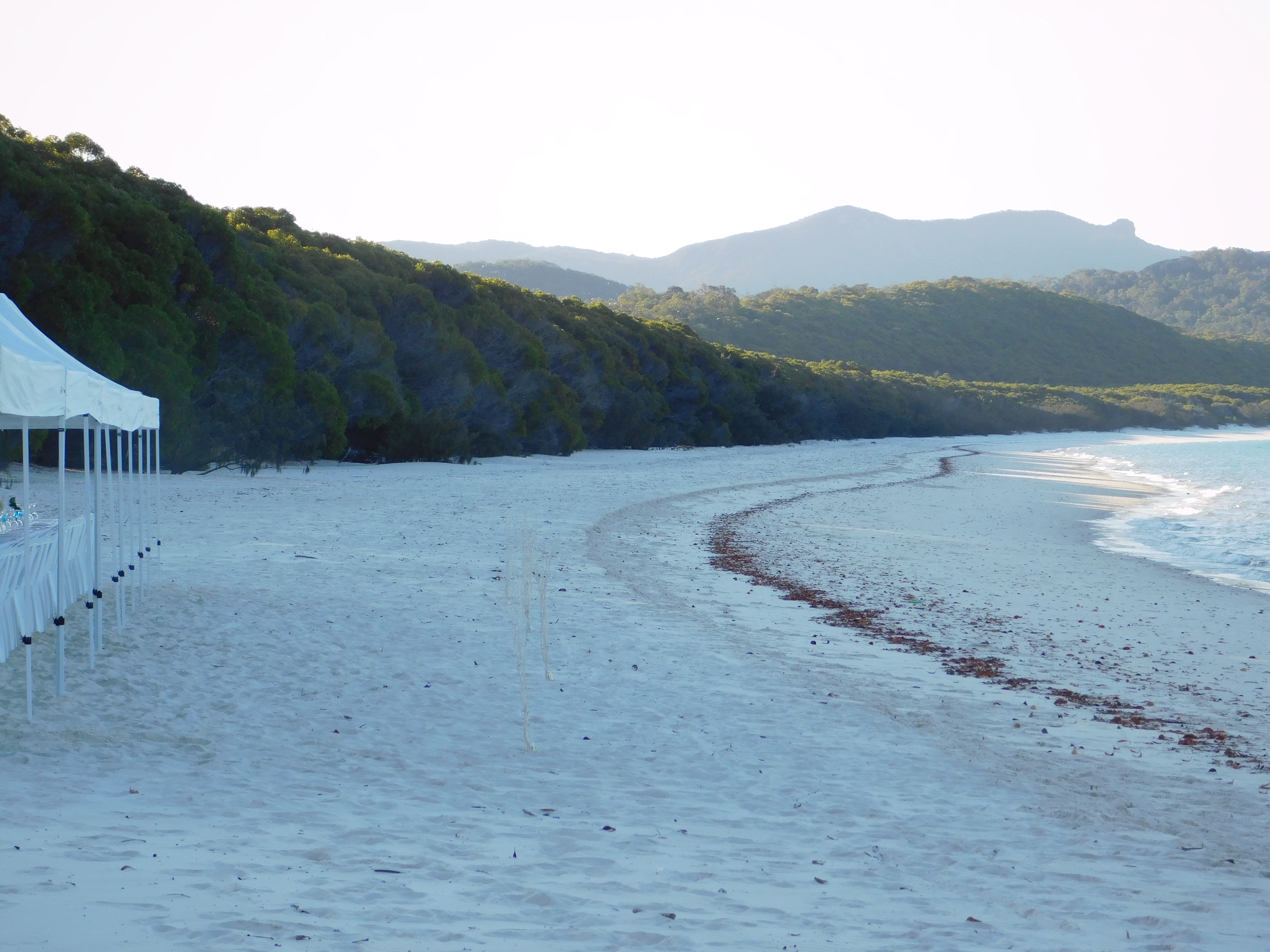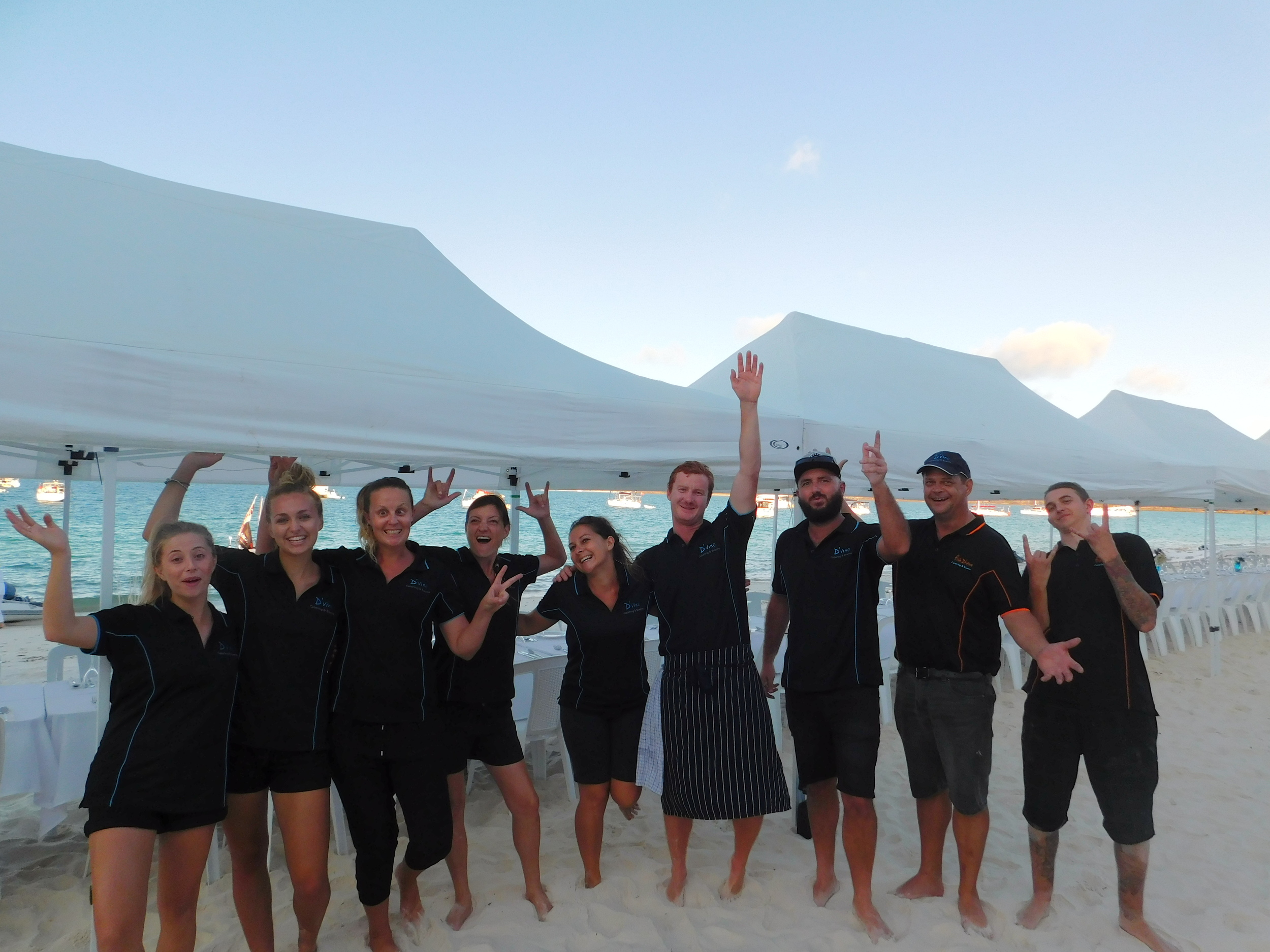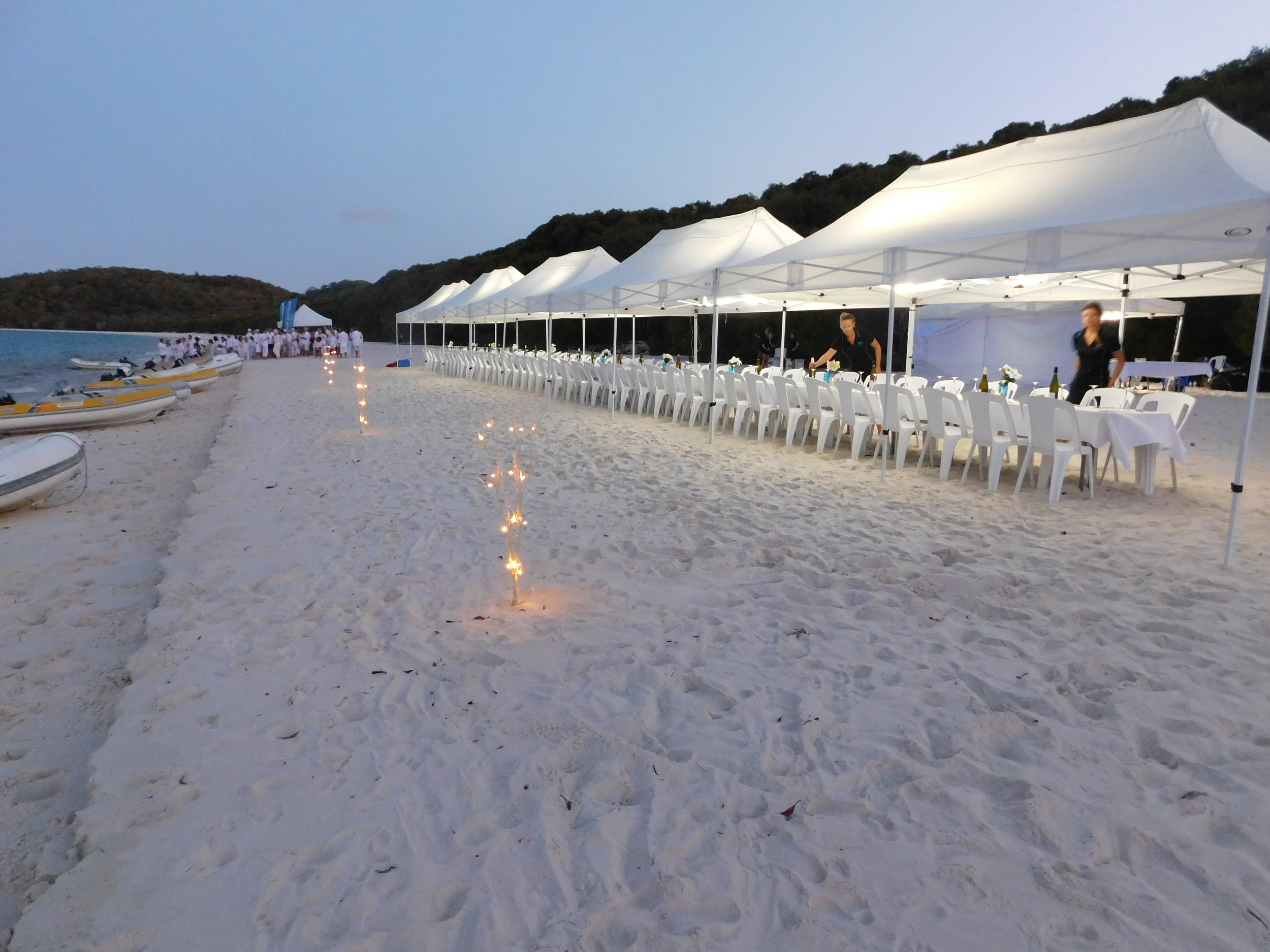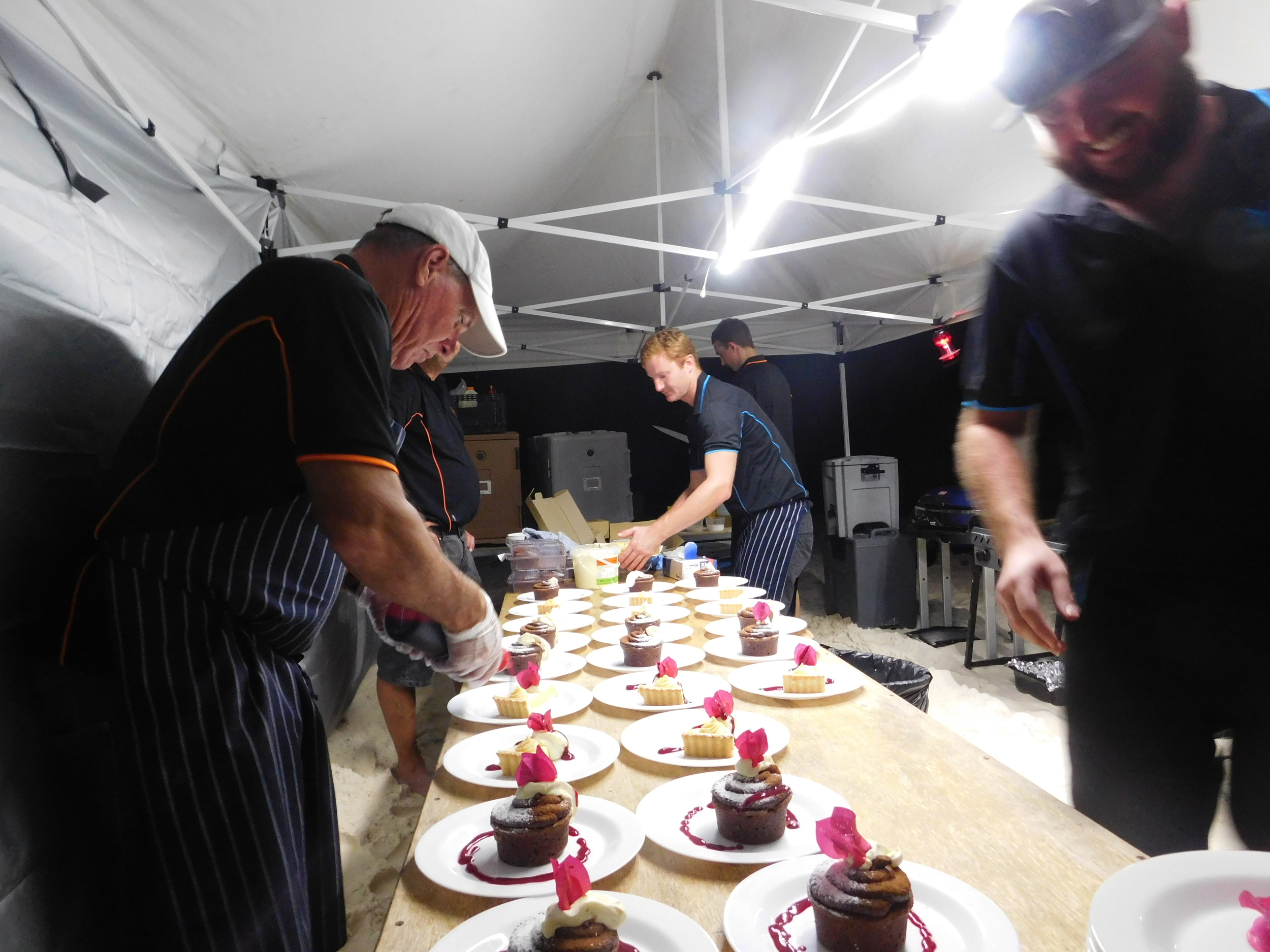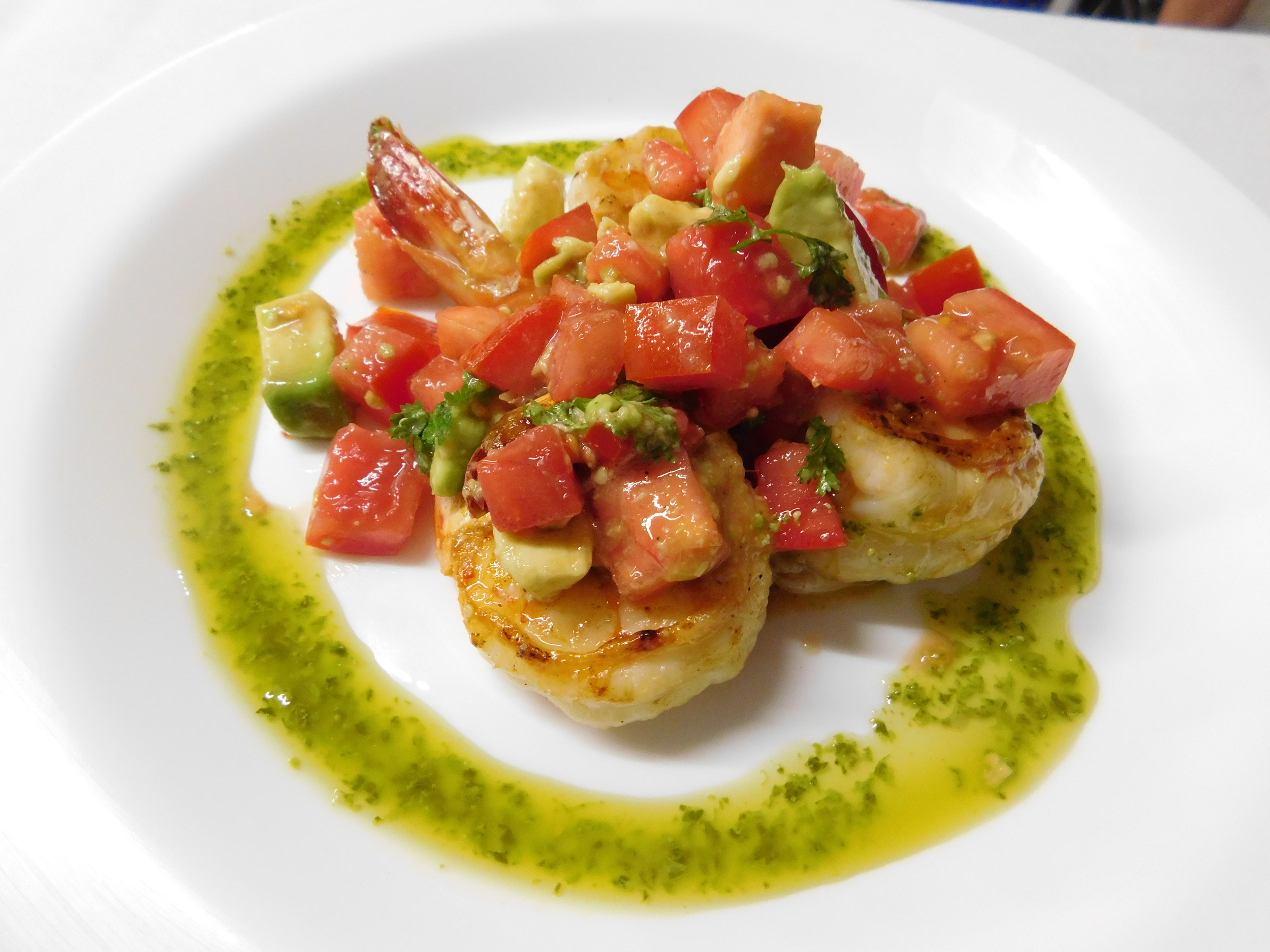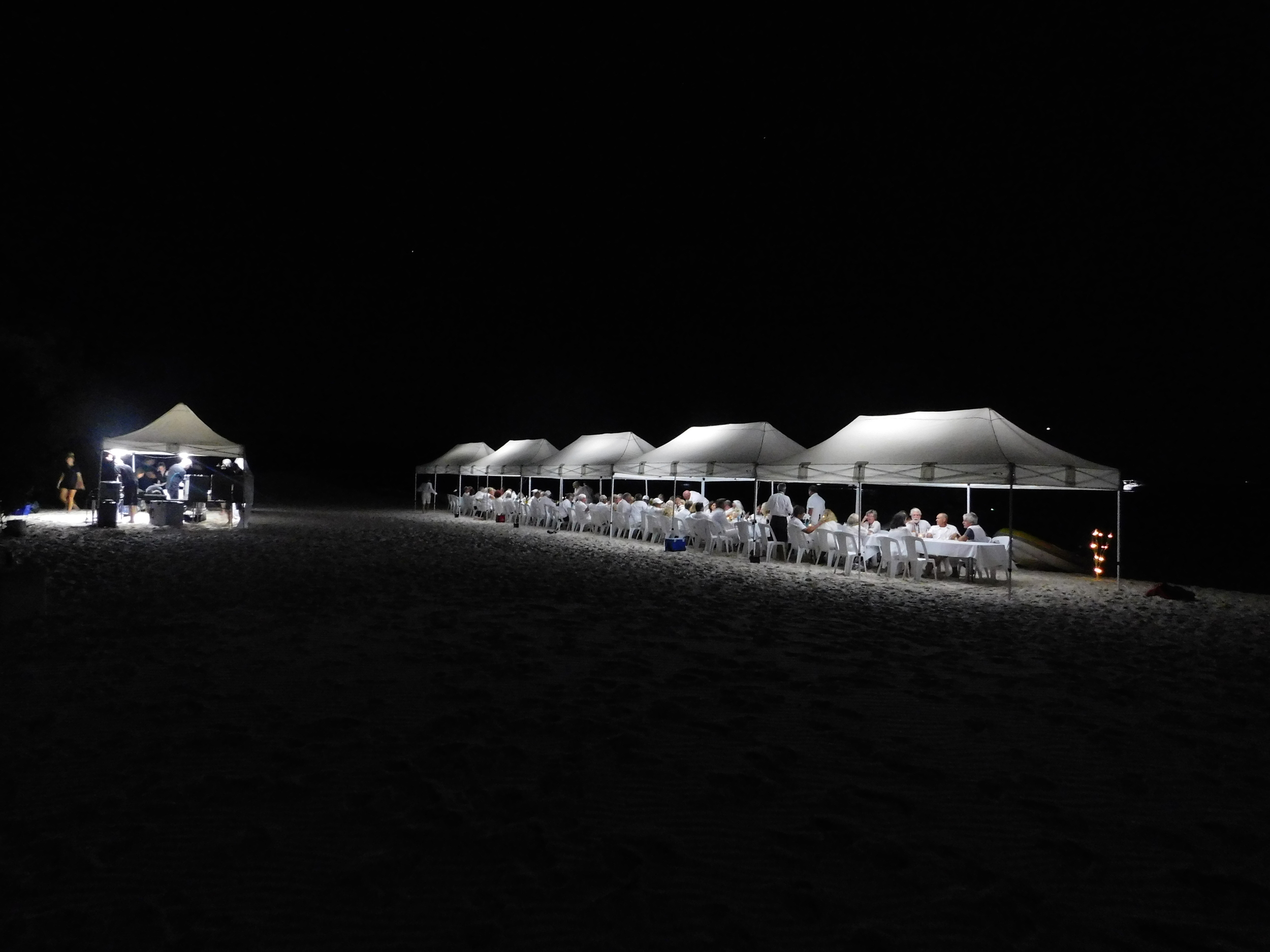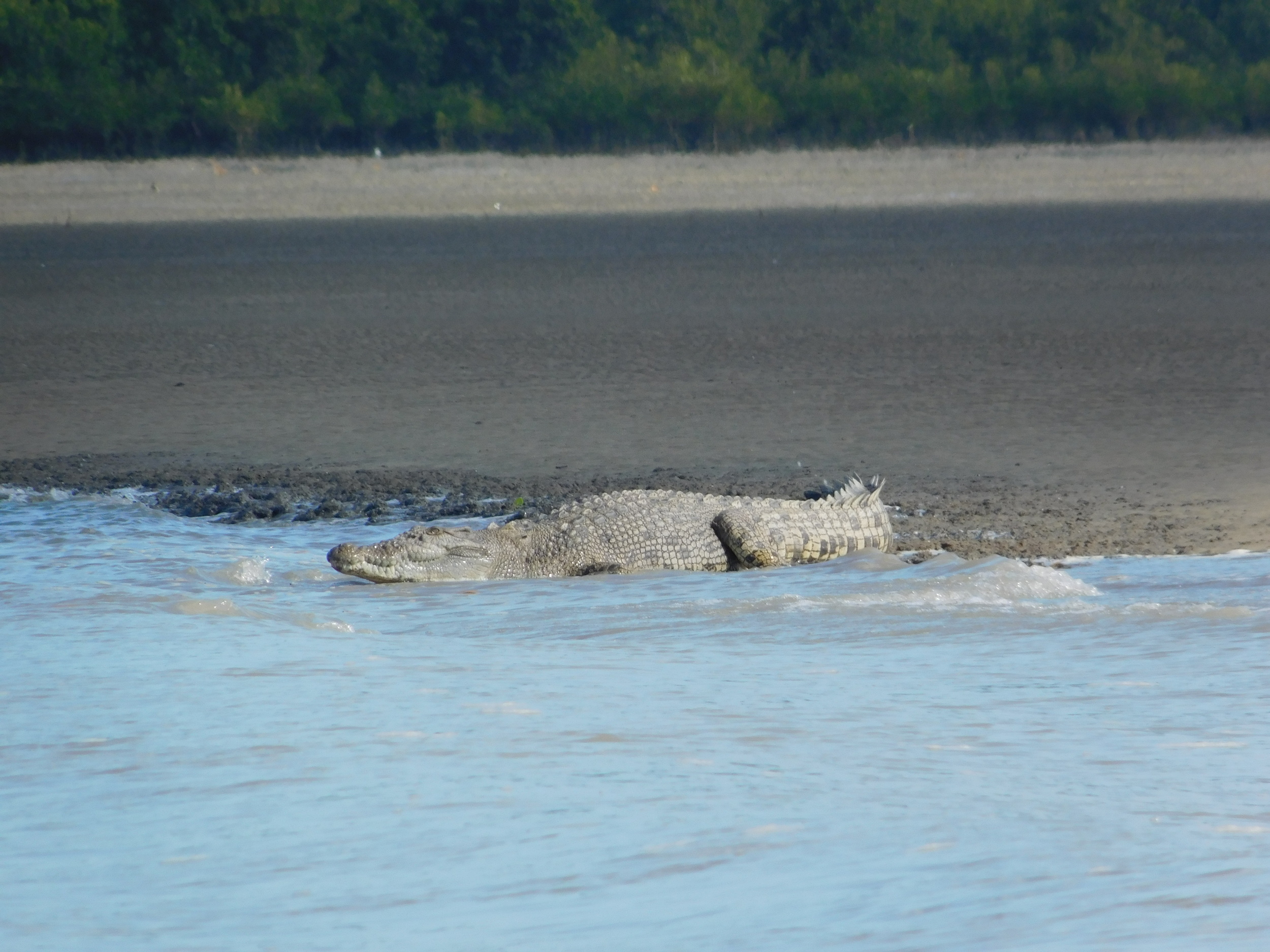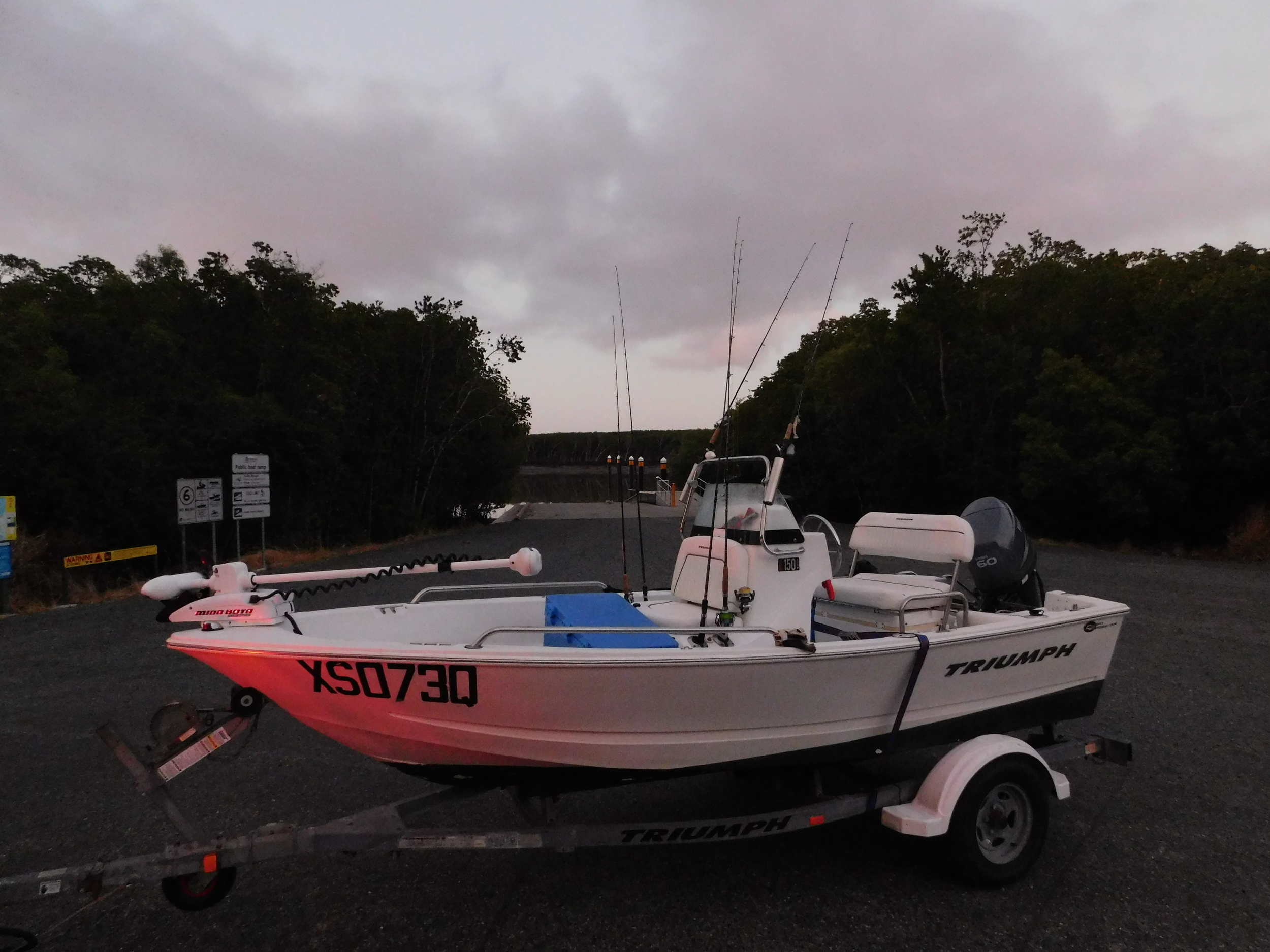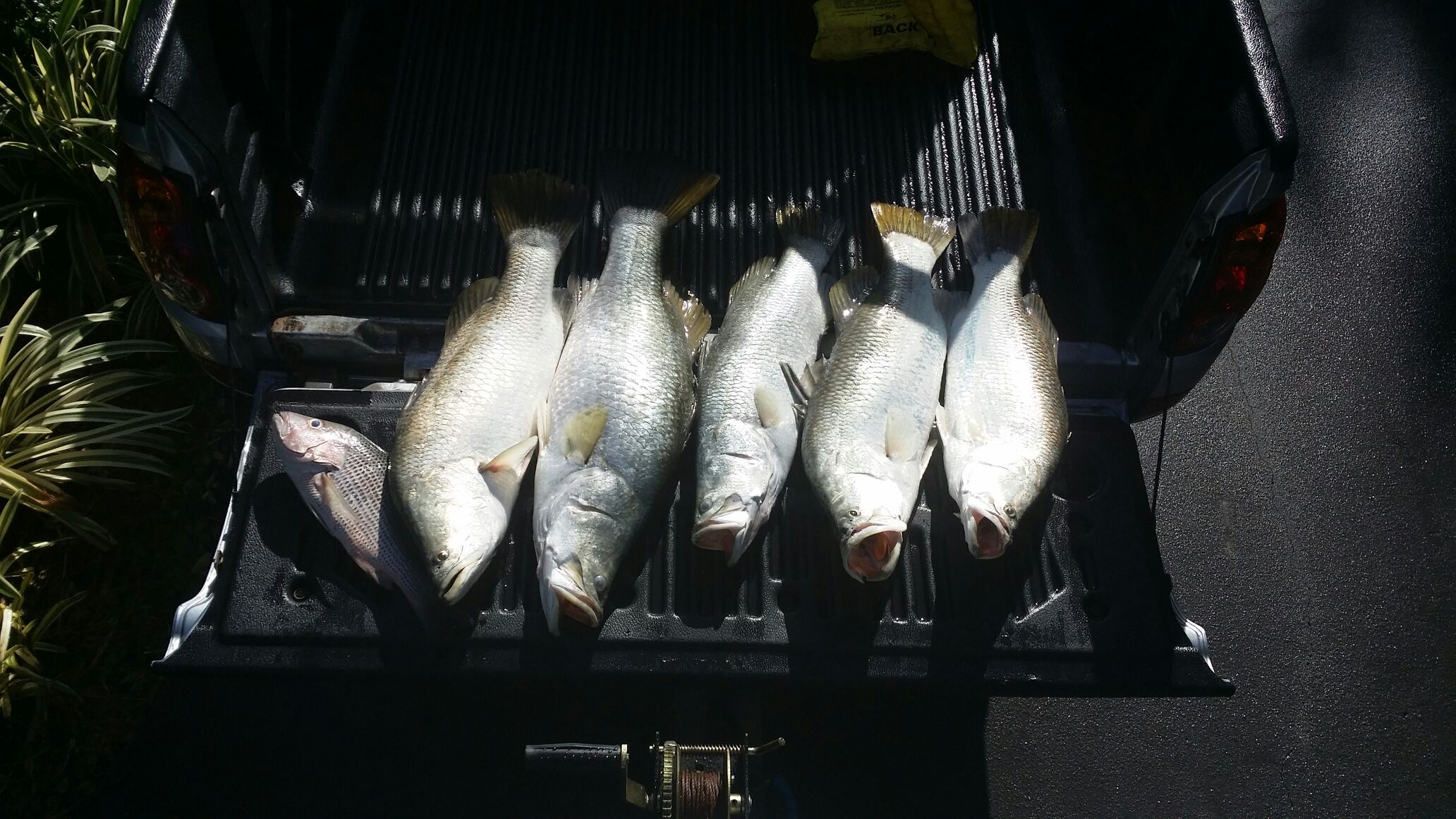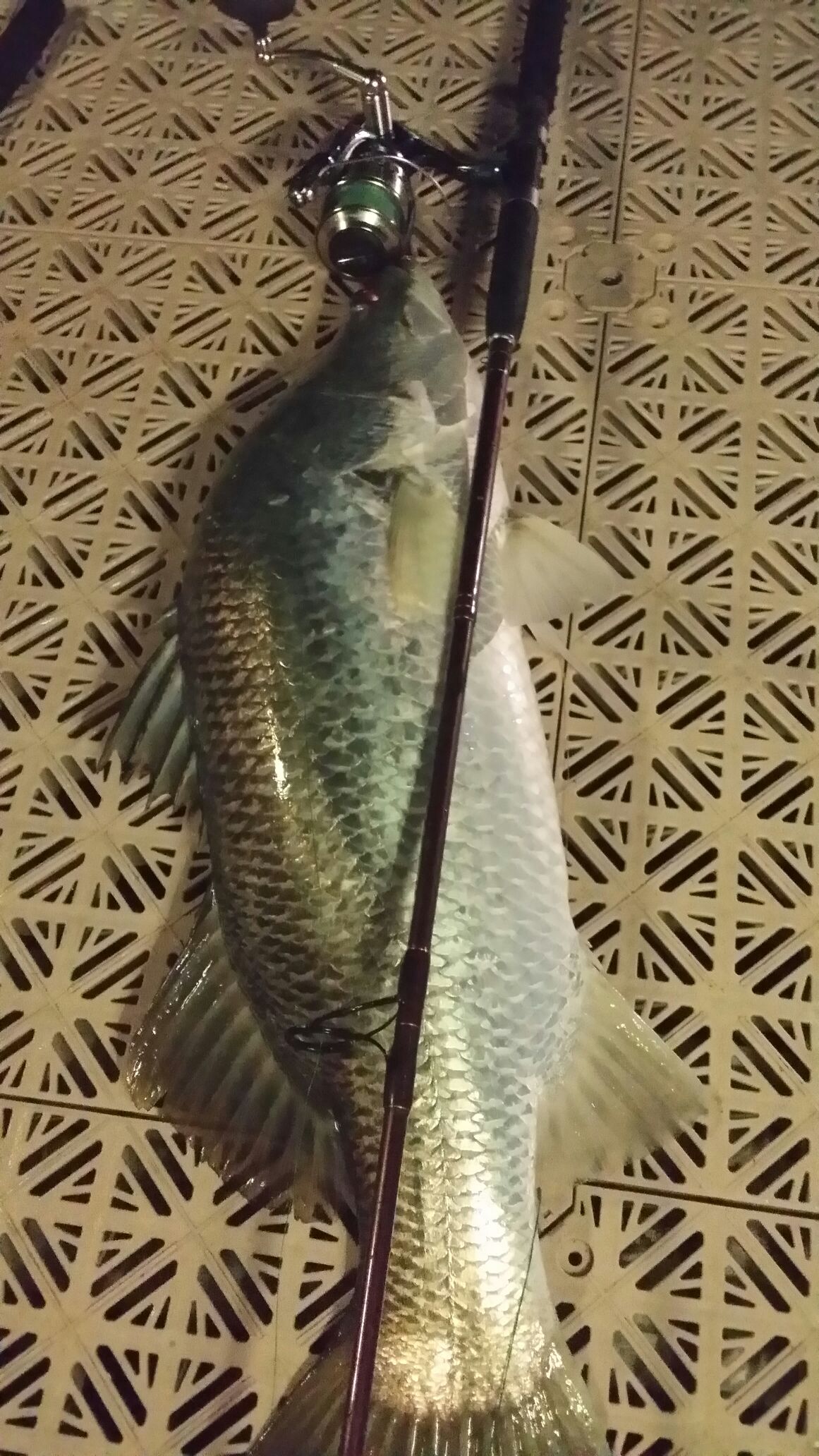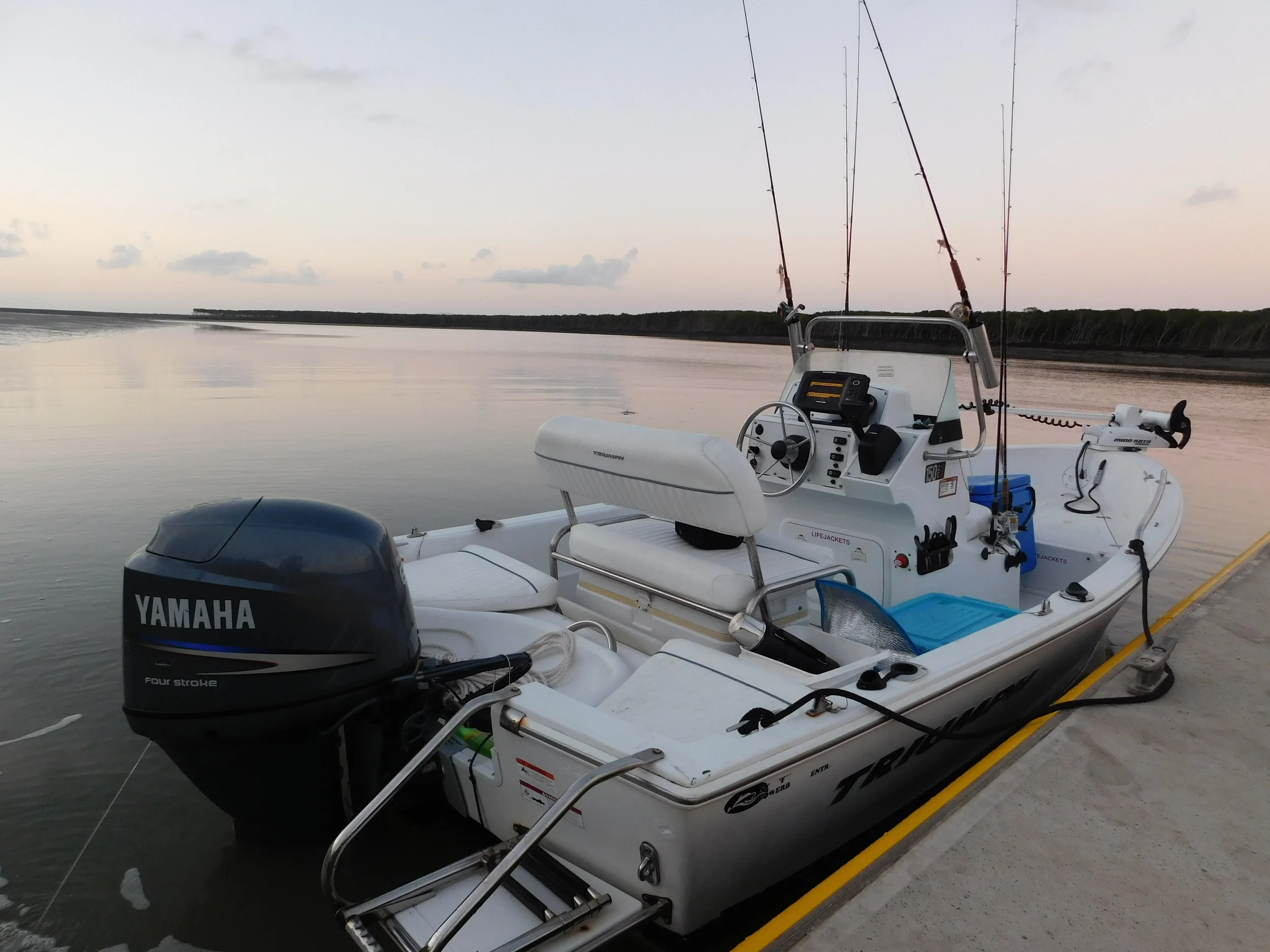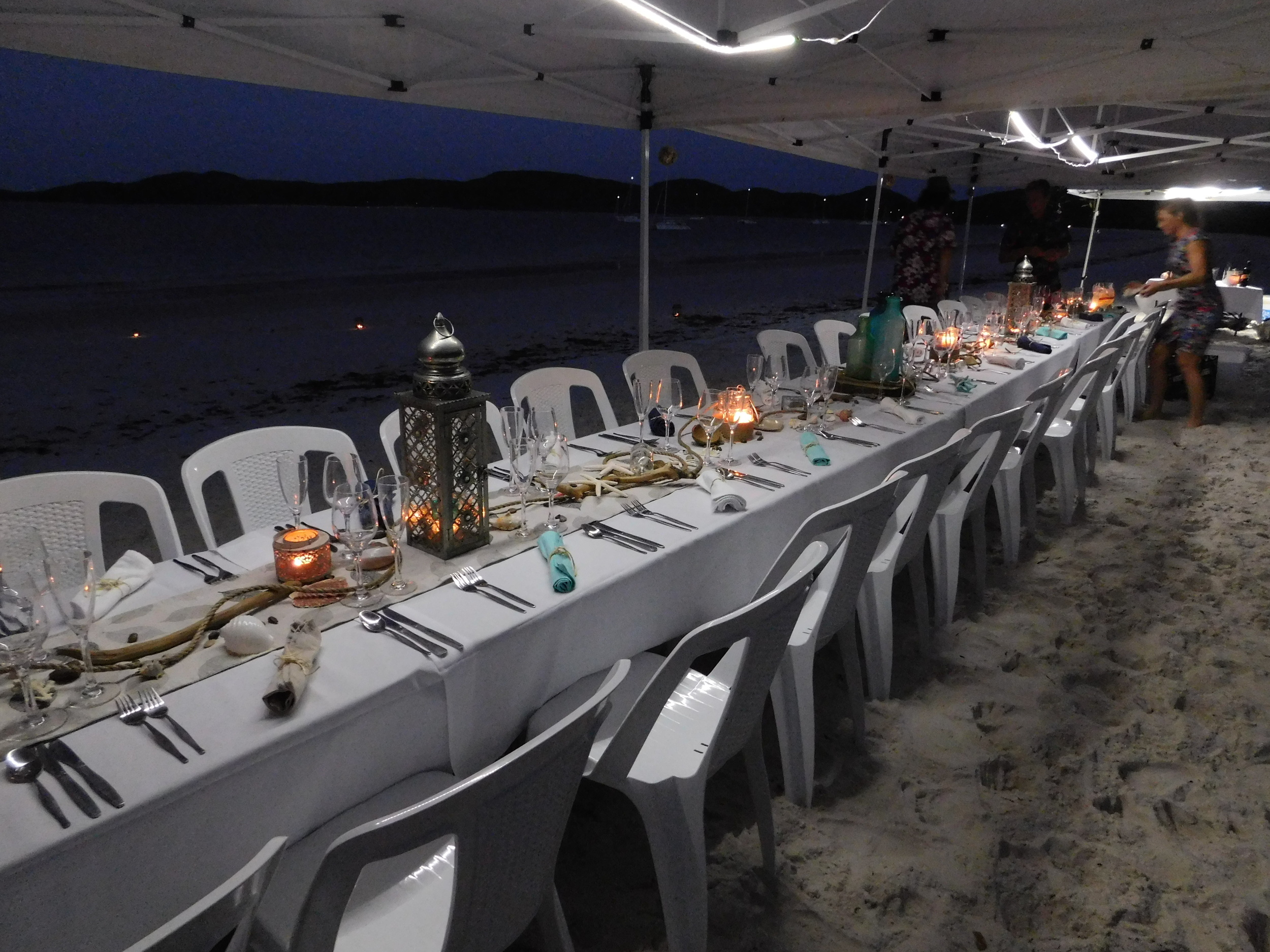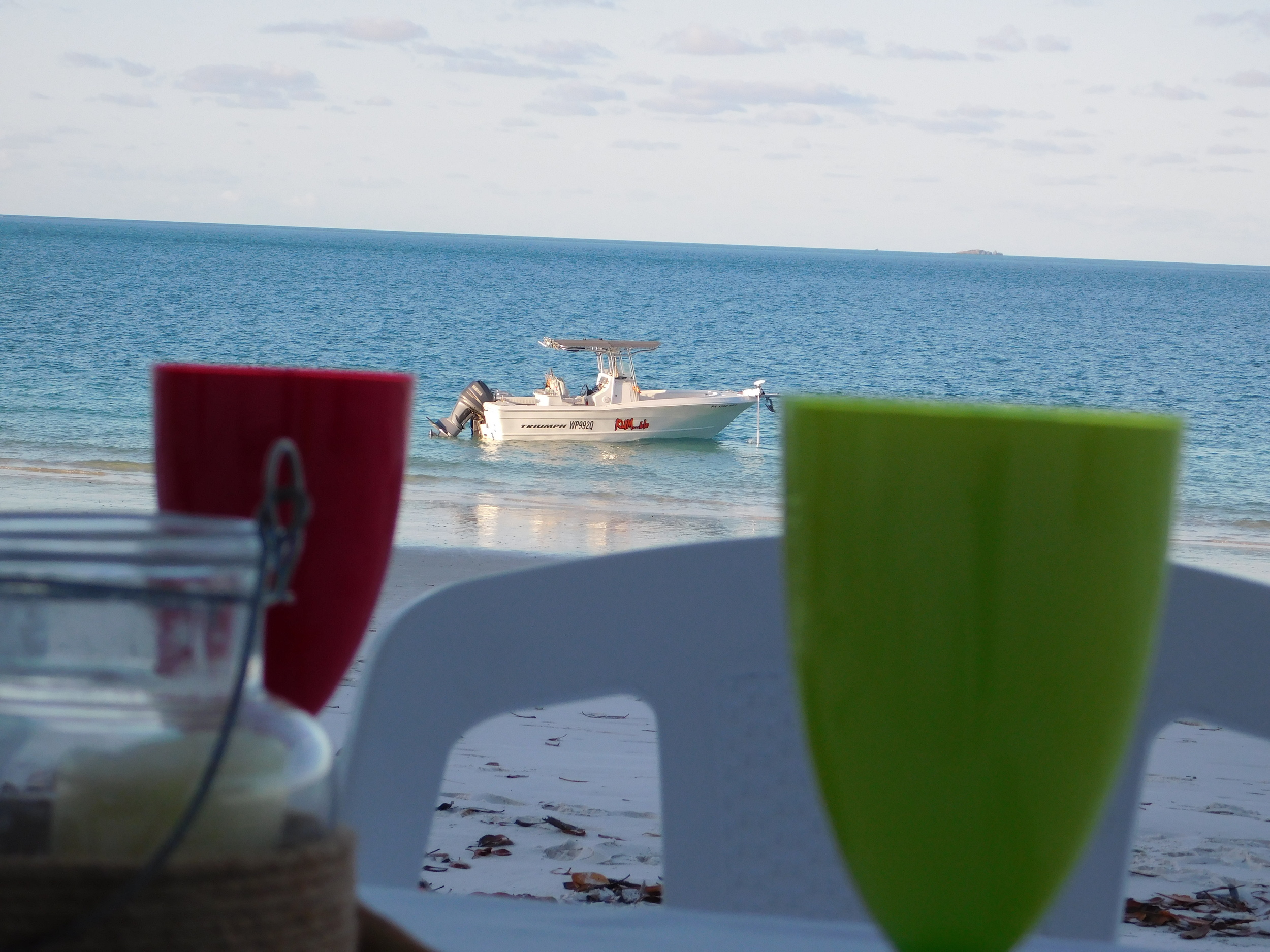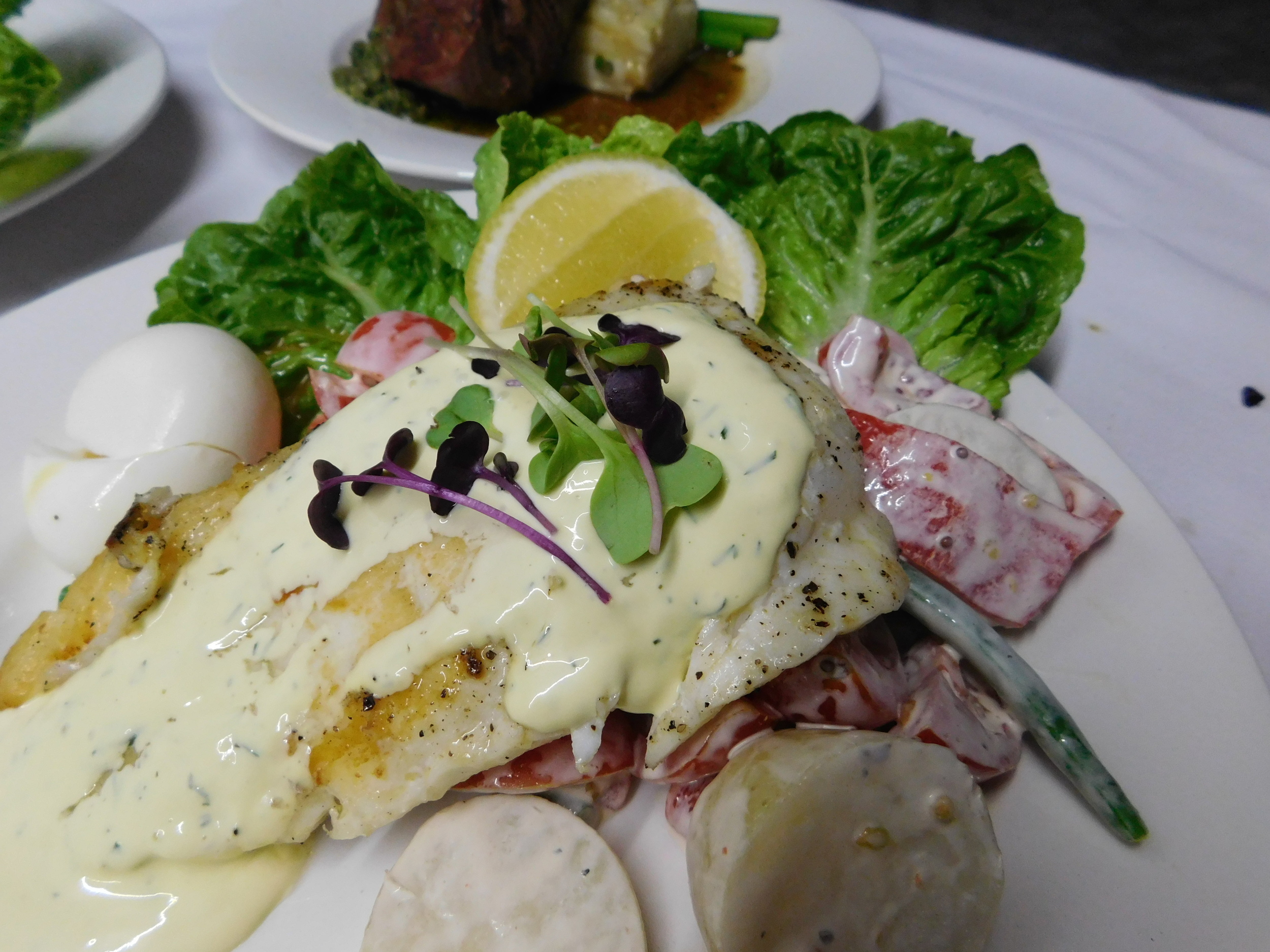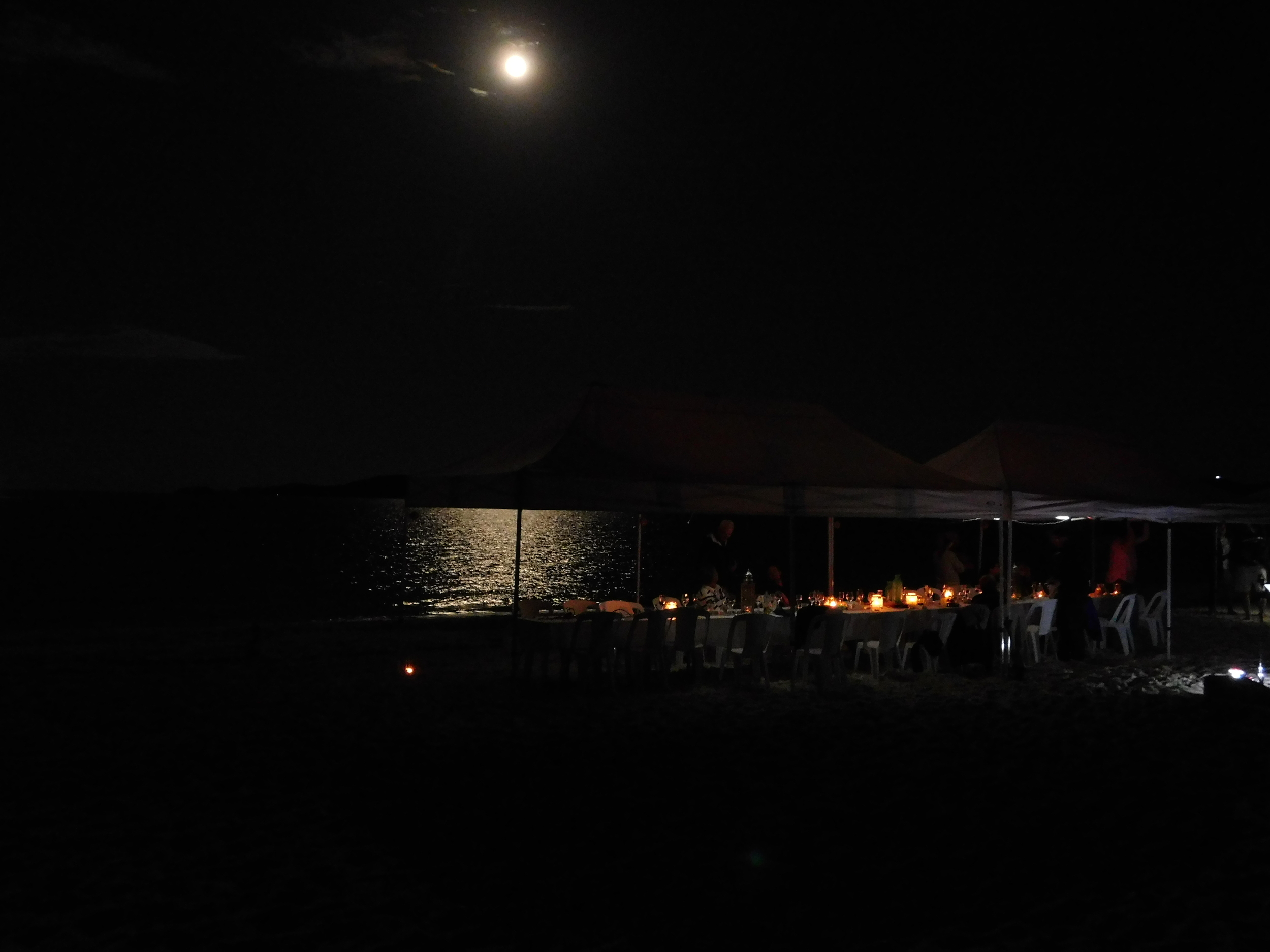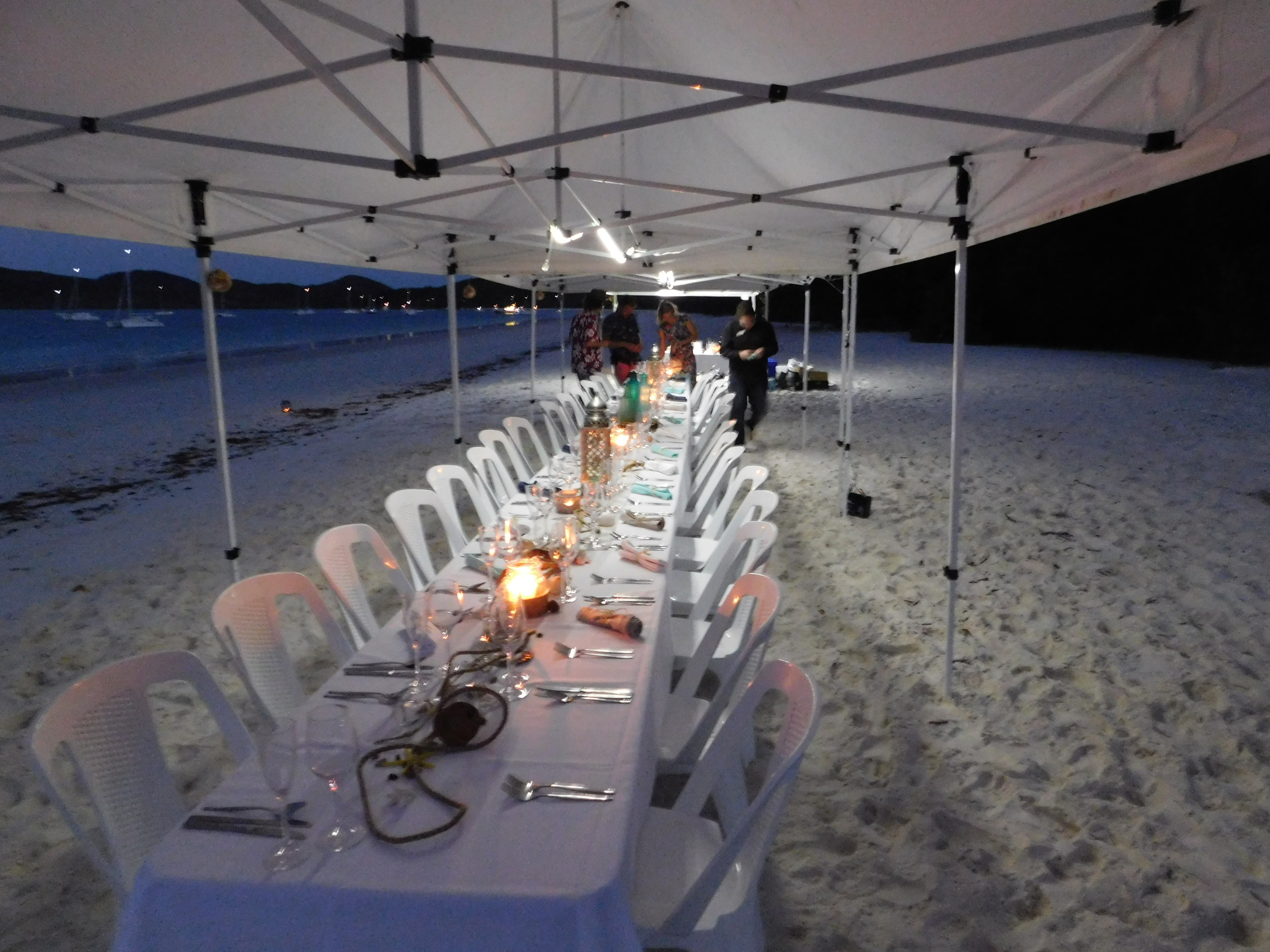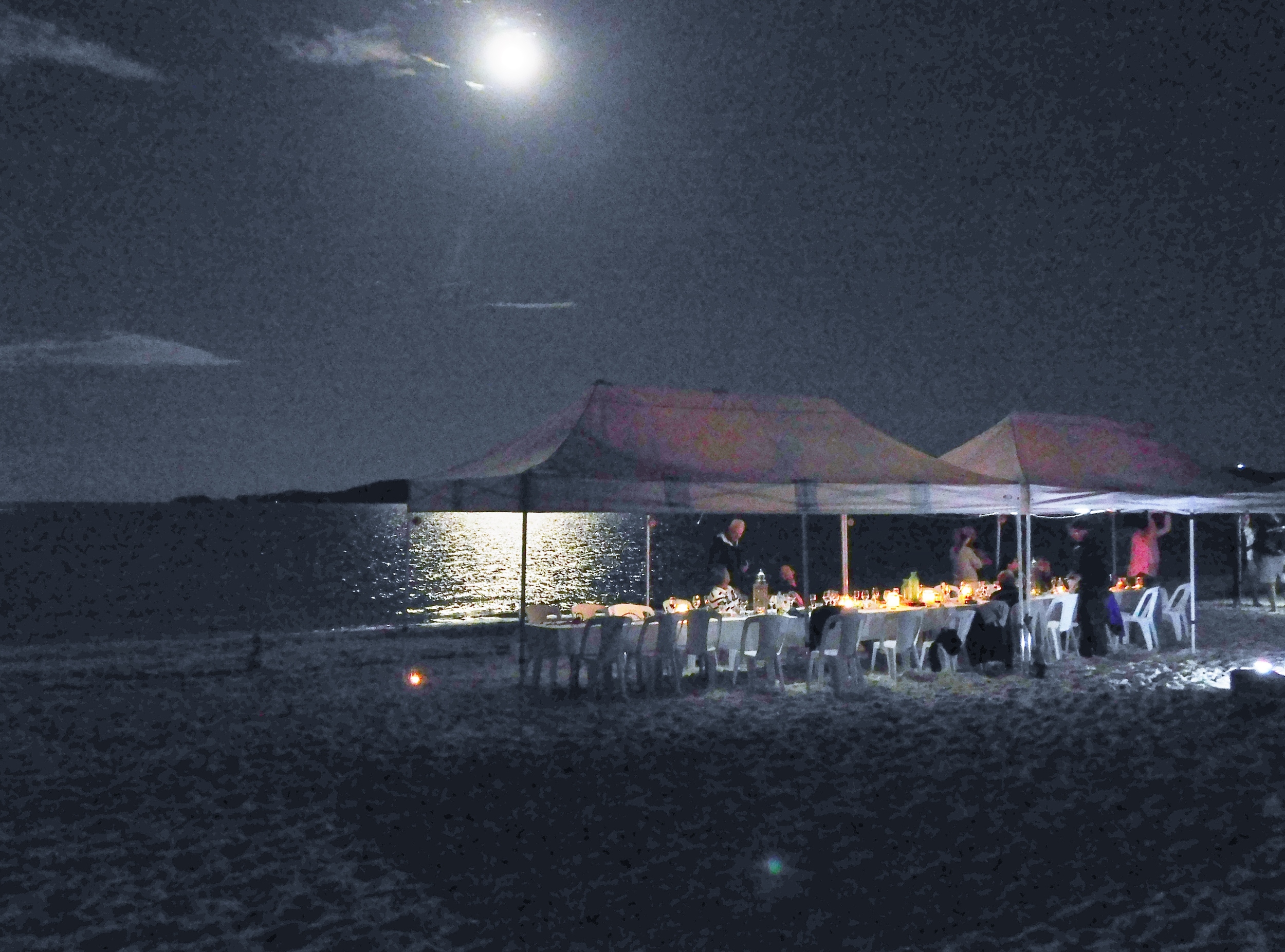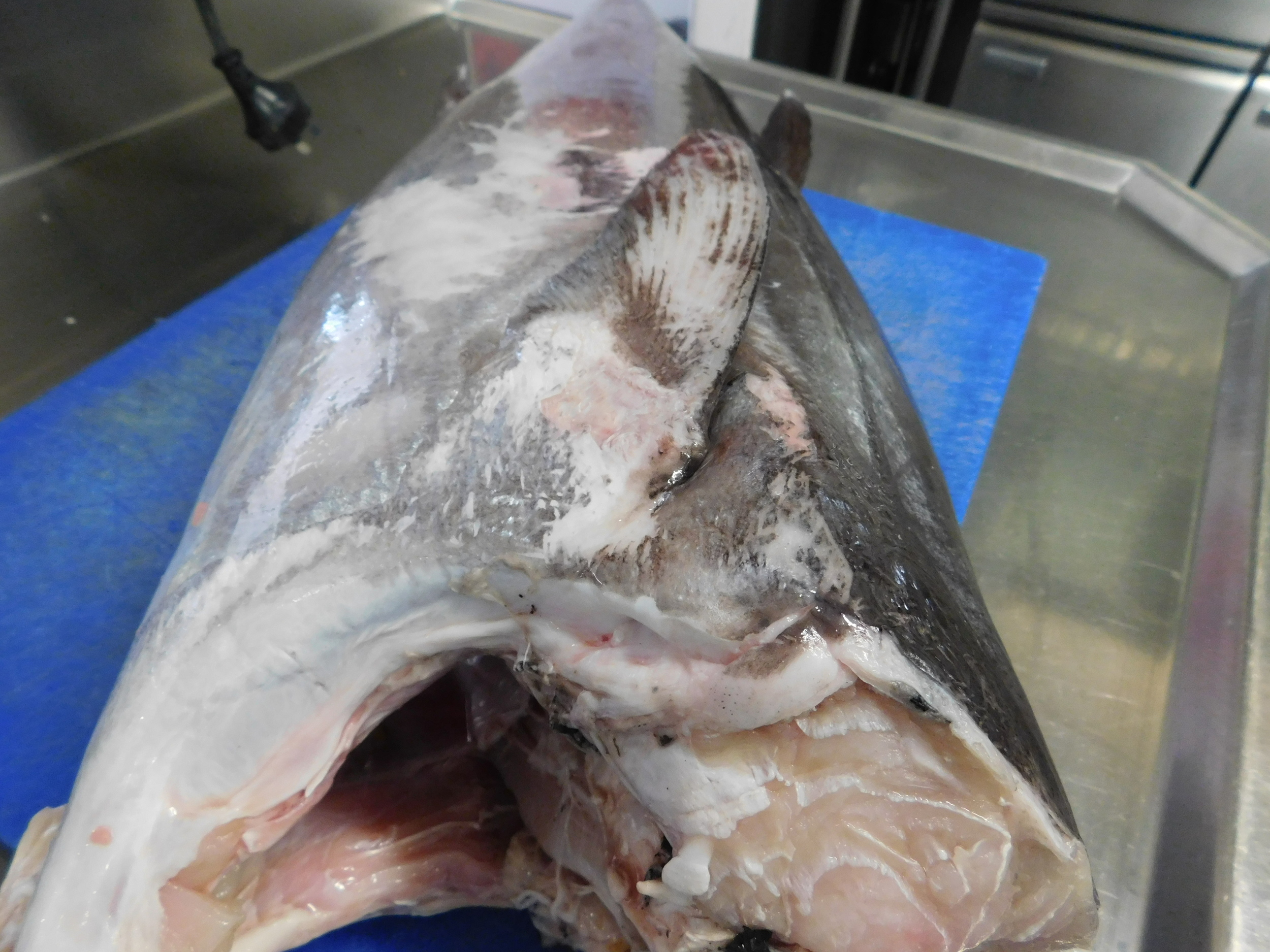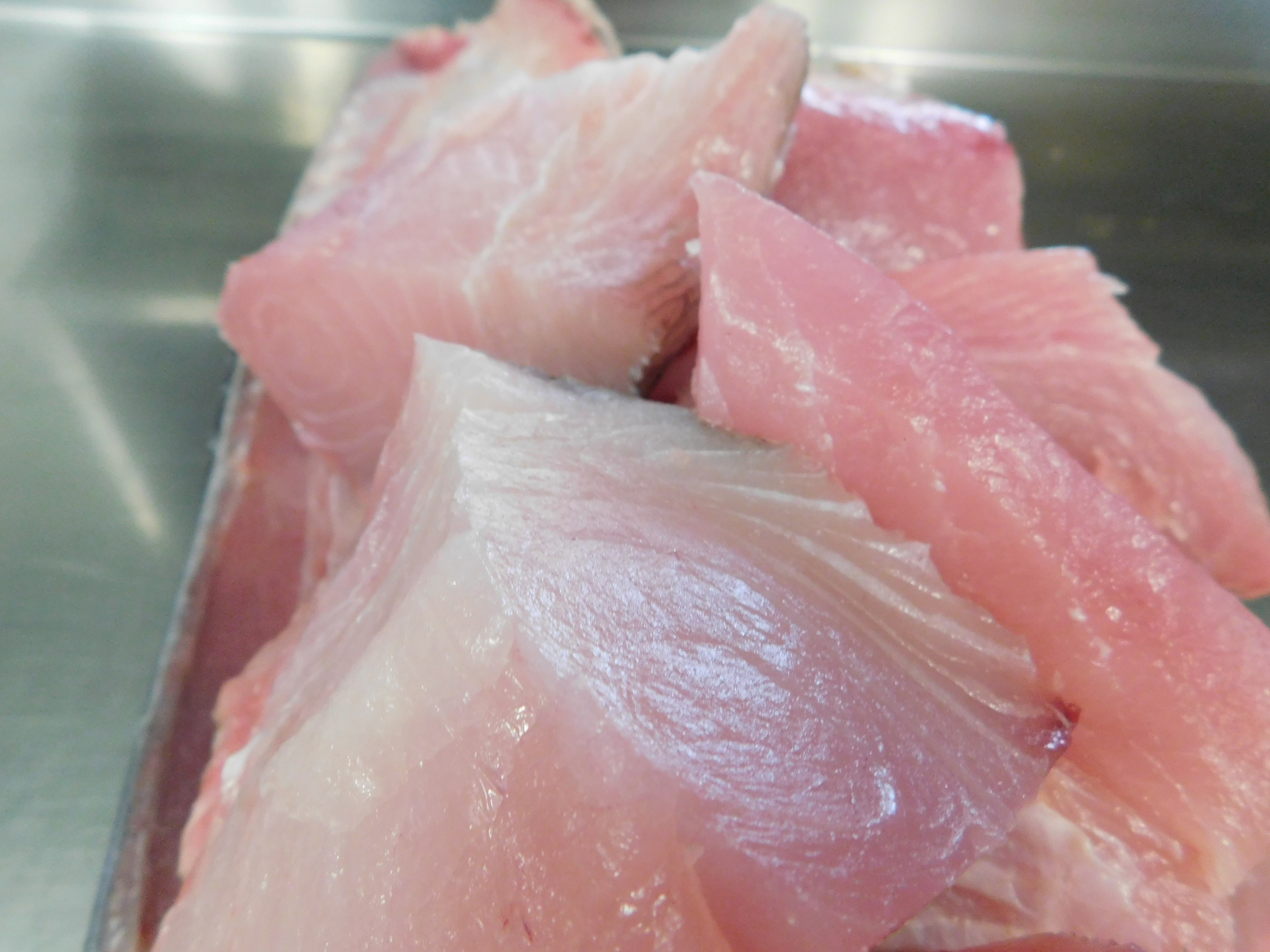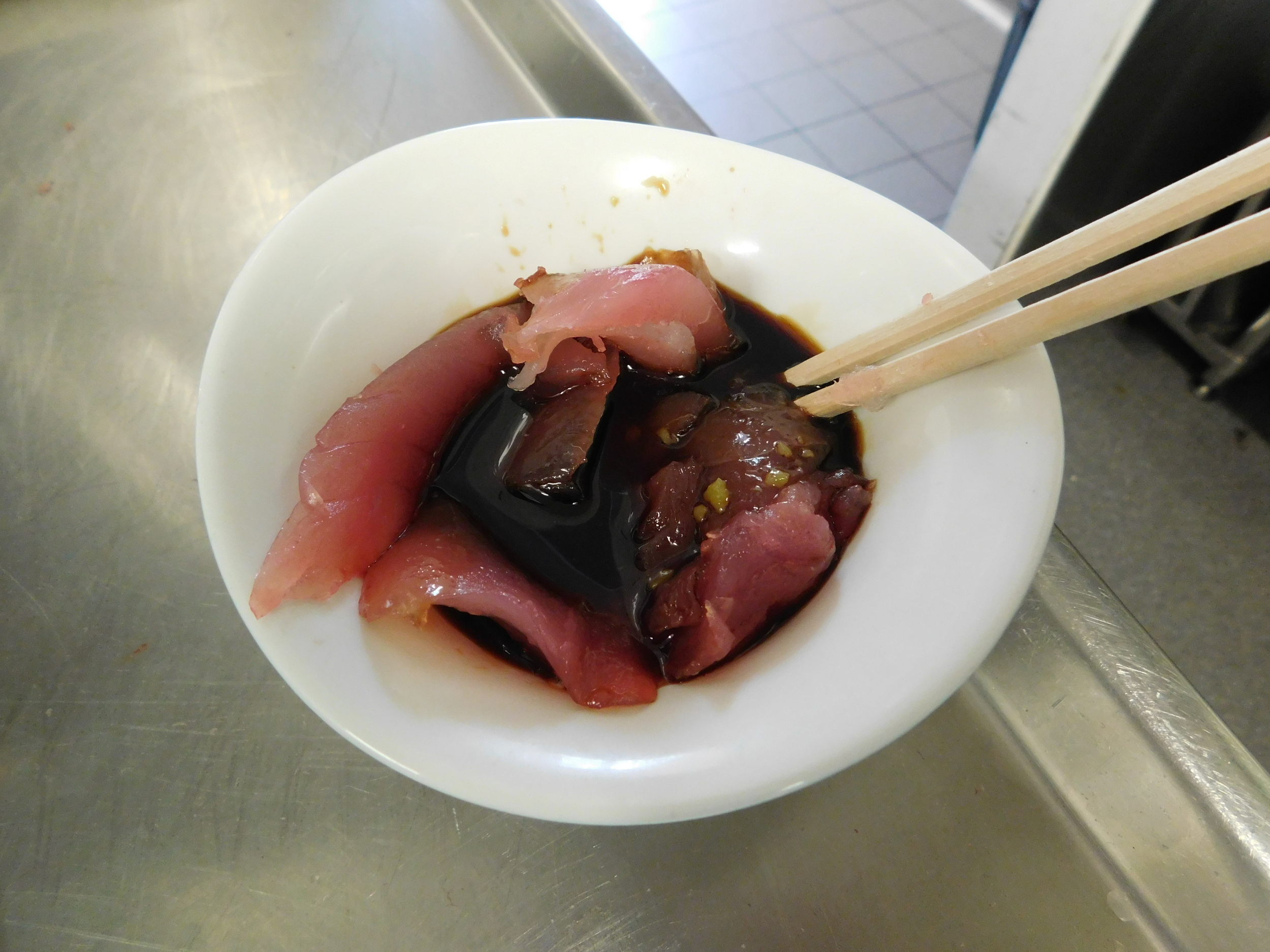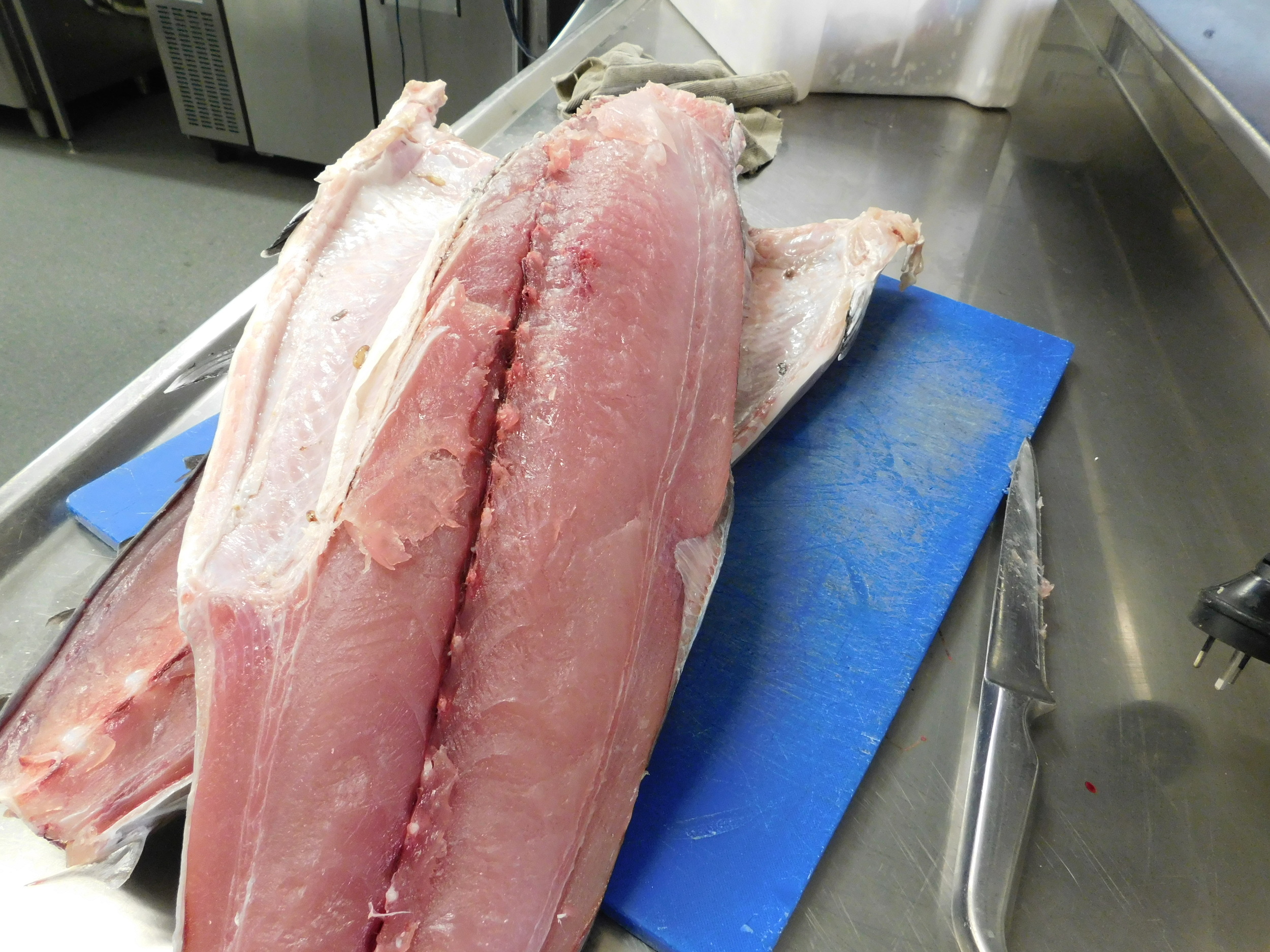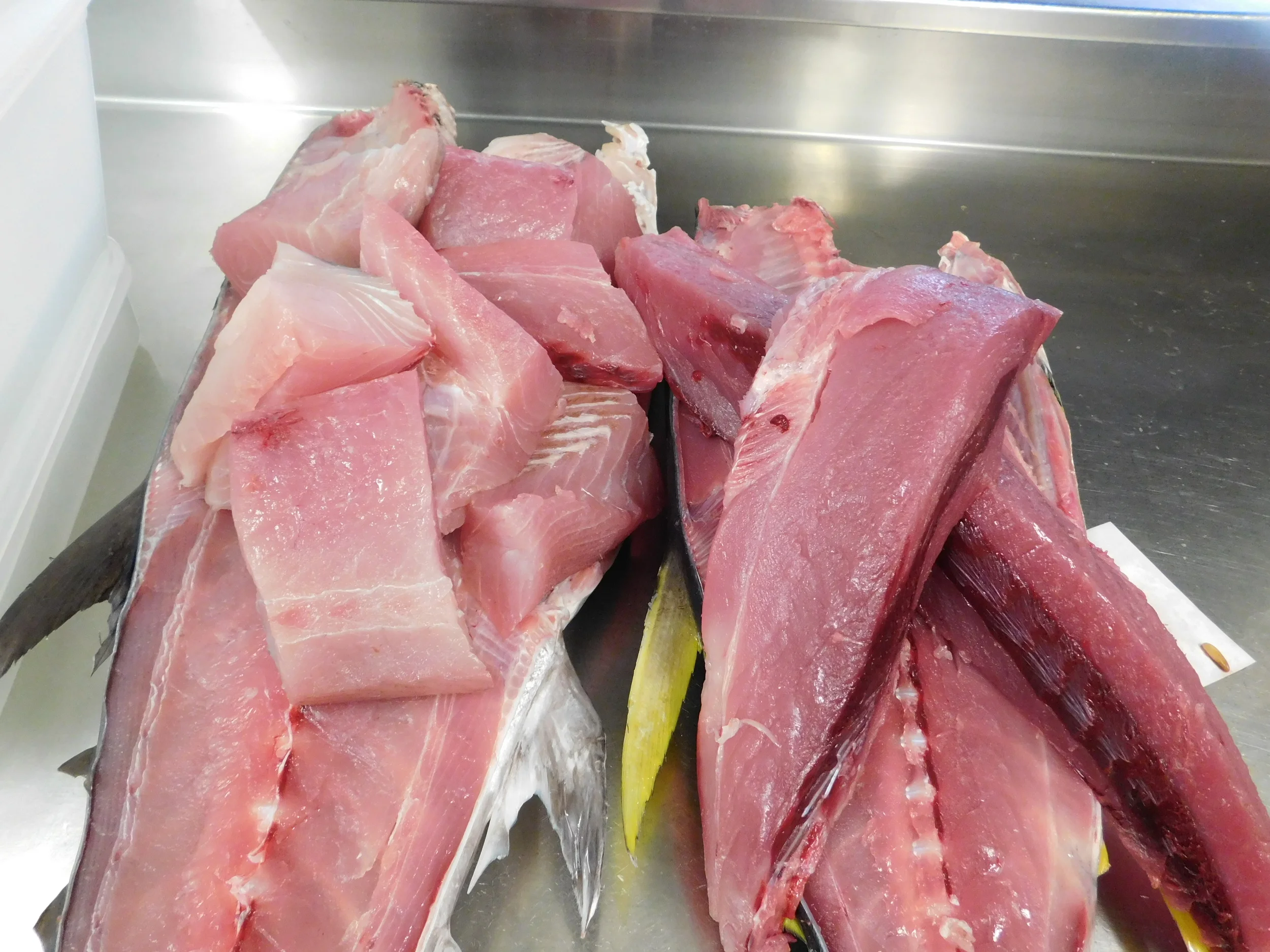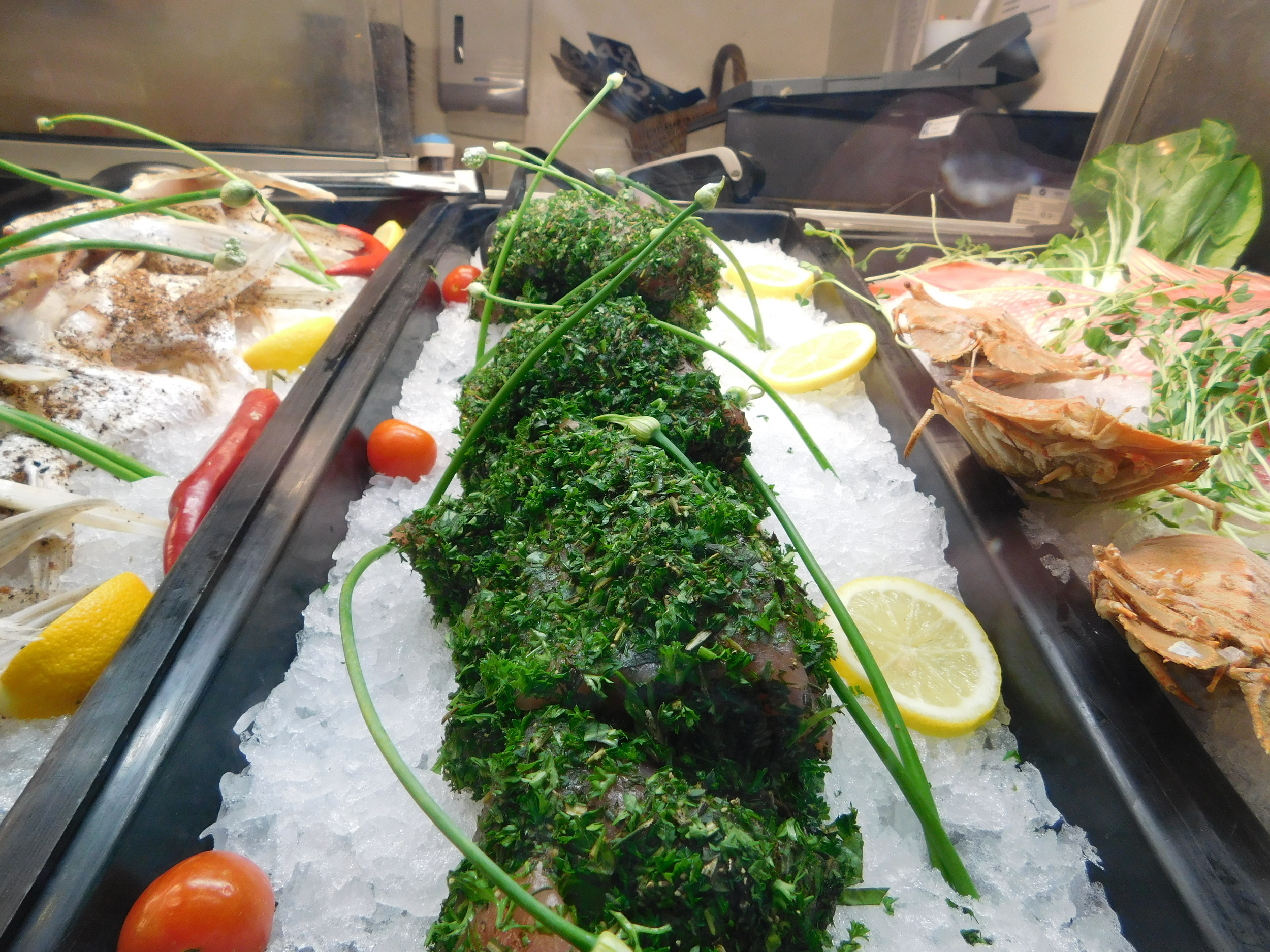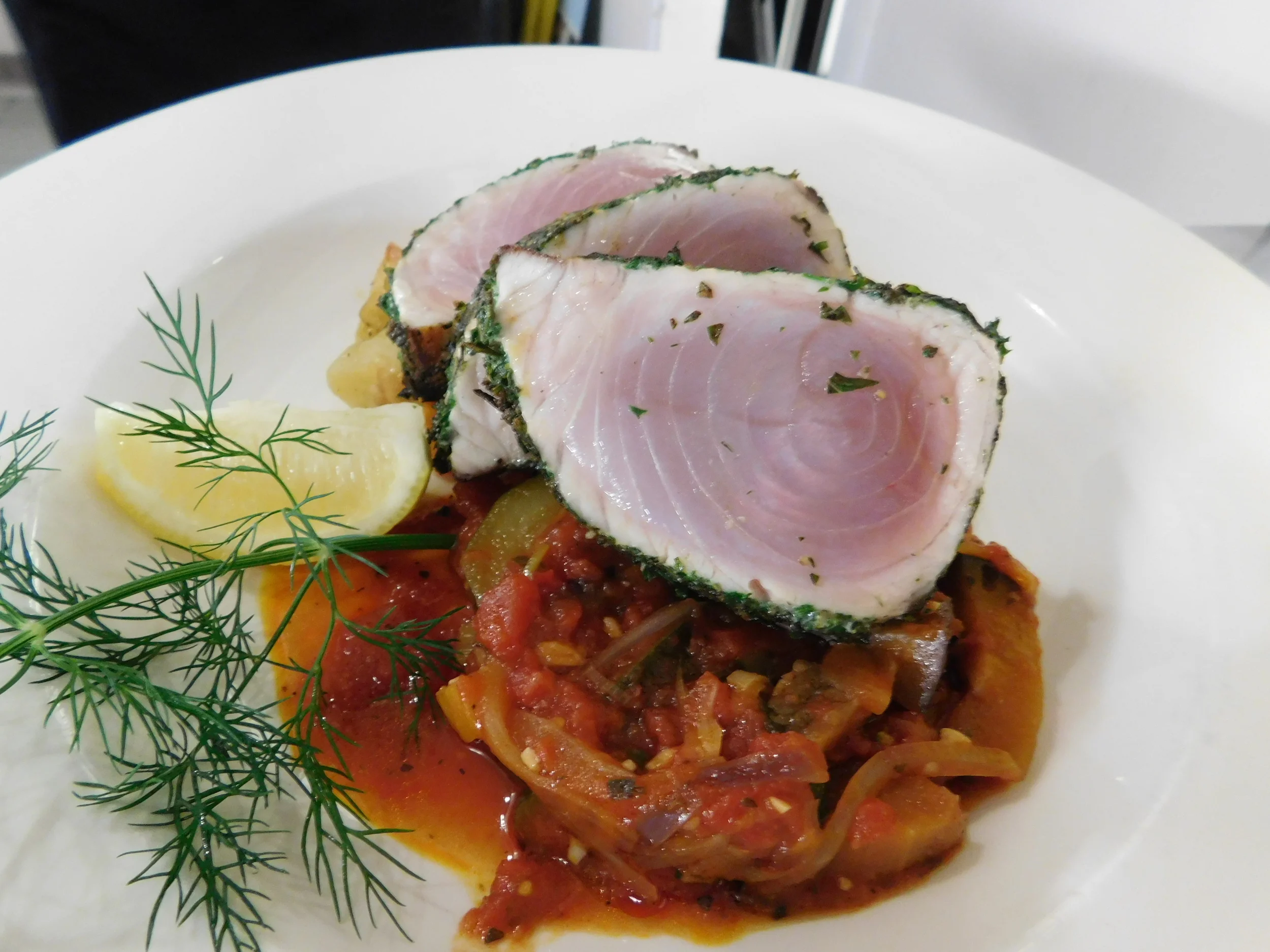Not just any mullet
Much of what I have been writing about has been “plate” rather than “bait” related so though it might be nice to do a little piece about the latter. A favourite this time of year, when the barramundi and threadfin Salmon are “on the chew” is the humble mullet. At times a real challenge to catch with a cast net and at other times easier, one which drives locals crazy is a mullet called a Popeye. These quite amazing little fish swim along together in large schools, holding in shallow bays and along beaches but have the unique (and very frustrating) ability to swim along with their heads out of the water and with their eyes located on top of their heads will watch us coming towards them and always (almost always) manage to stay just far enough away as to be out of range of even the best cast net thrower. Little buggers are amazing. Many, many years of chasing bait in rivers has trained me to be far better than average when it comes to throwing a cast net, and in the right conditions can usually throw one in a perfect circle 5 or 6 meters in front of me, and on the run. A pretty unique skill, and still, most of the time, the nearest Popeye will still be a meter of so outside of range. Every now and then, if I have a good strong wind at my back, I can outsmart them and throw a net 8 meters and pick off the odd few, while most still keep out of range. Smug little buggers. Almost as soon as the cast net hits the water they stop fleeing and settle in schools, back within a few meters. They are the fish equivalent of crows. It is almost more gratifying when I outsmart (outsmart a fish…how sad) a few then actually catching the Barramundi I upgrade them to. Our regular “poddy mullet” is a much easier target and plain dumb compared to Popeye’s and I have taken a few photos so you can see the district difference. What is of concern this time of the year when we are chasing mullet for Barra bait is the large numbers of very large Box Jellyfish in the river, not to mention the crocodiles I saw, 2 sharks I caught and the little stonefish I caught in the cast net: all that was missing was a sea snake to complete an episode of Australia's most deadly. More boxies in the river than I have ever seen and testimony to the fact we need some serious rain, and soon, to wash them out. As to turning the bait, into something for the plate a tank full of "livies" is just about a sure thing. The river is fishing as well as I have ever seen it. Huge numbers of threadfin feeding along the bank edges towards the bottom of the tide and the barramundi feeding on the first push of the run in tide. It is all about tides where I fish the river and the tides right at the end of Feb and first few days of March are crackers. See you on the river.
